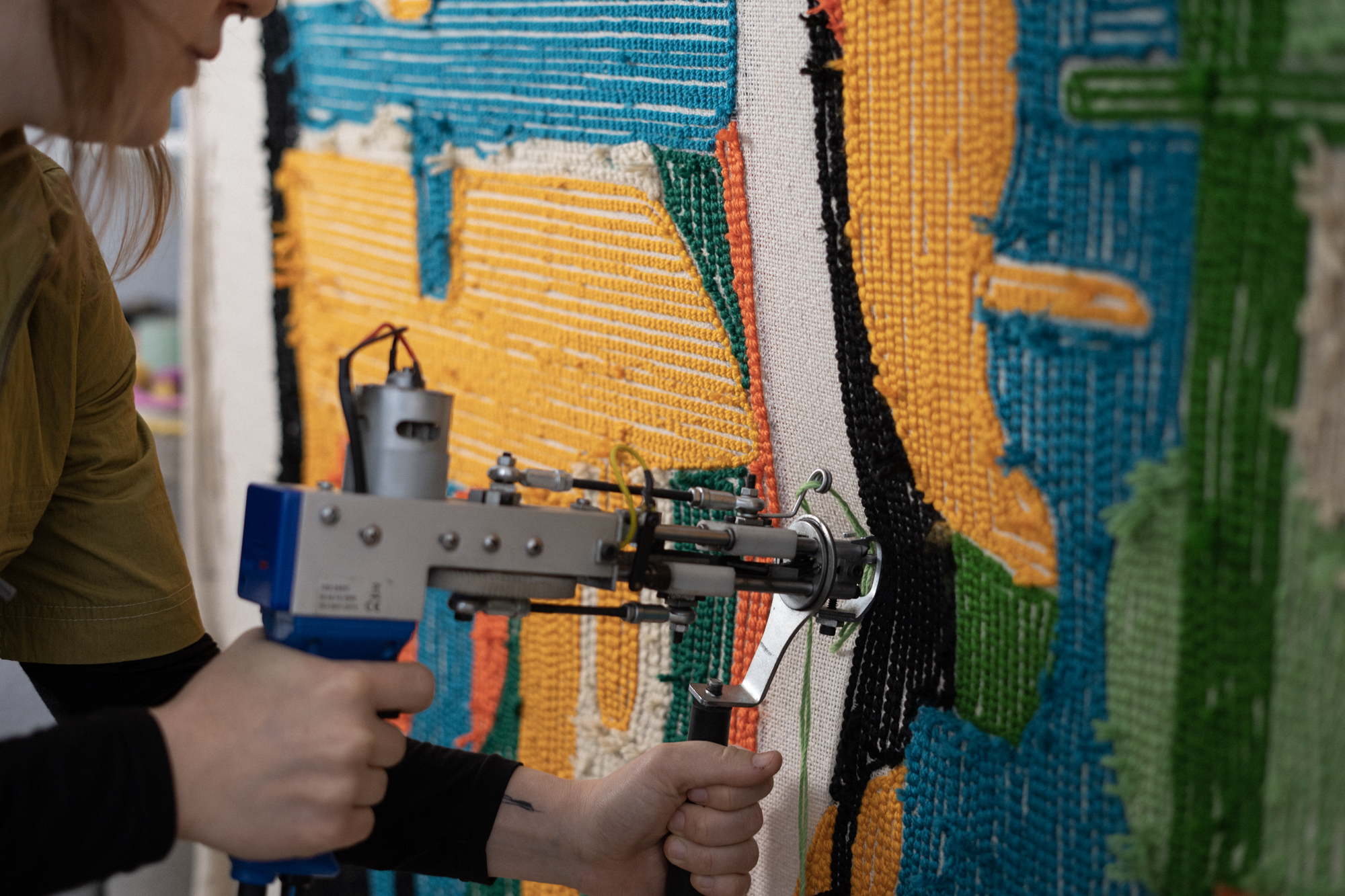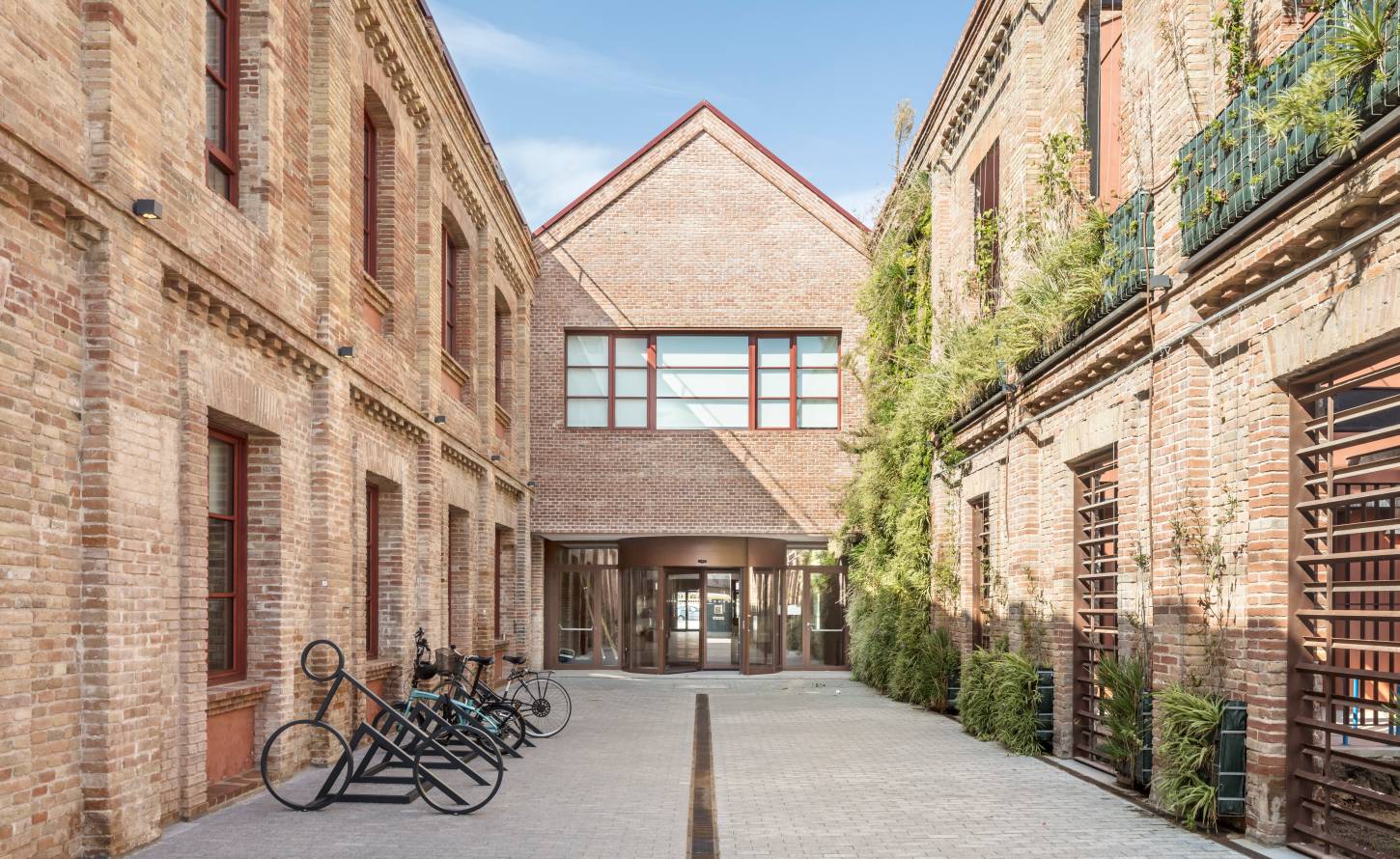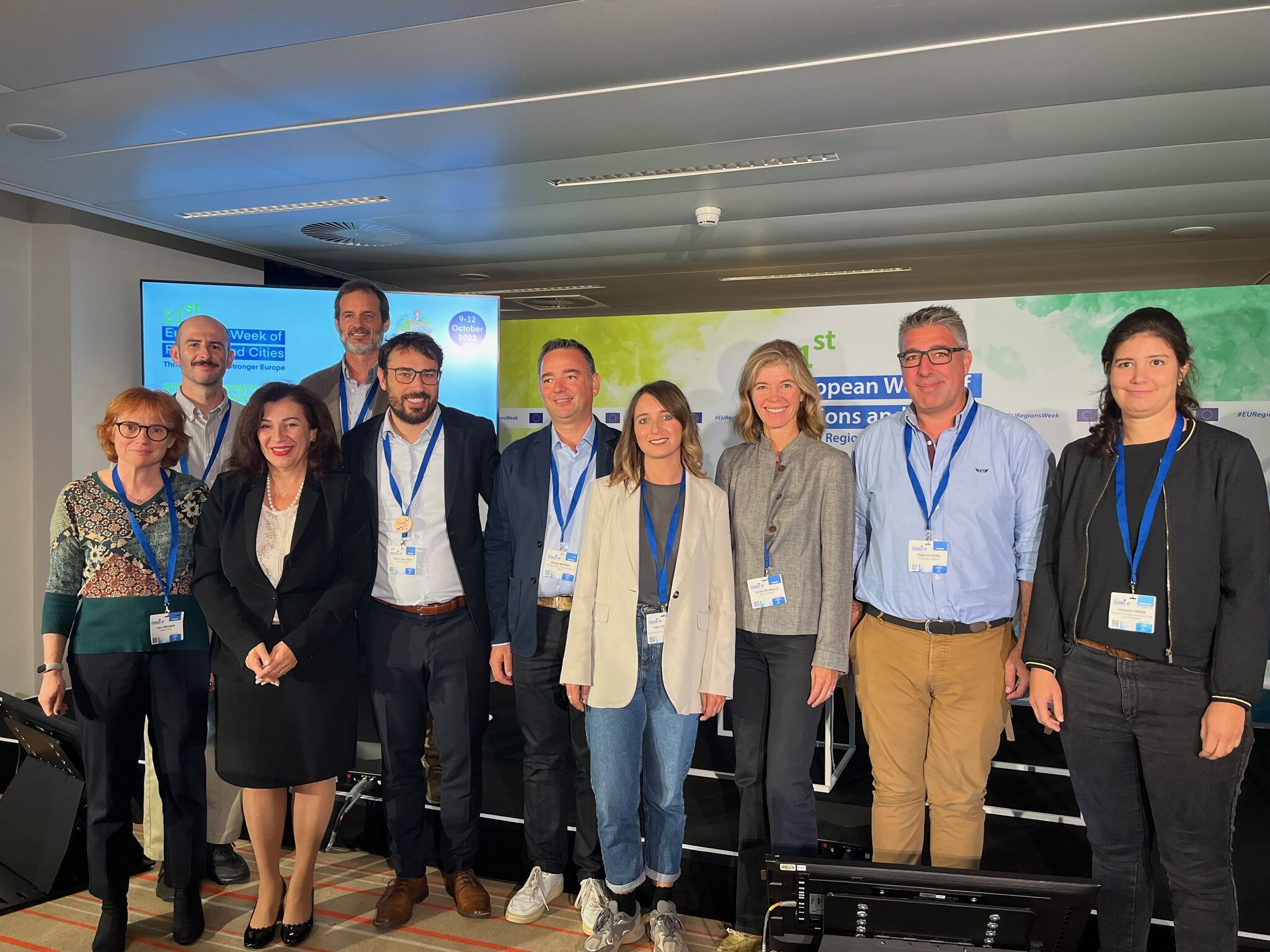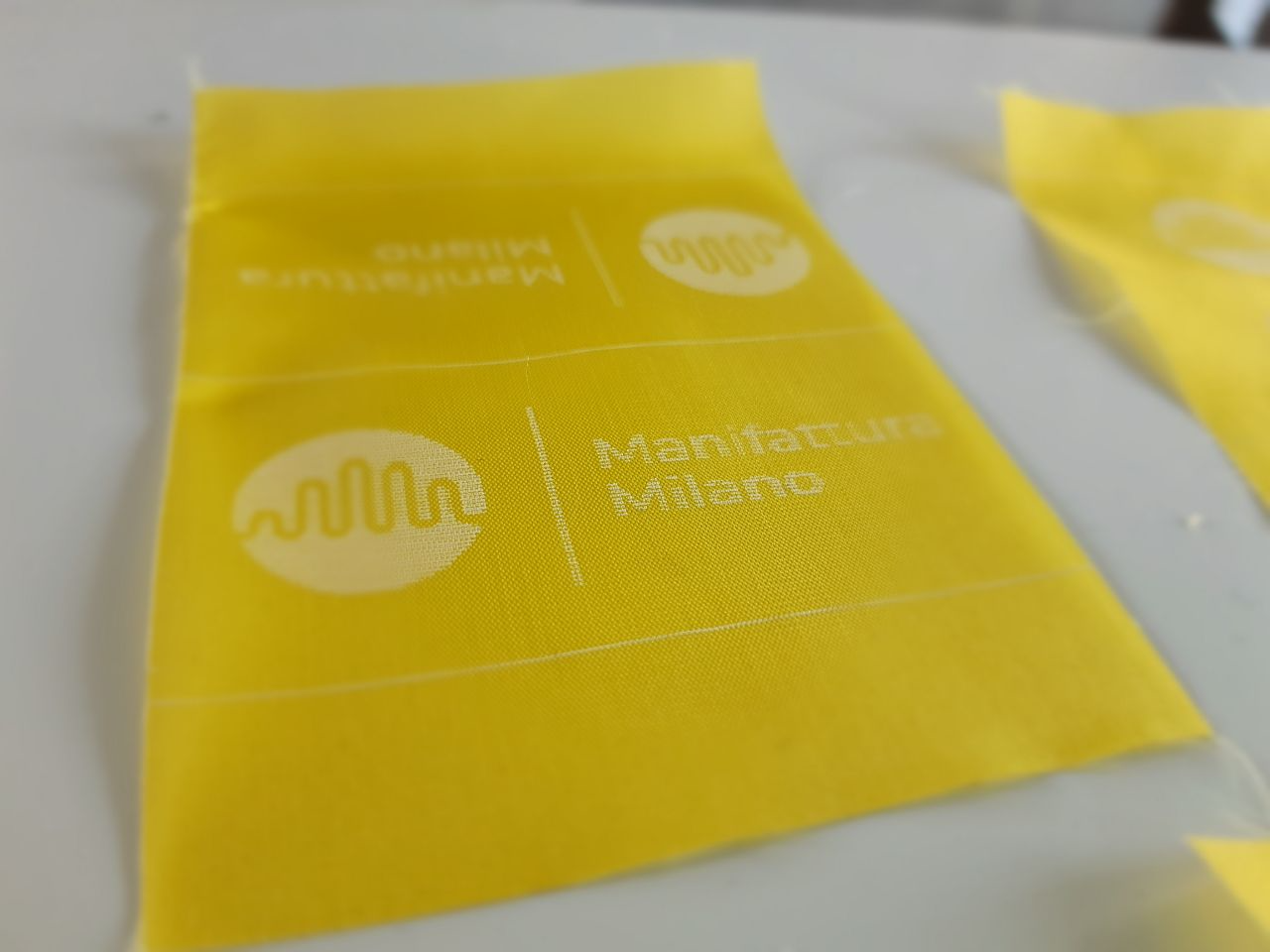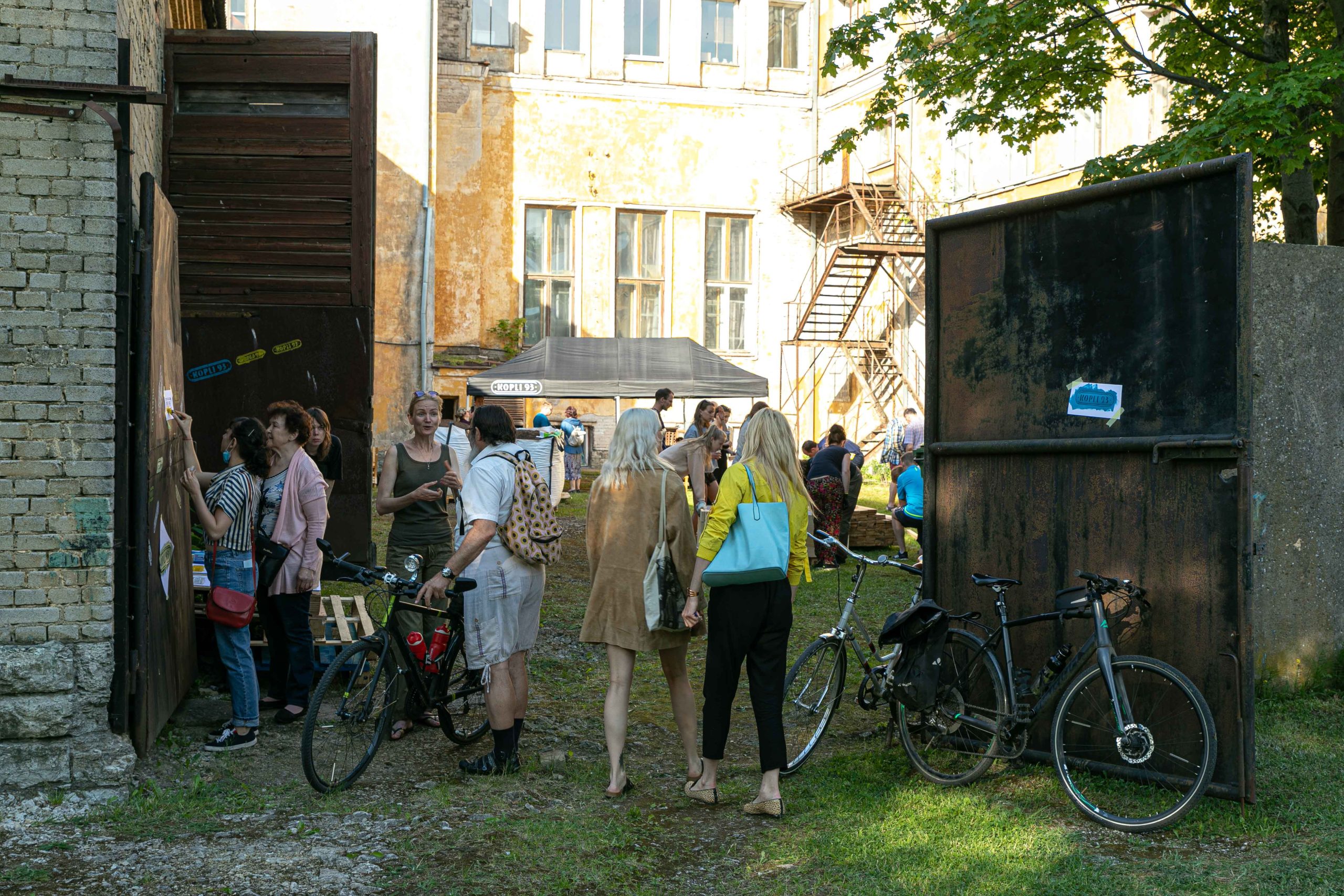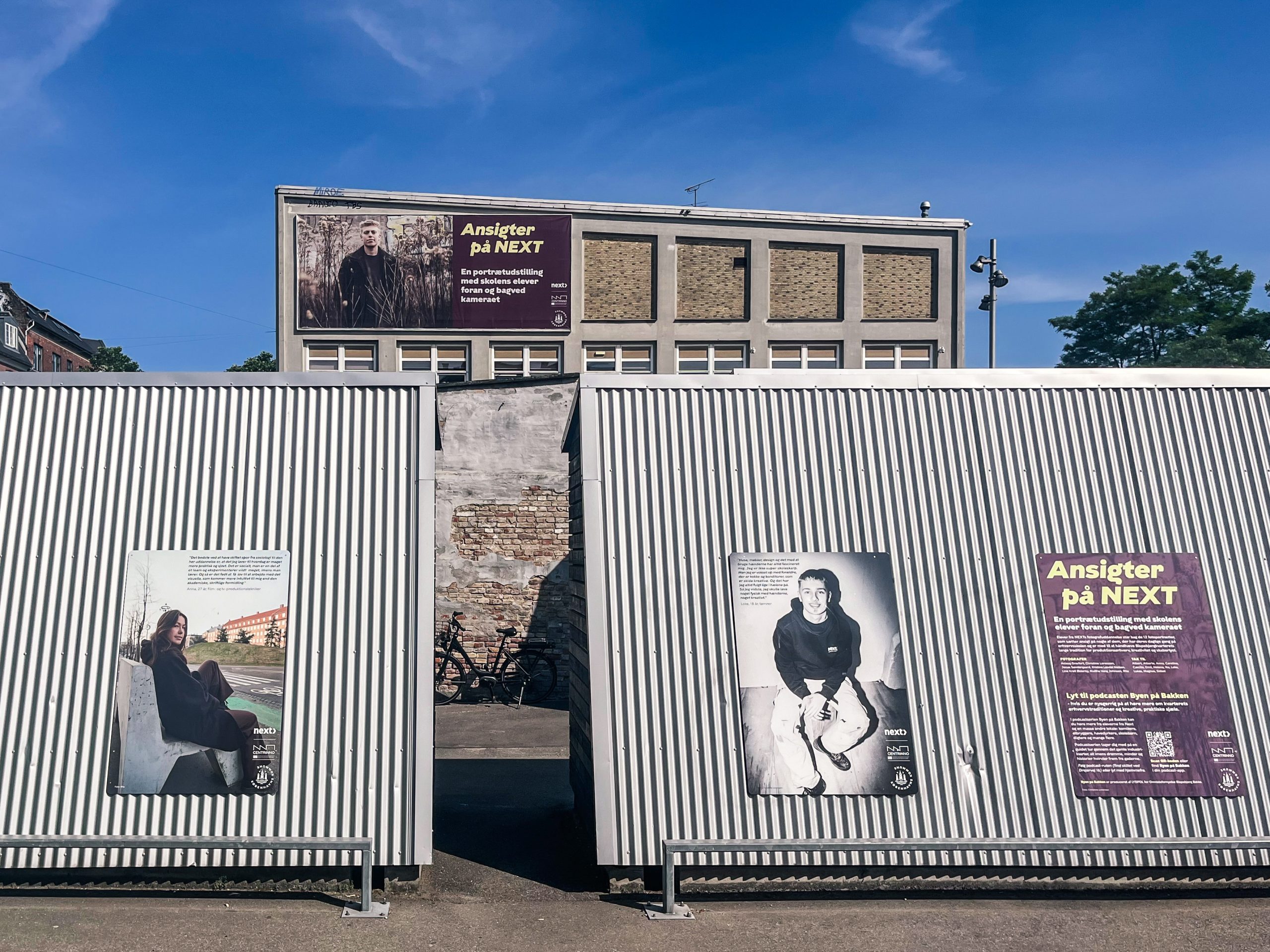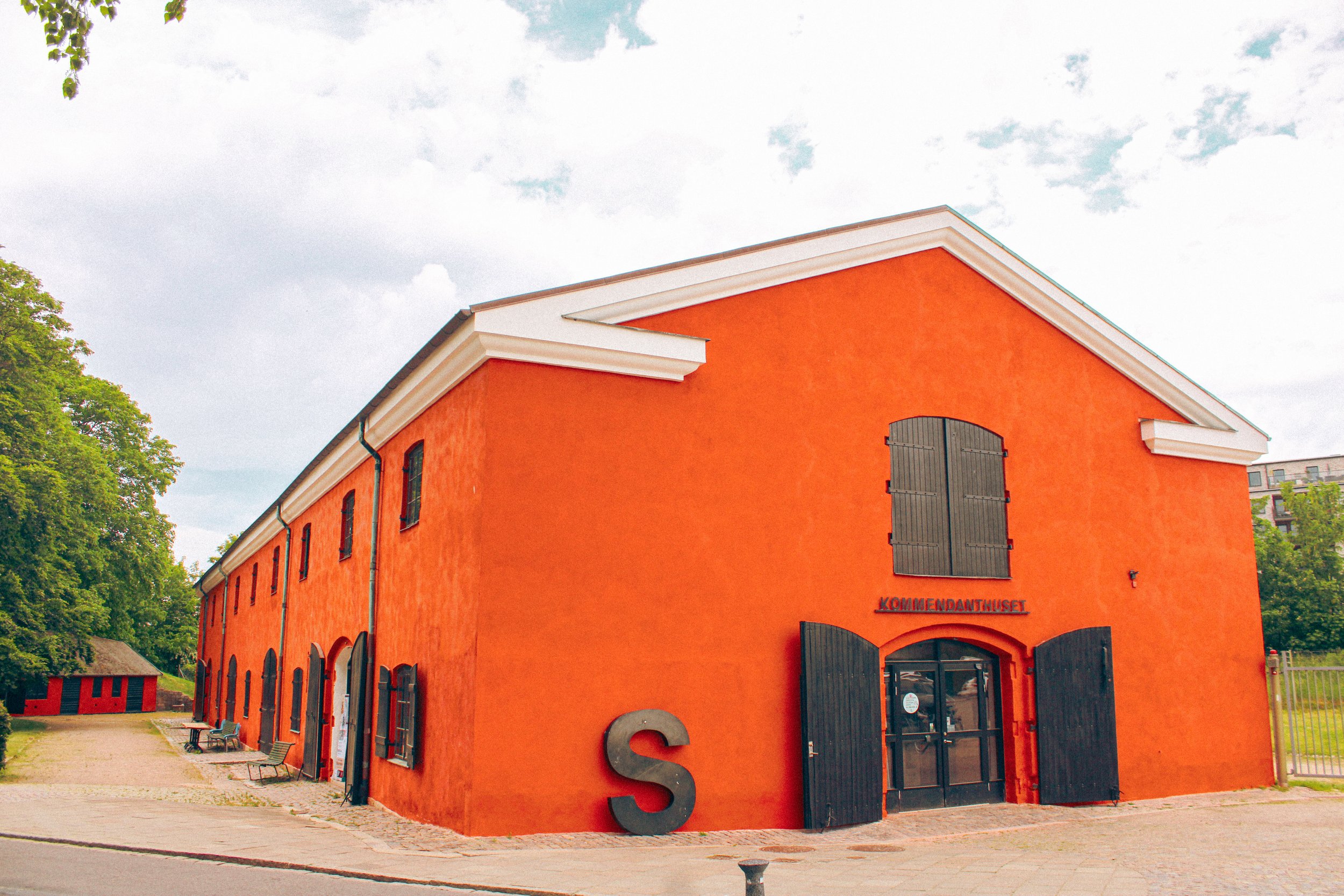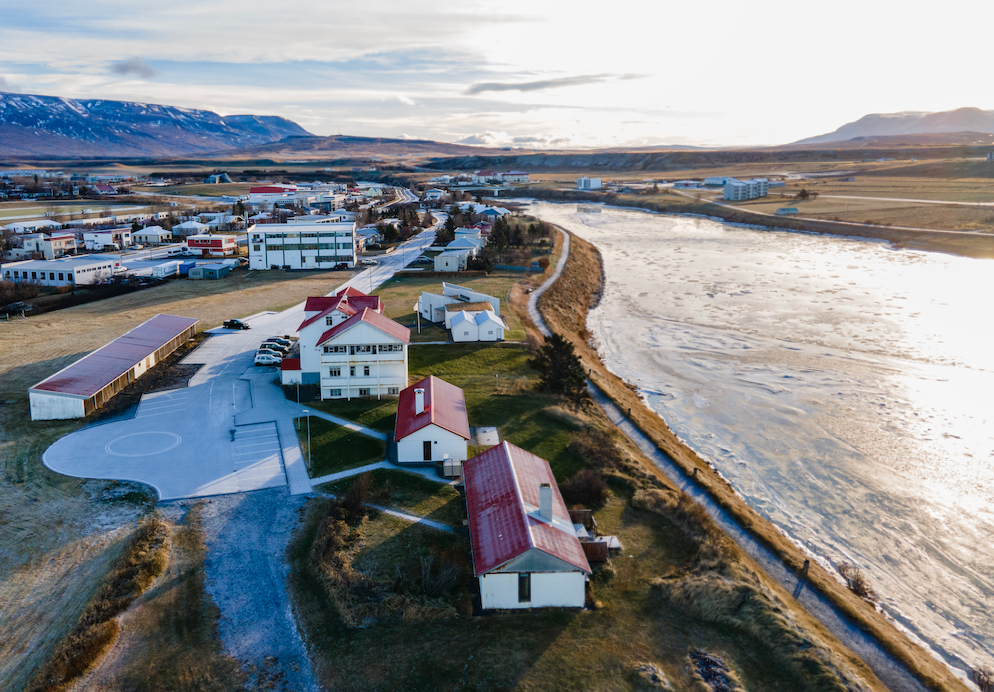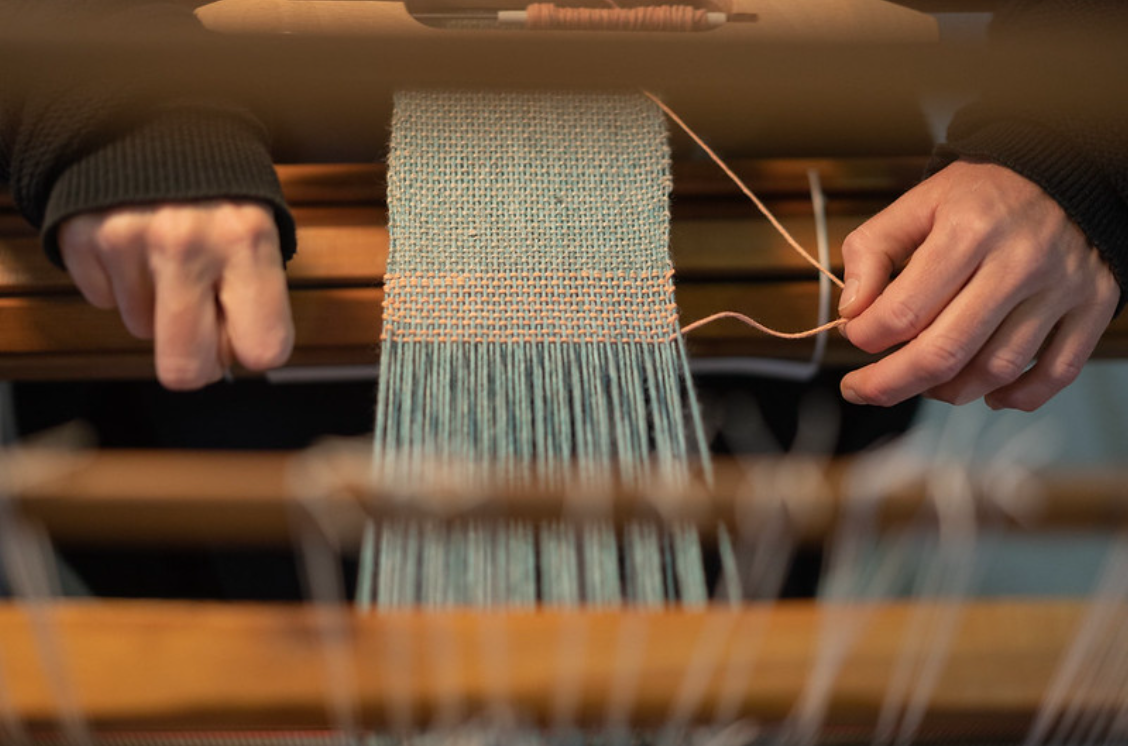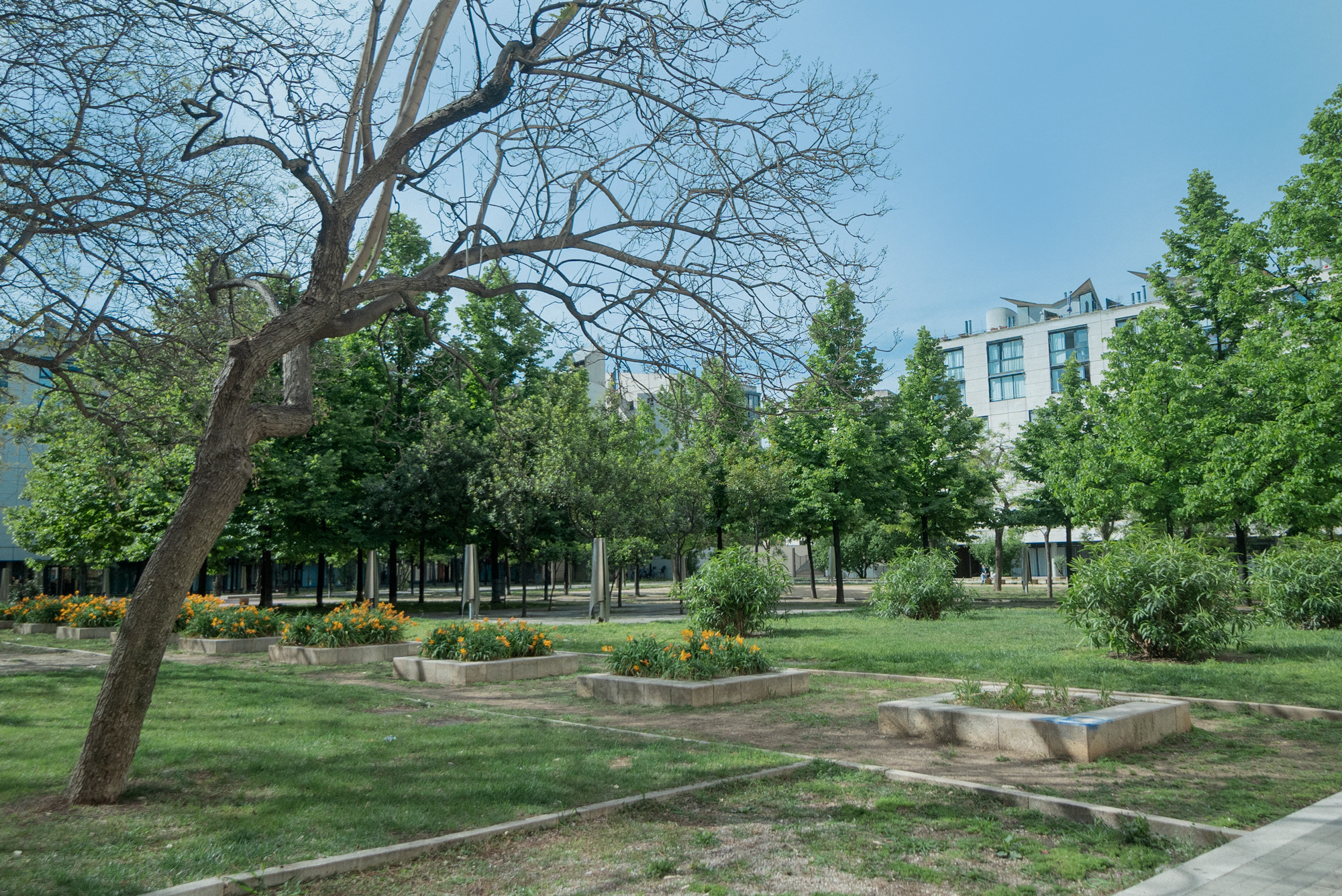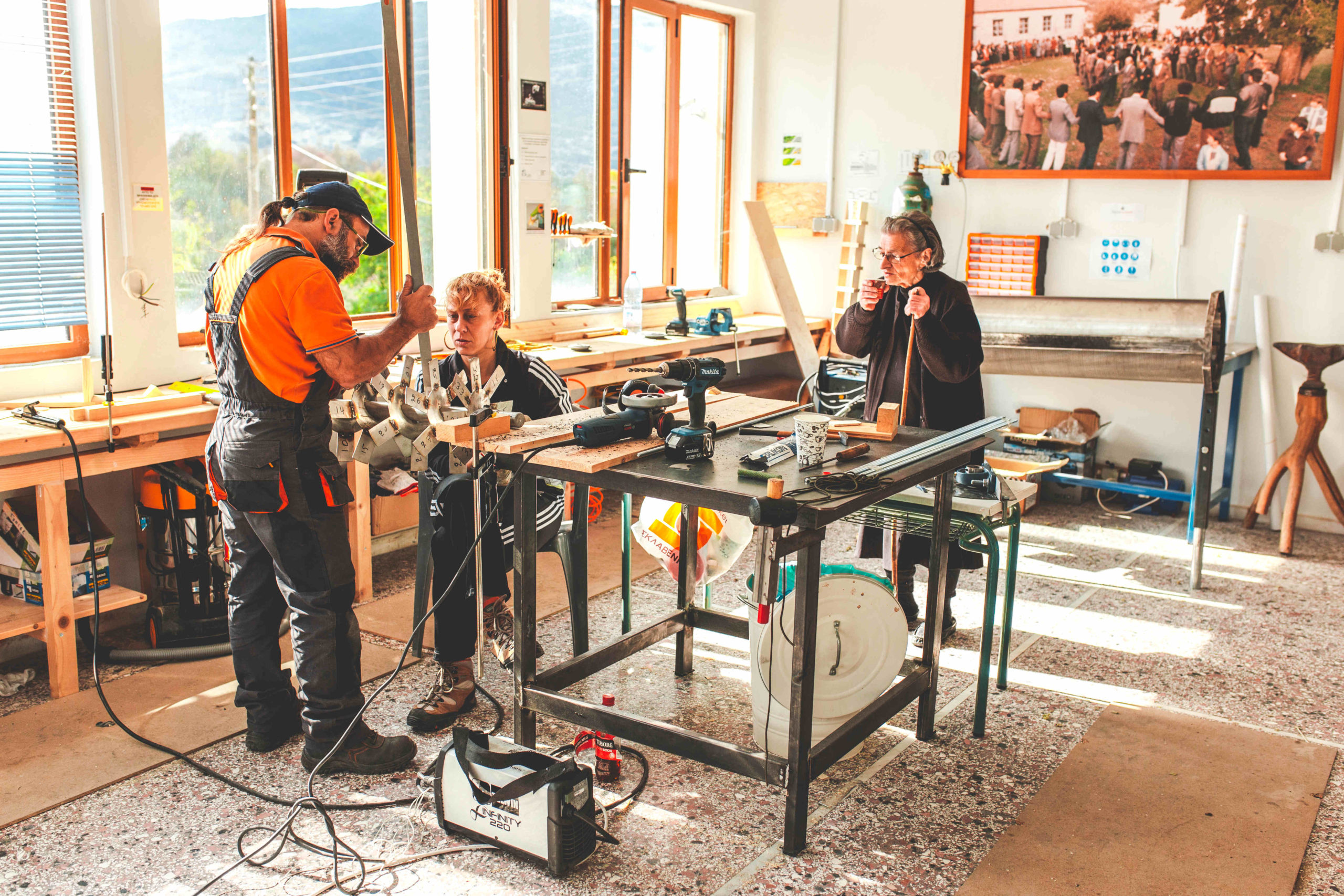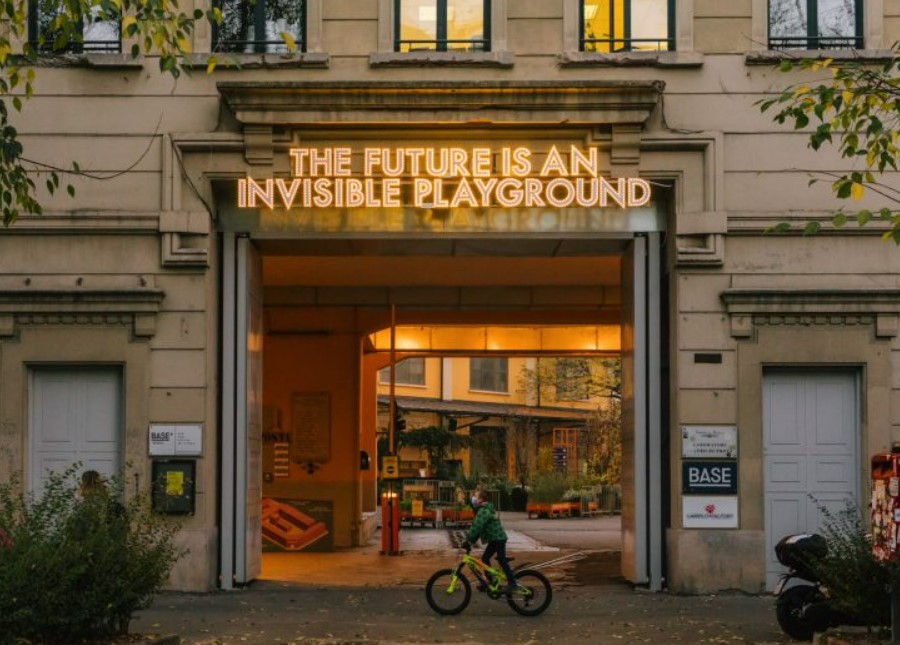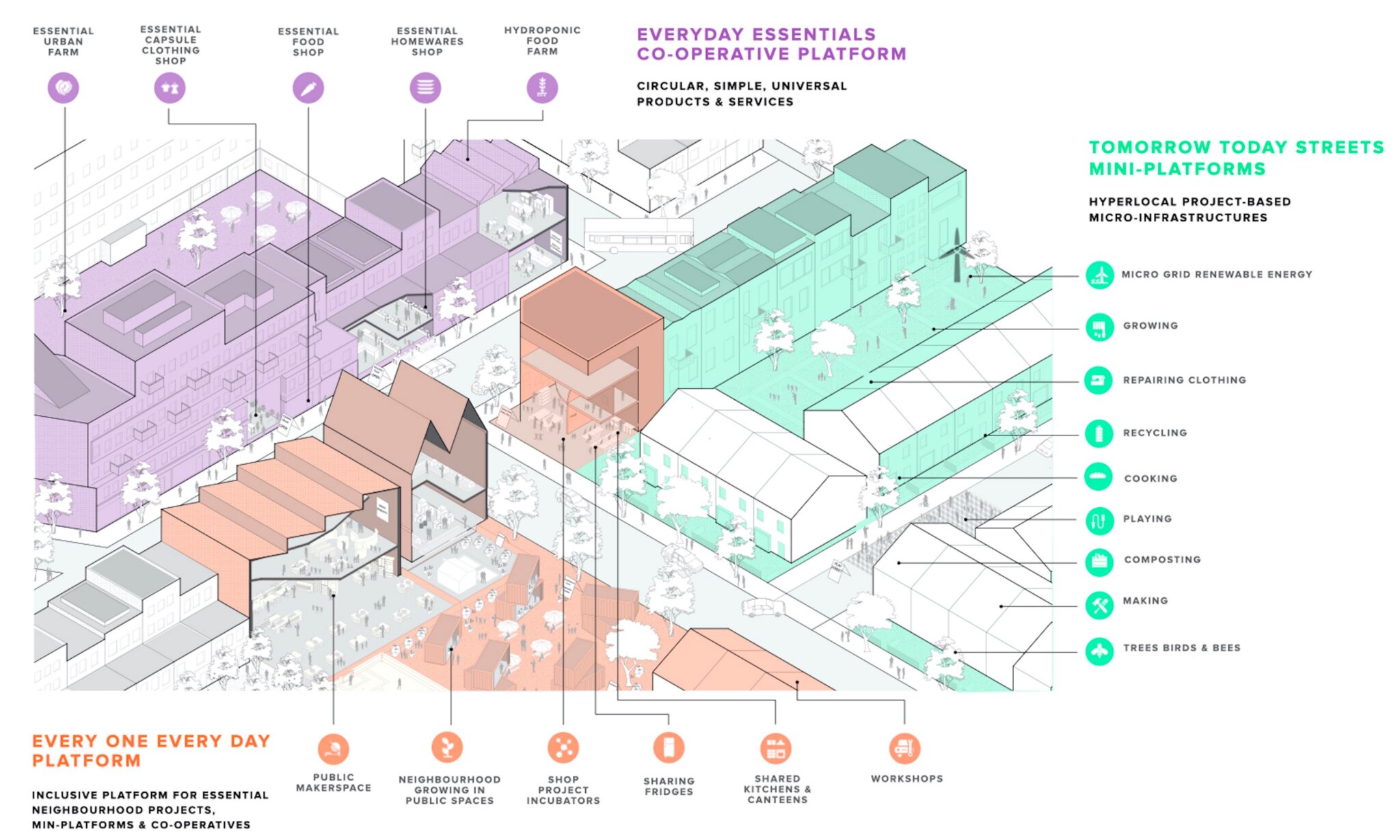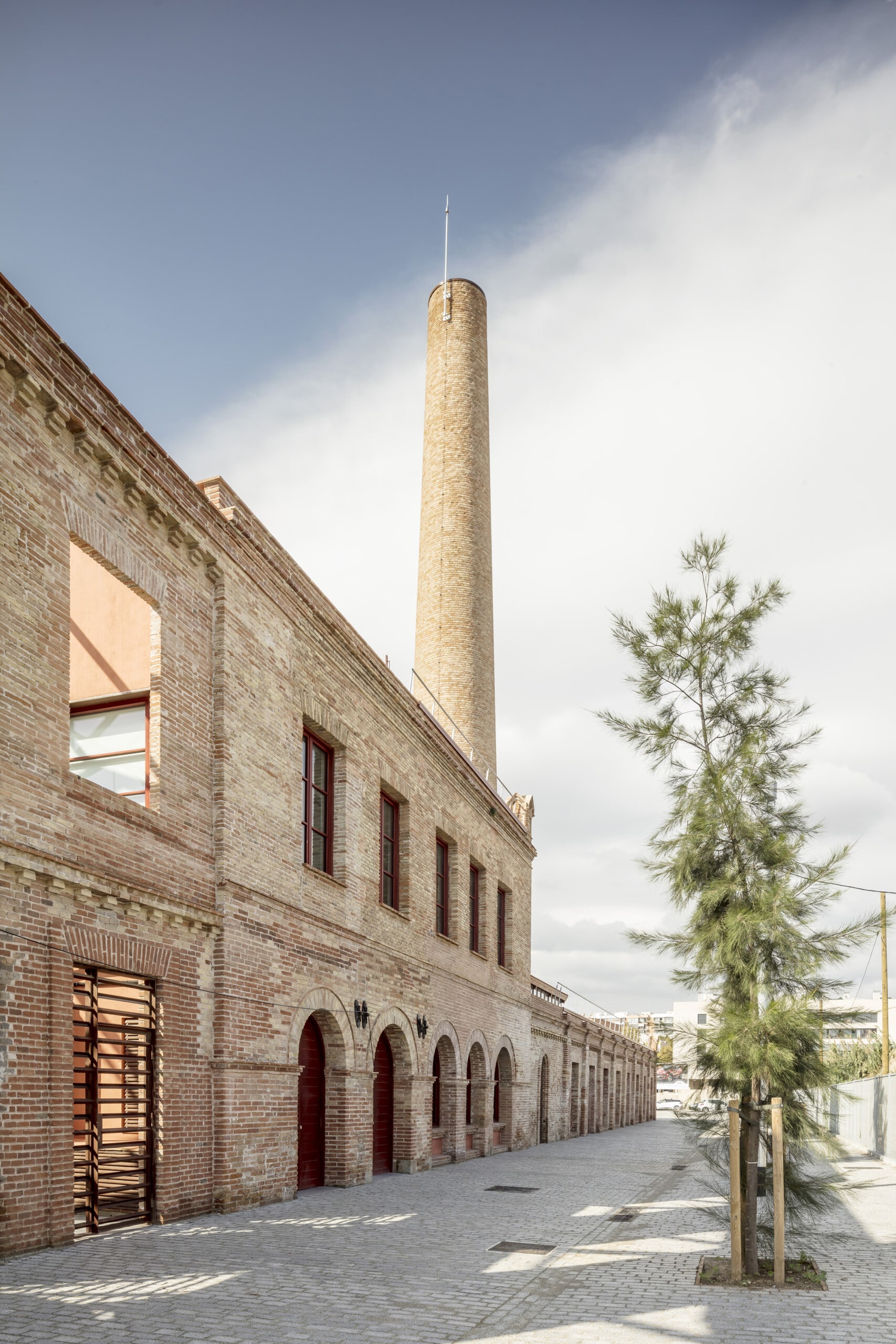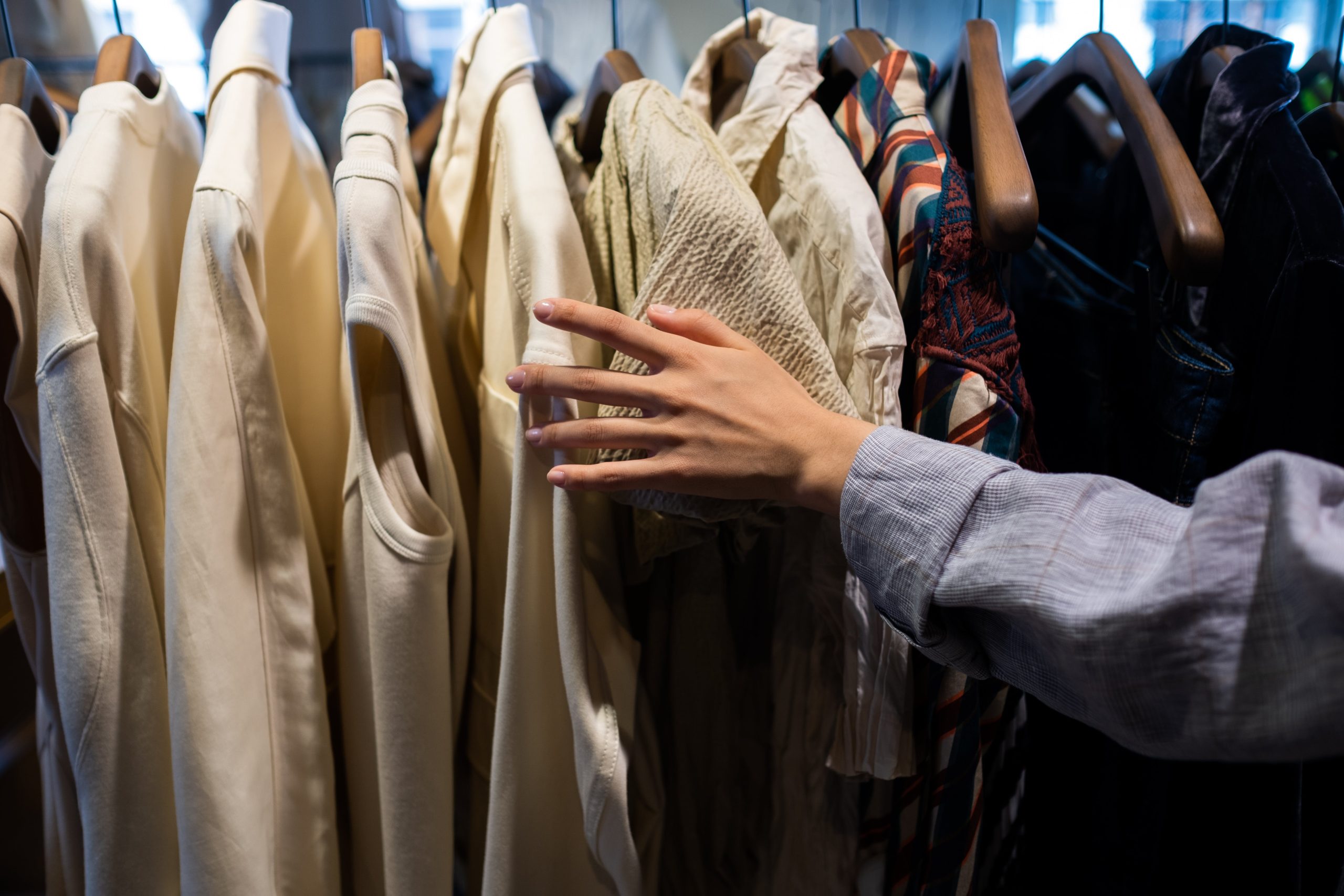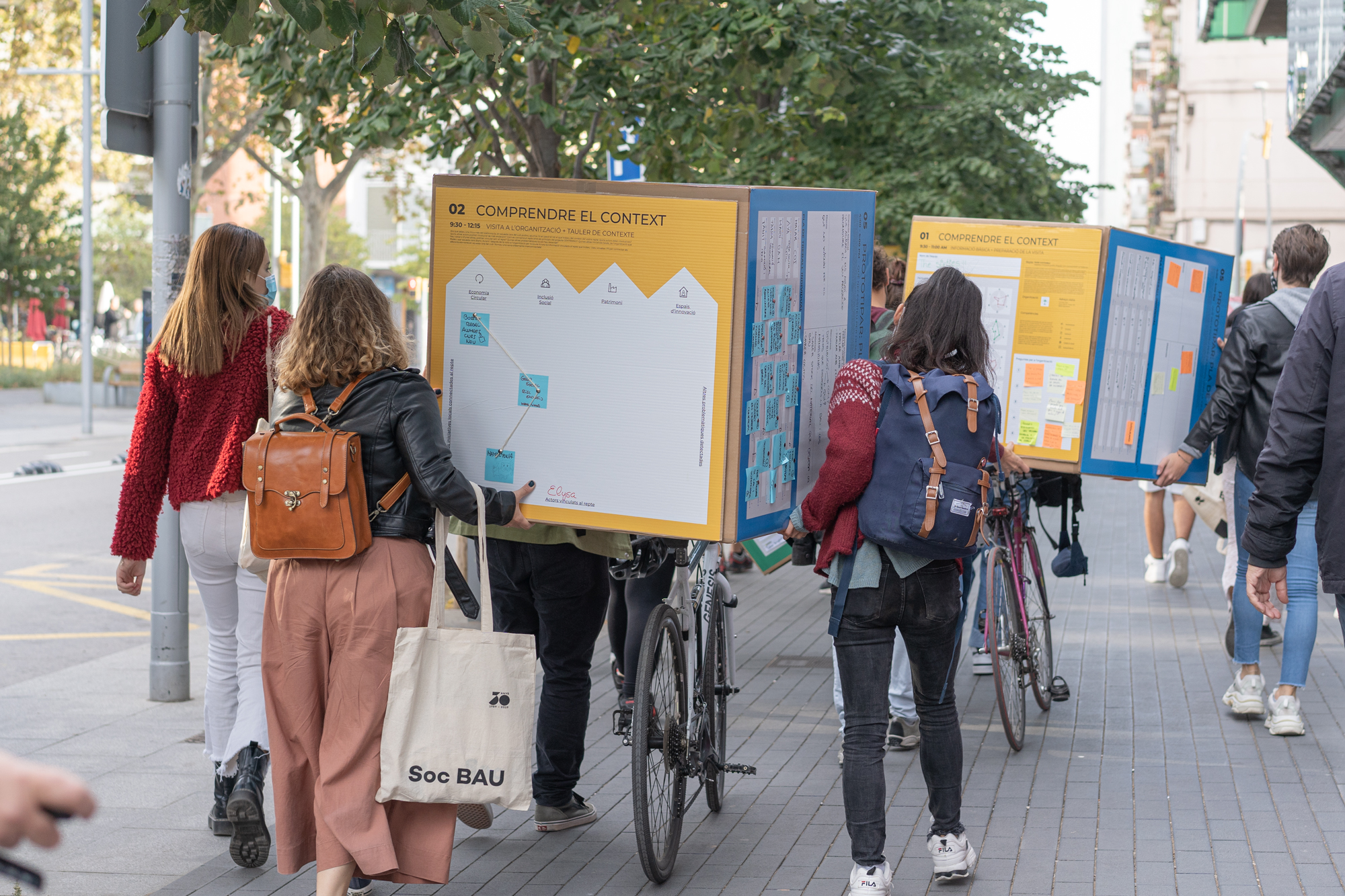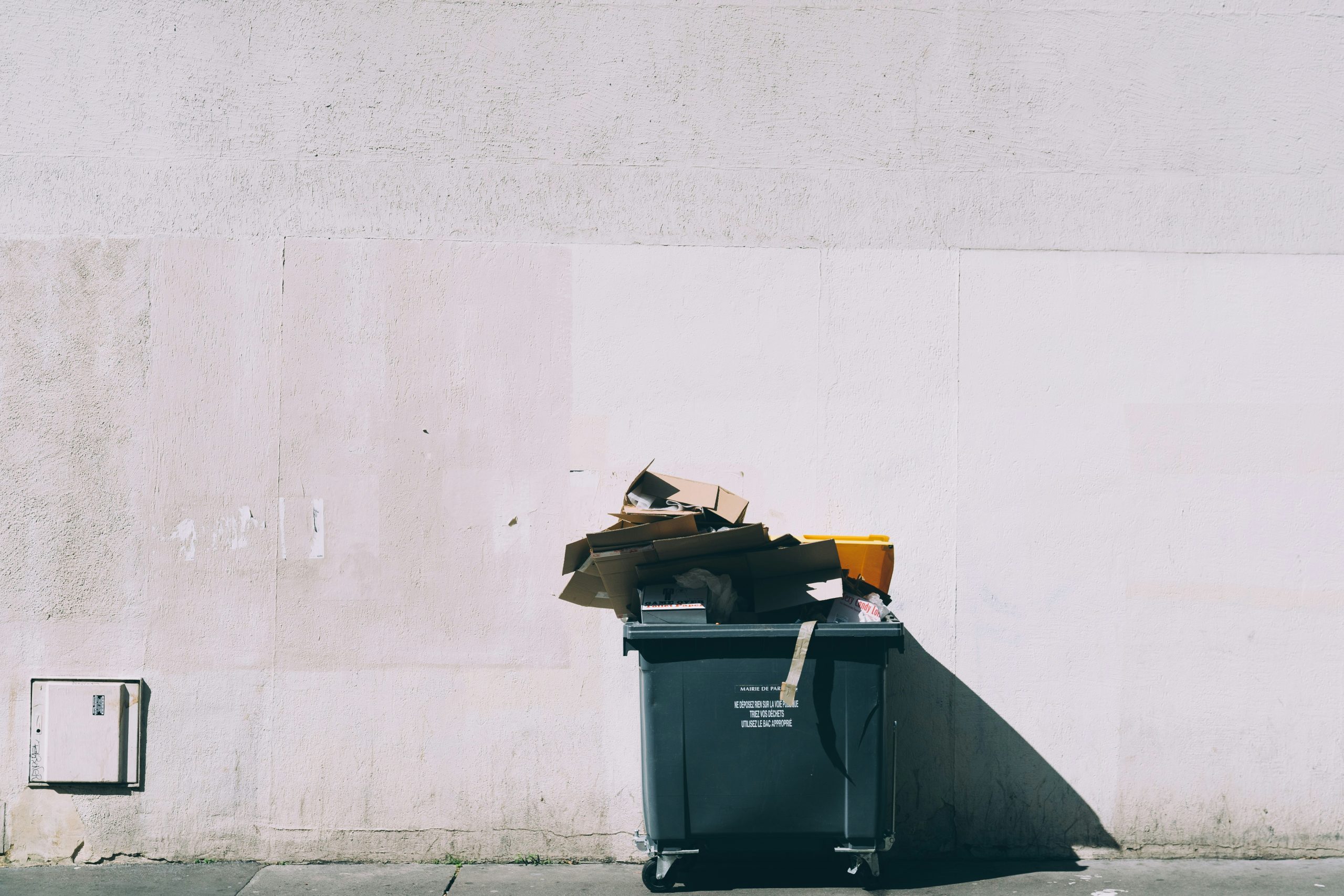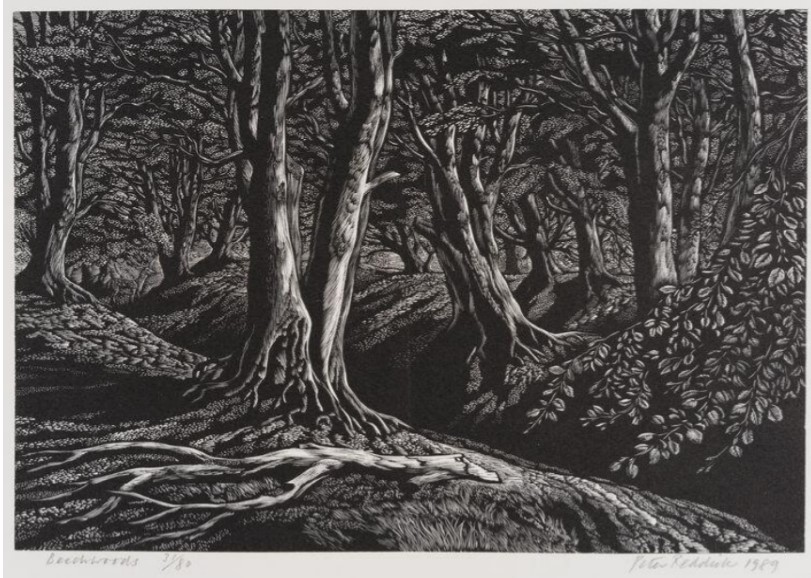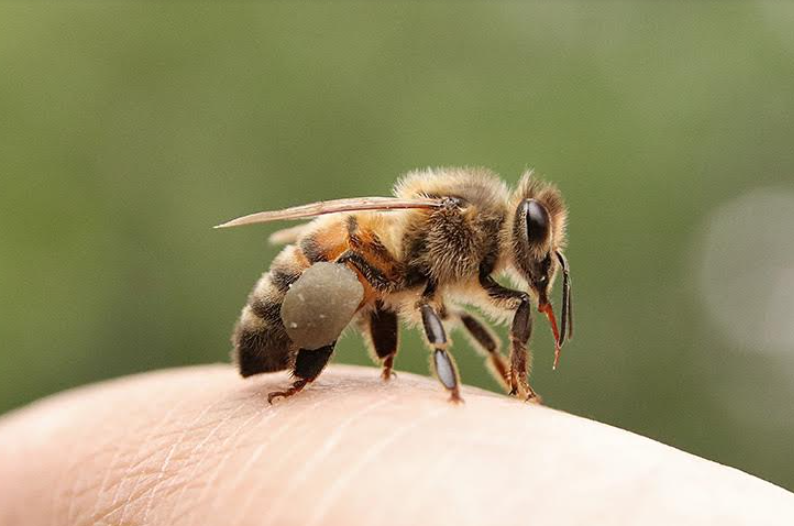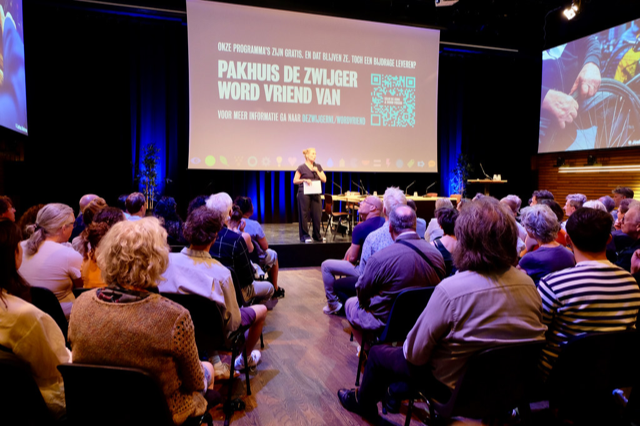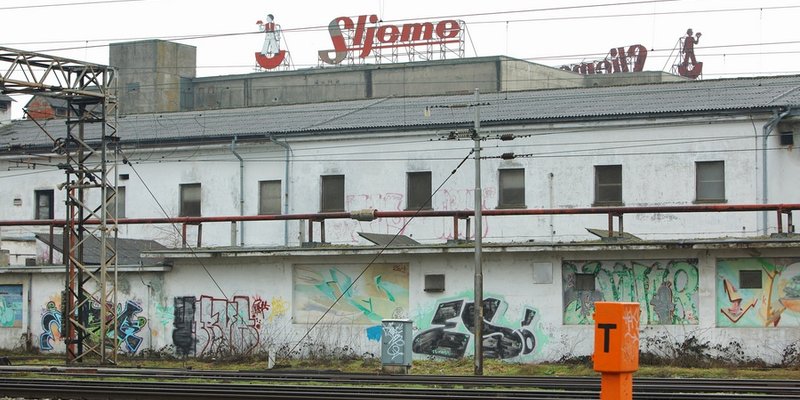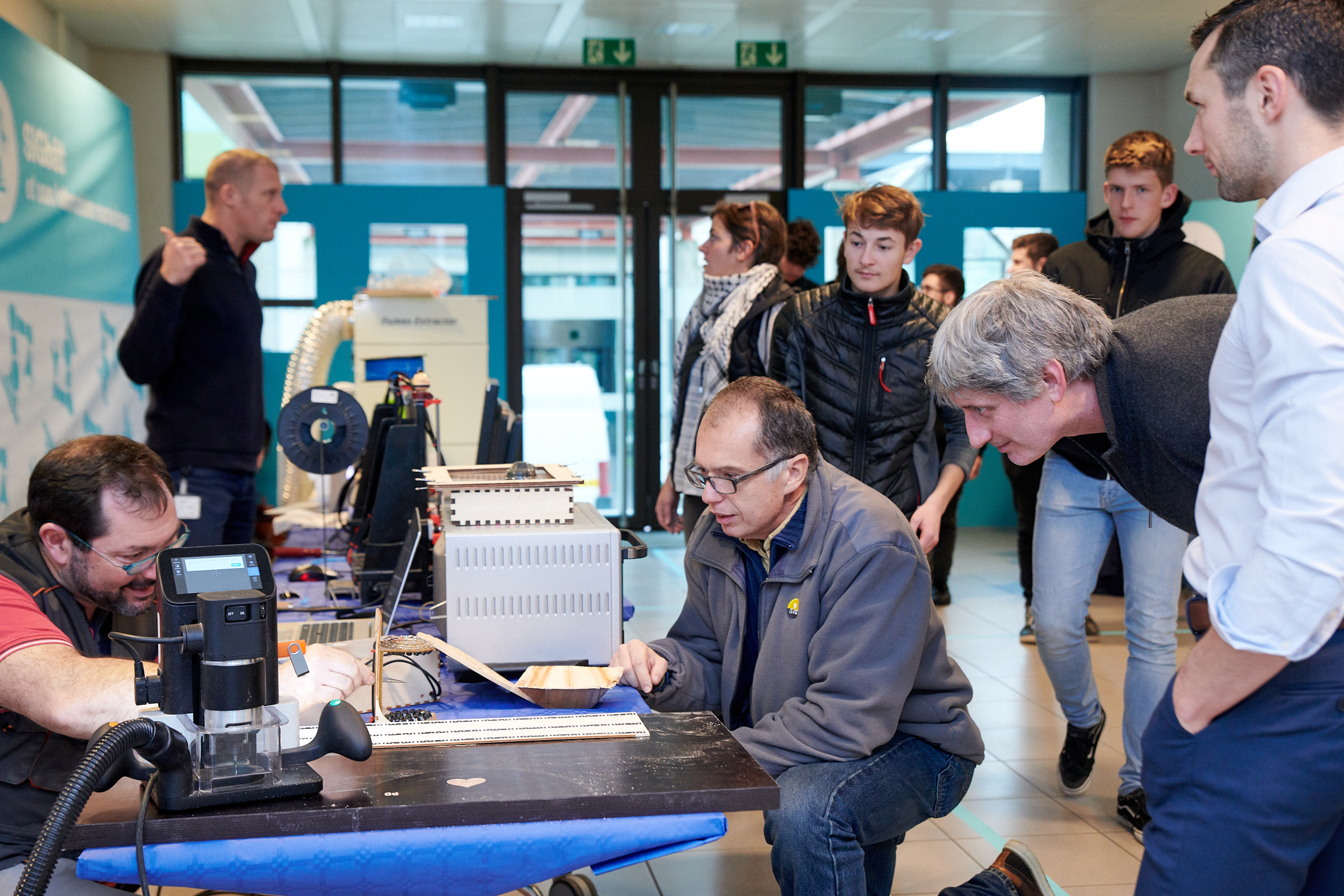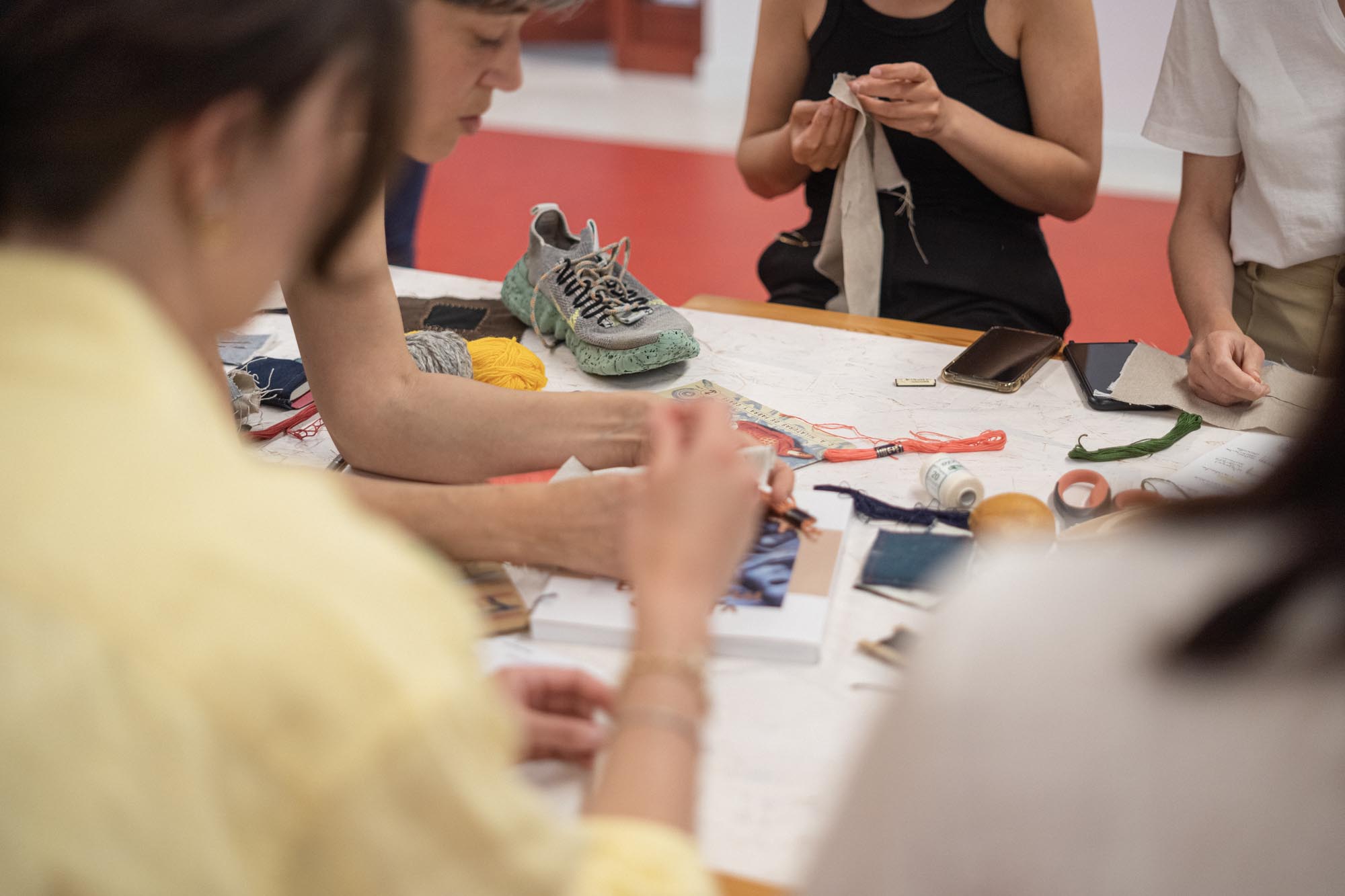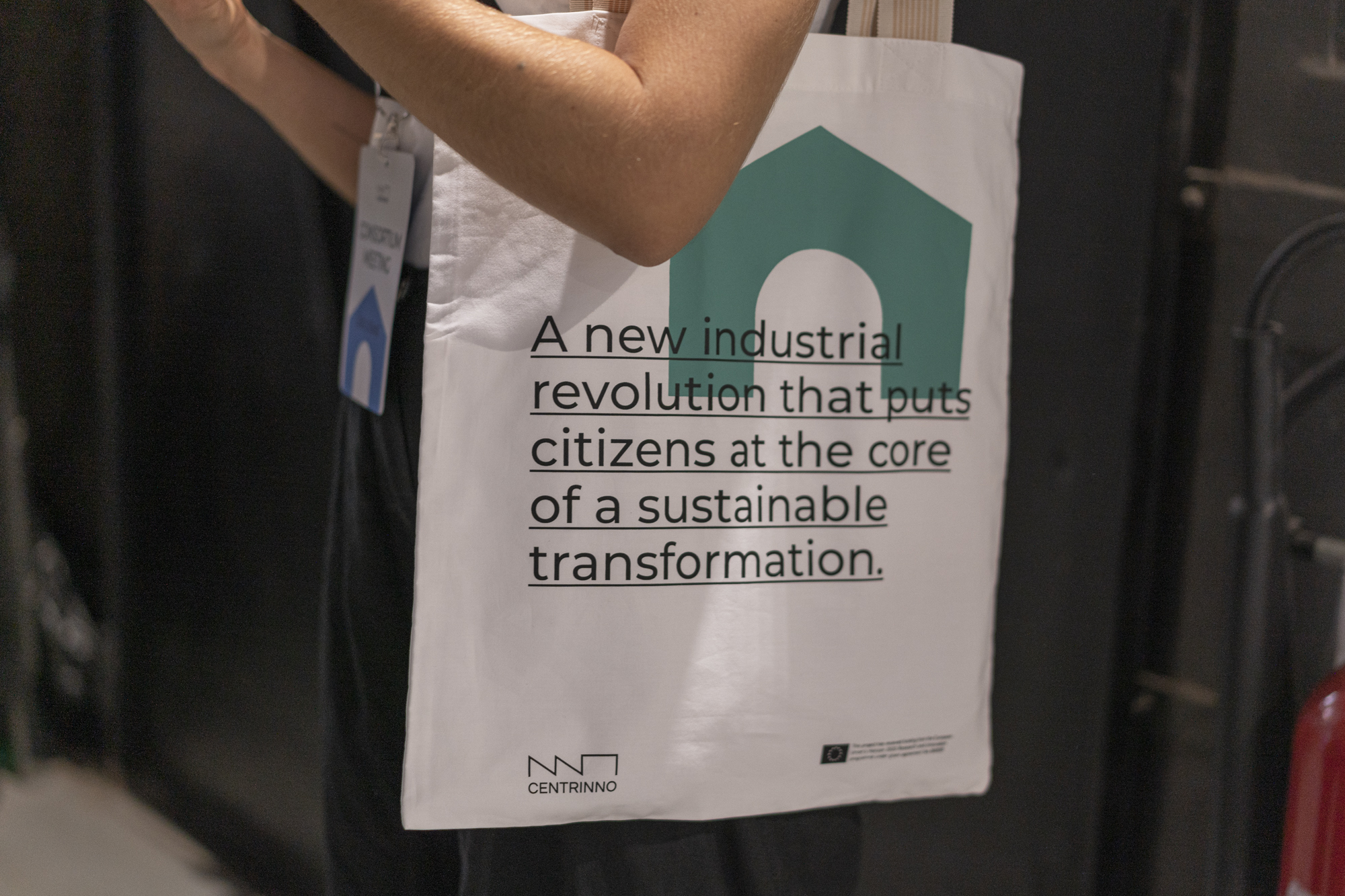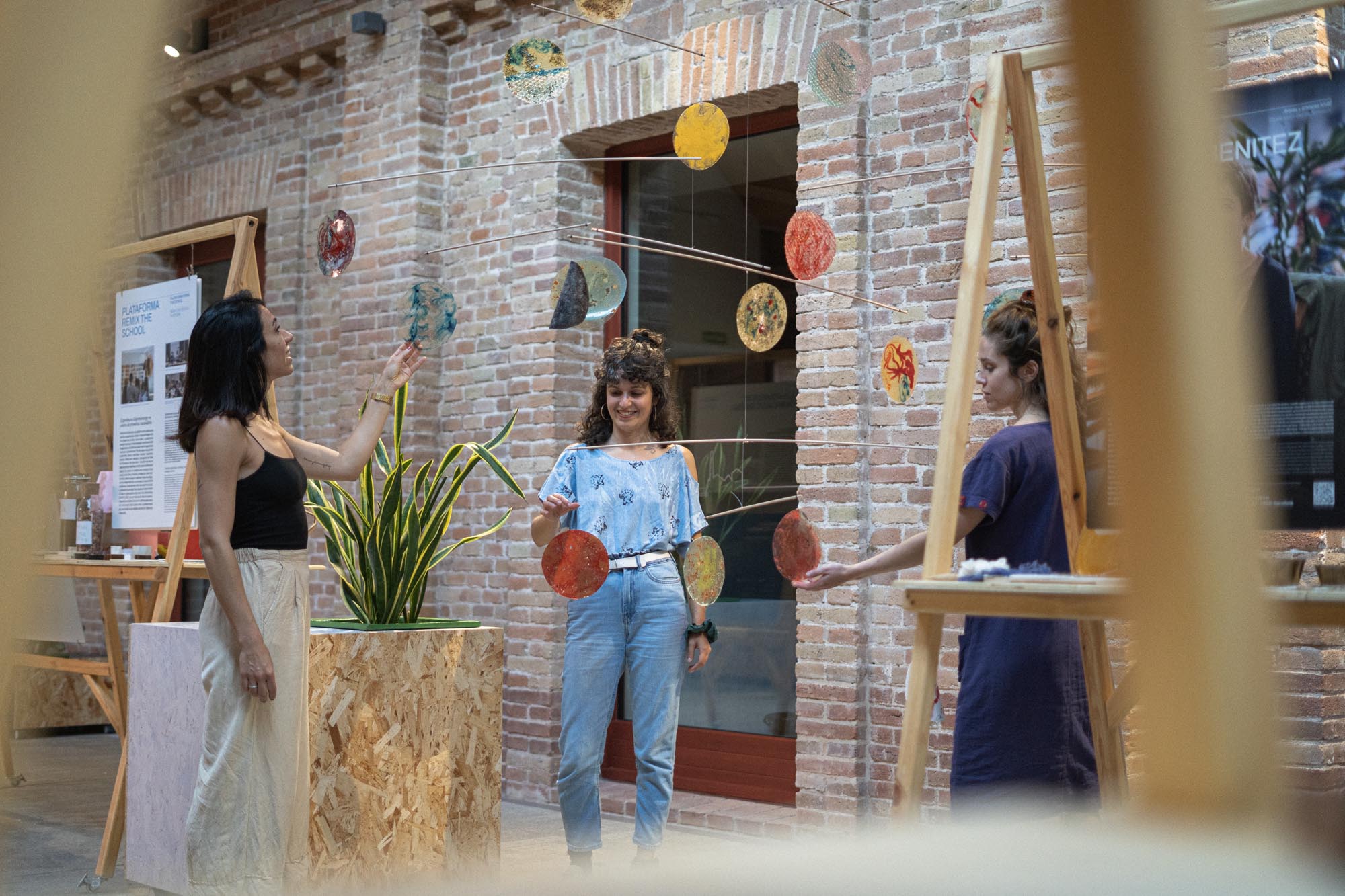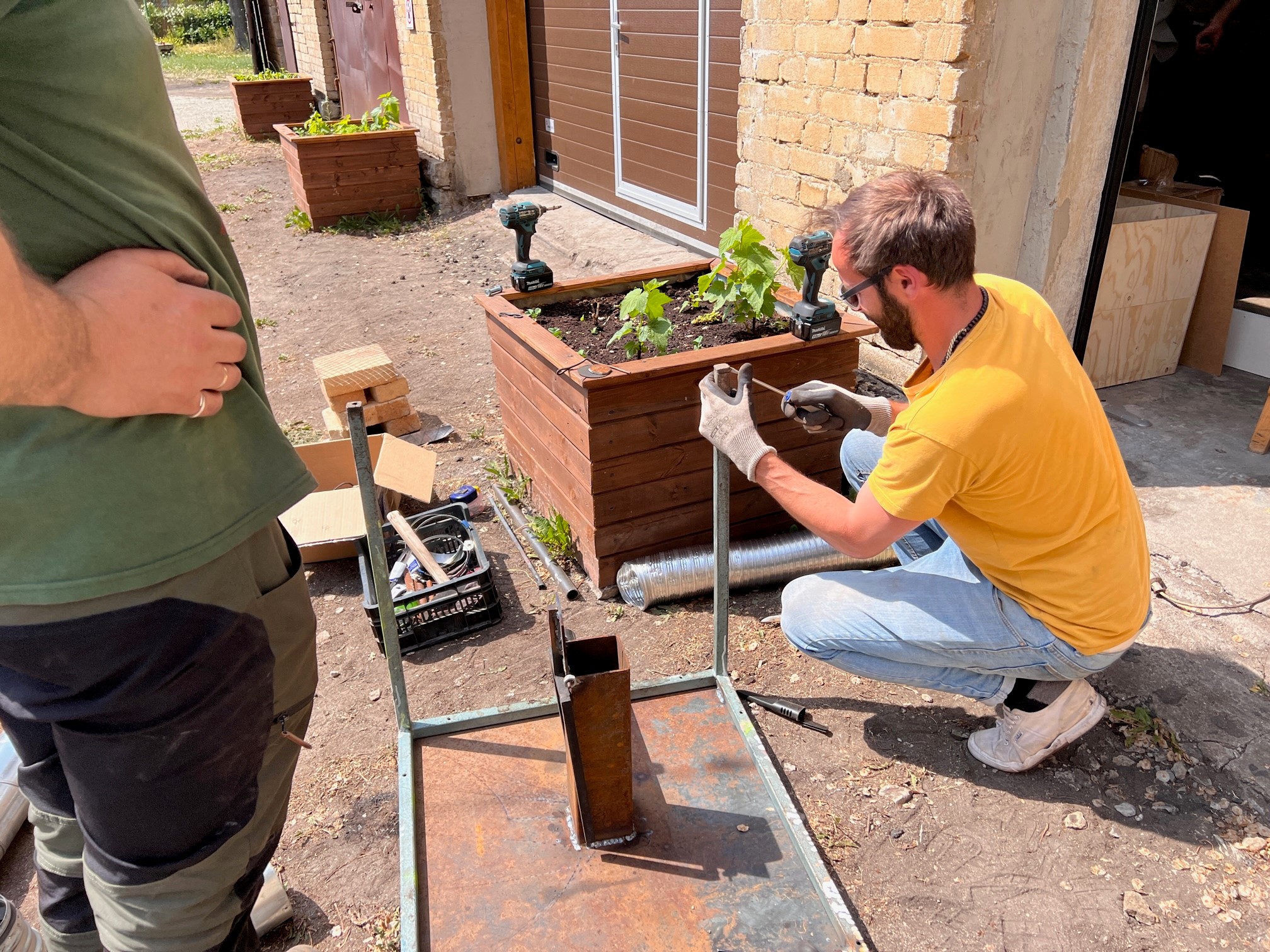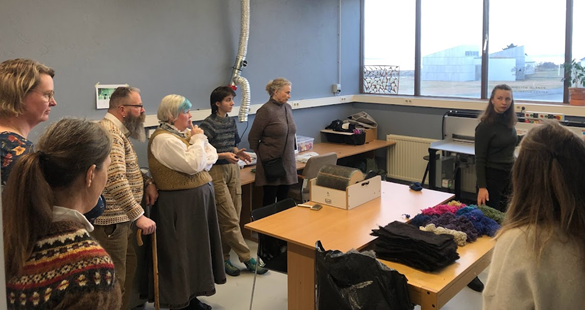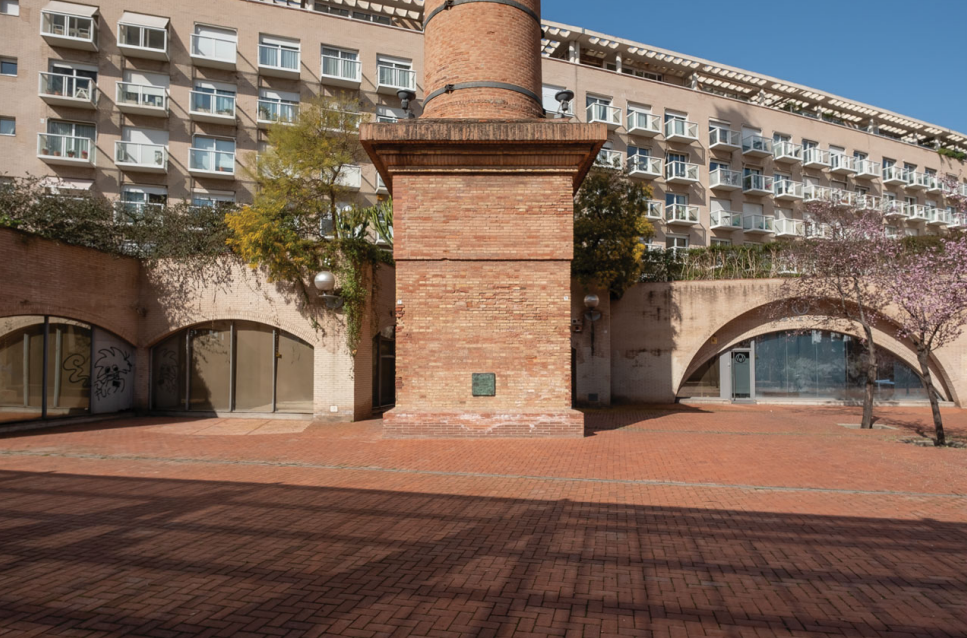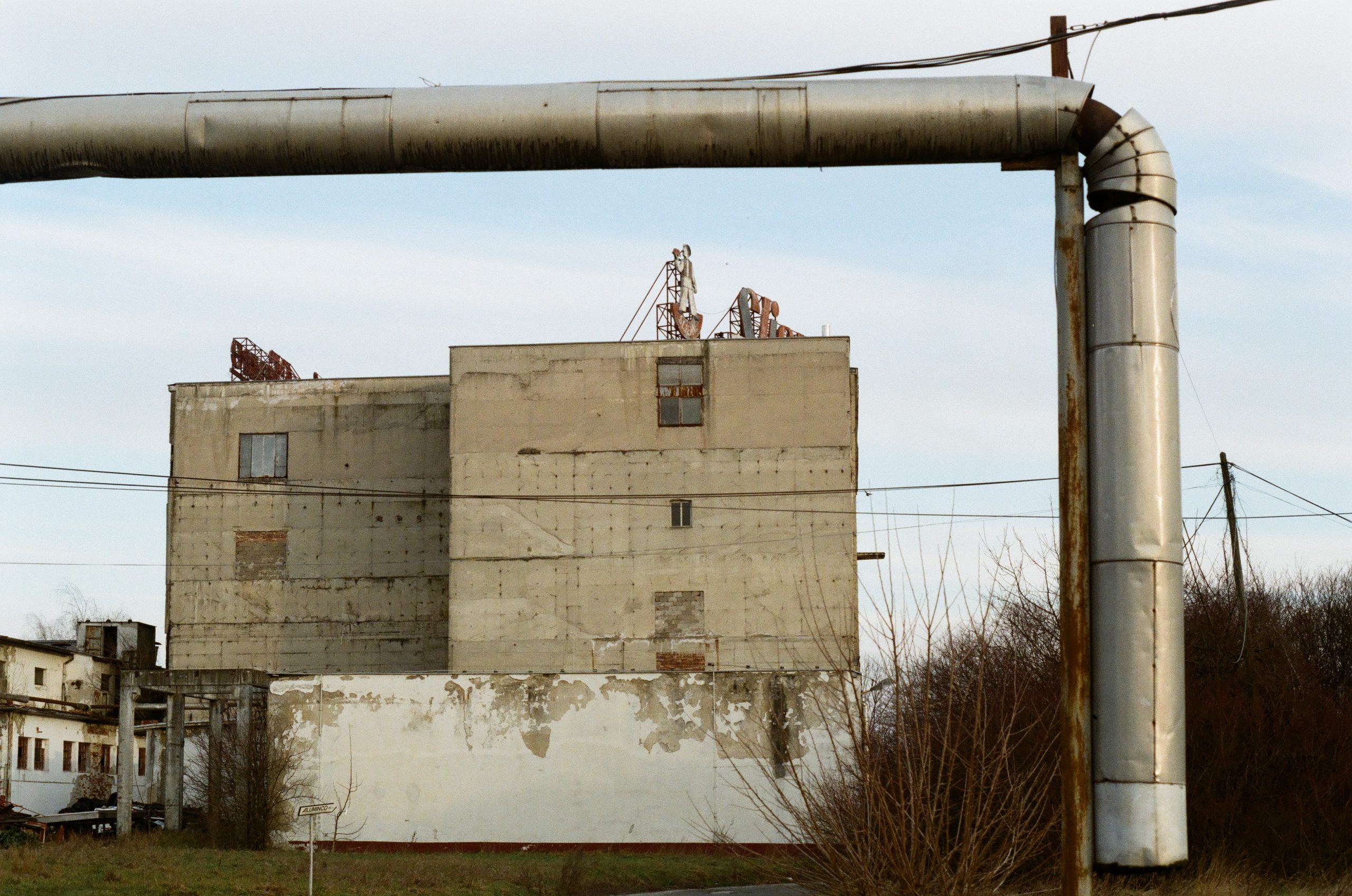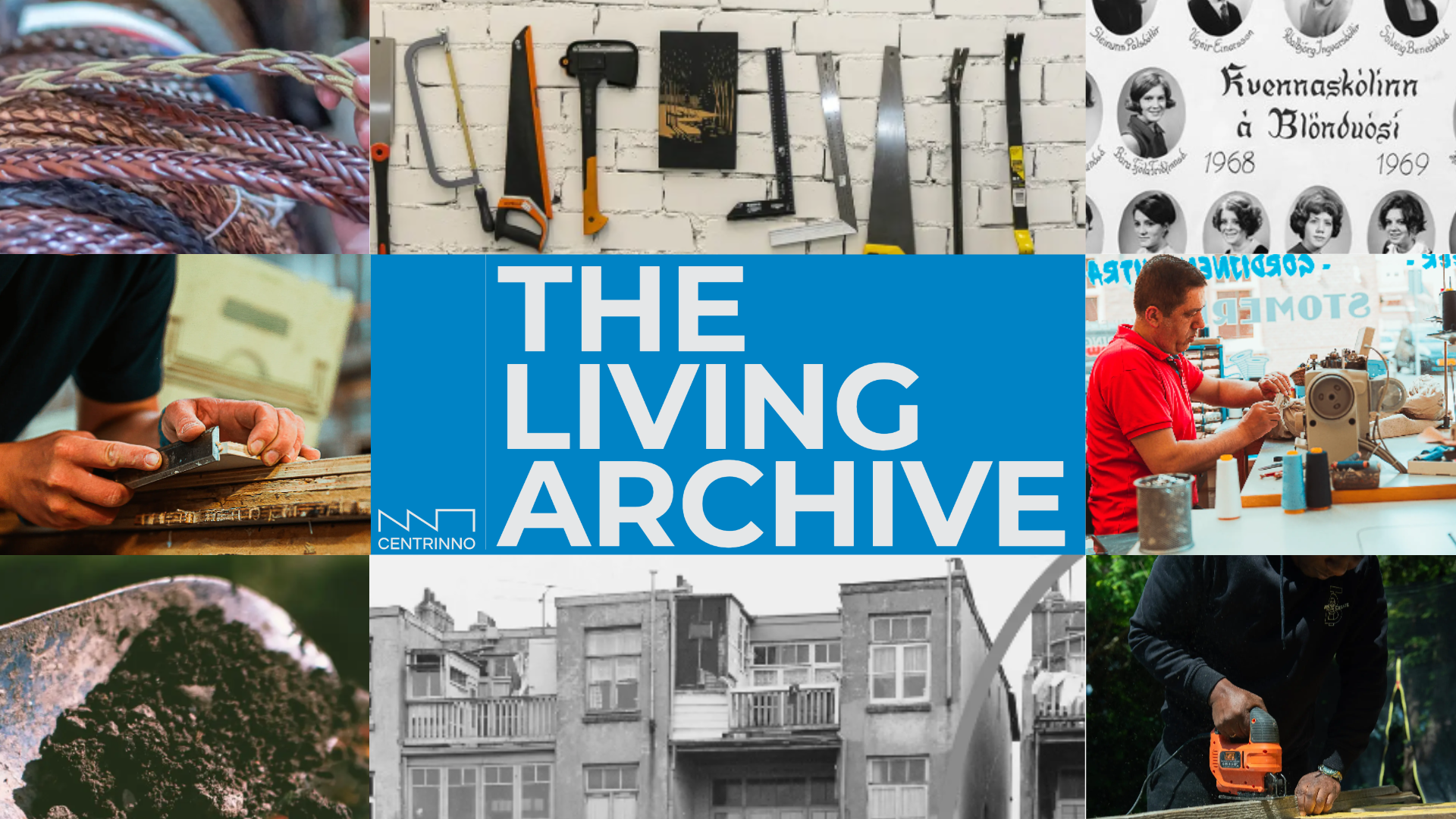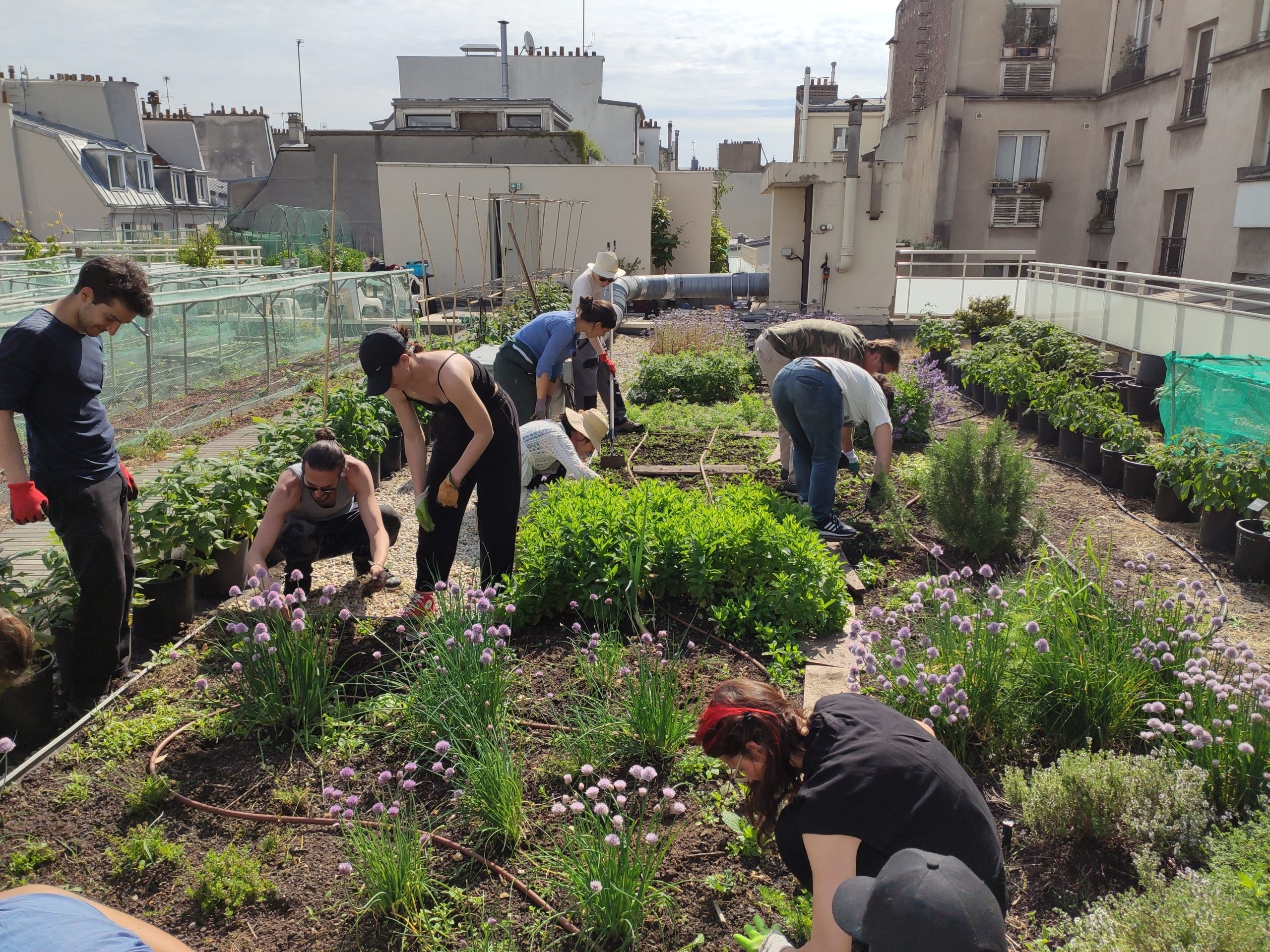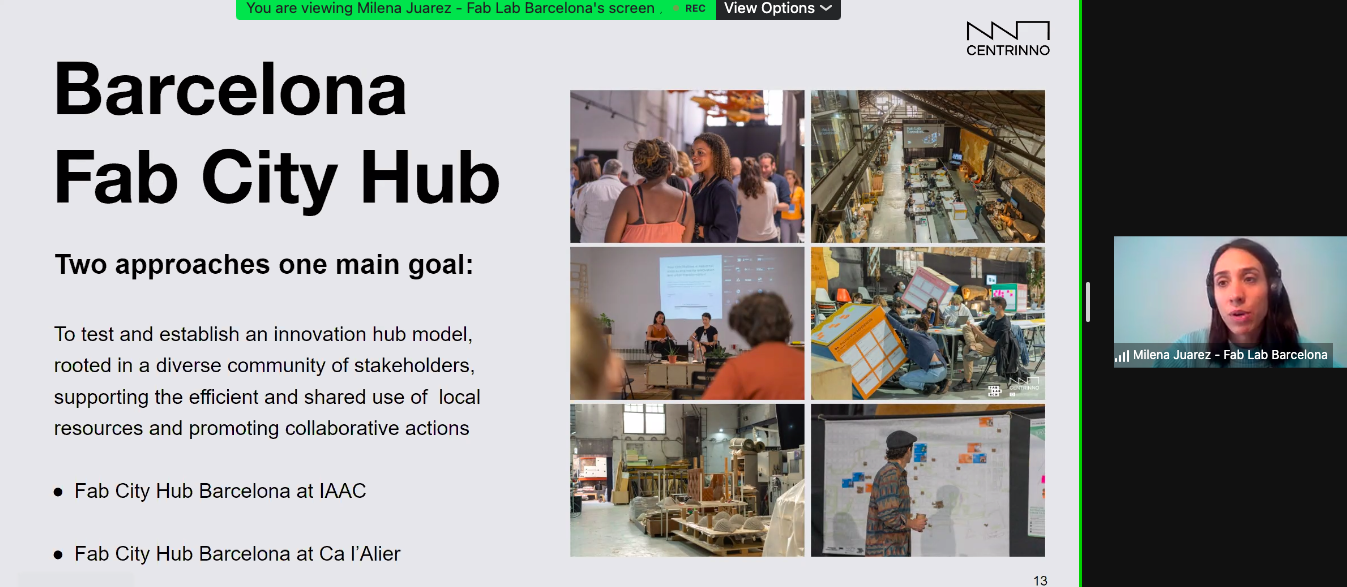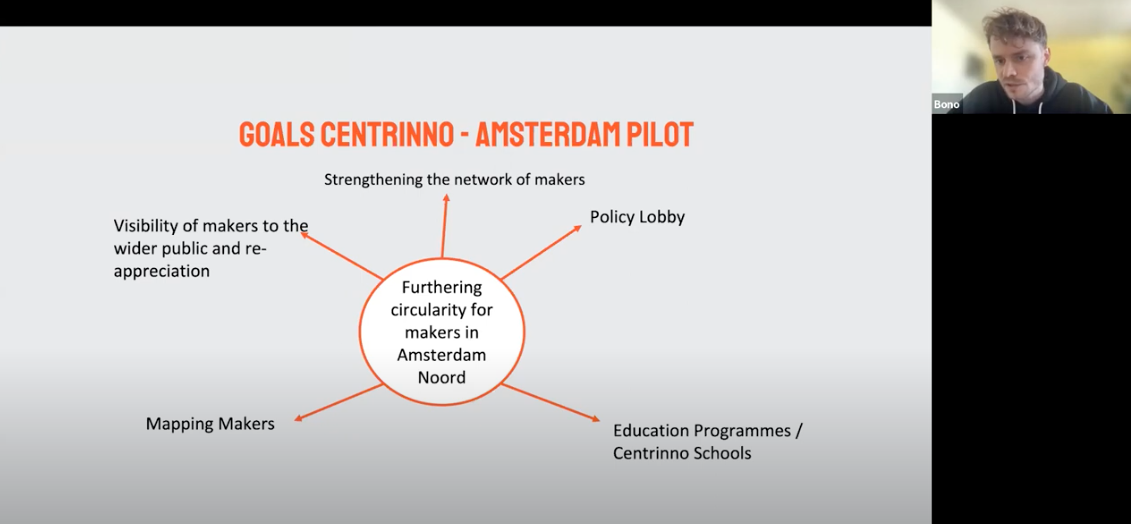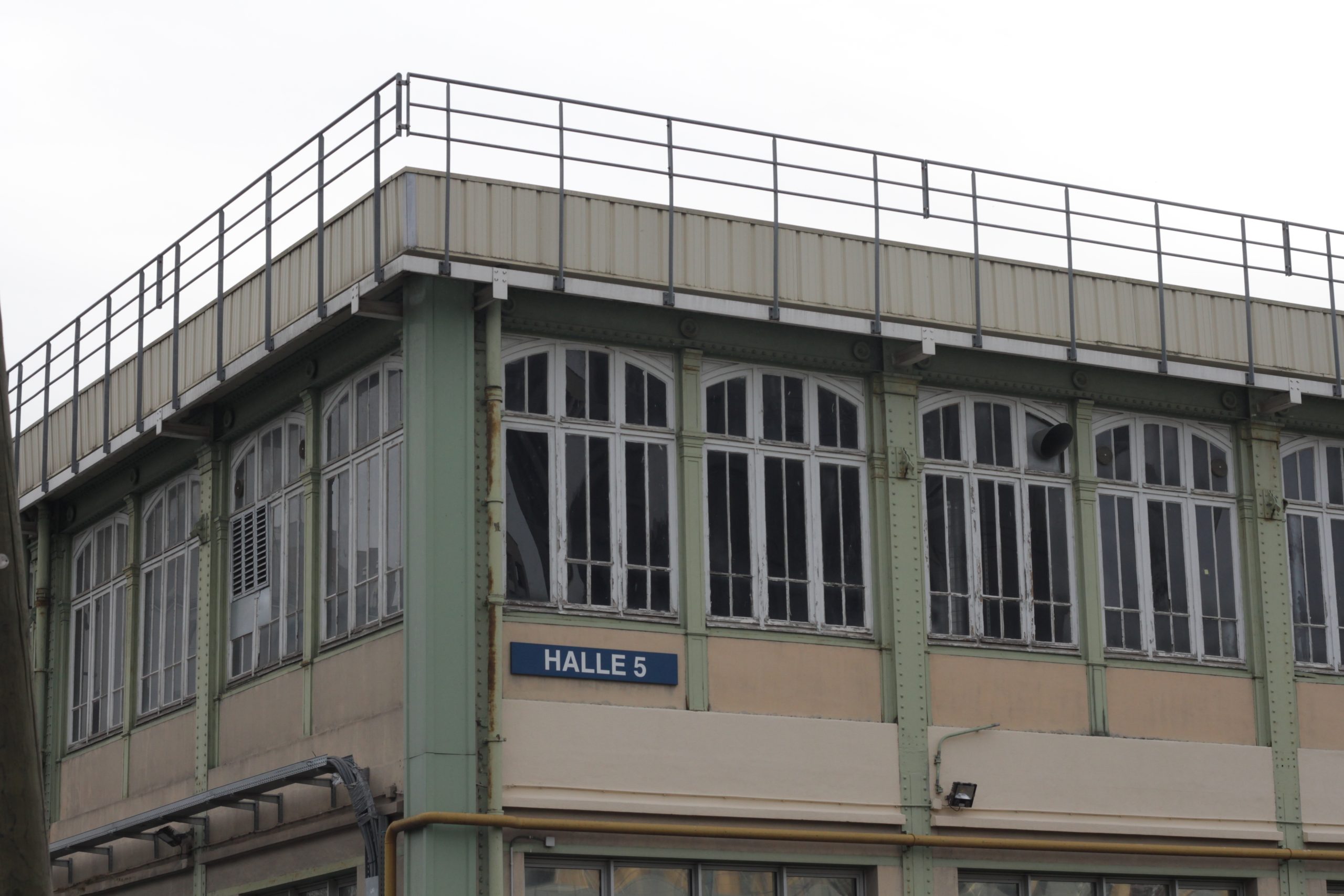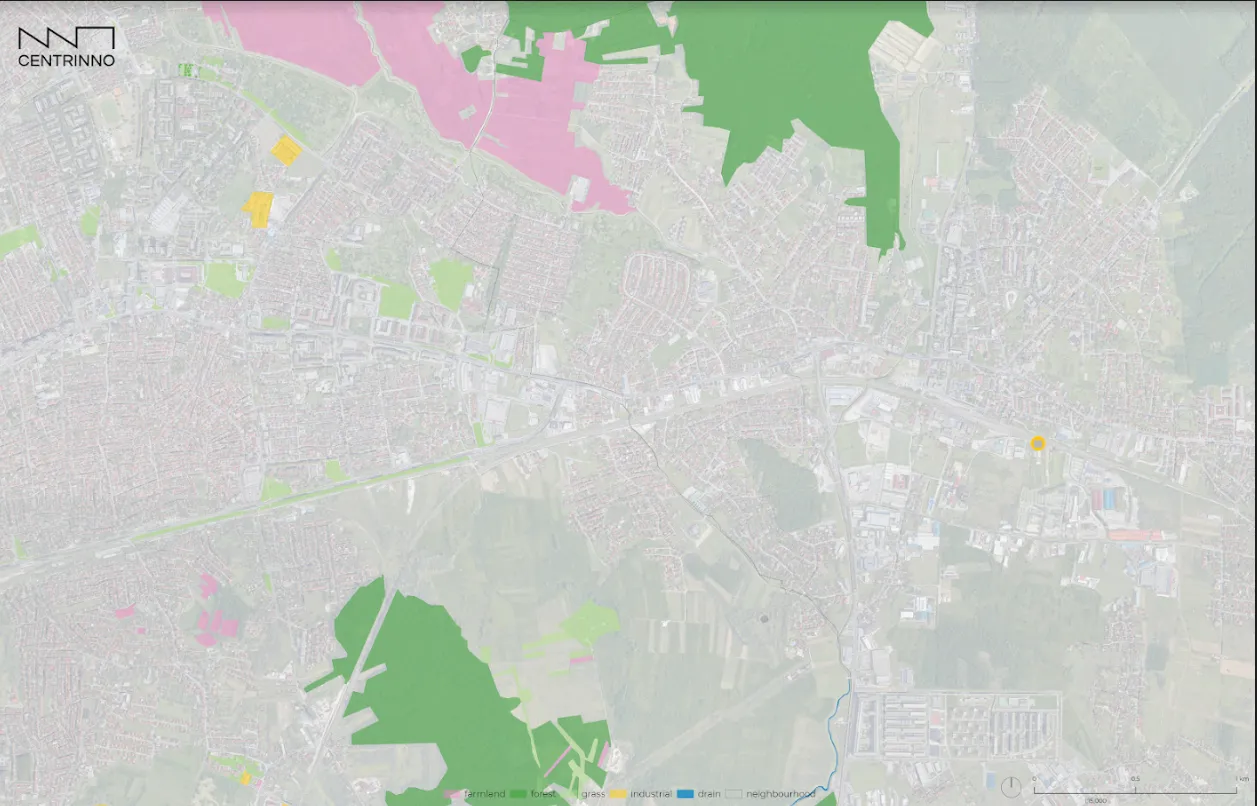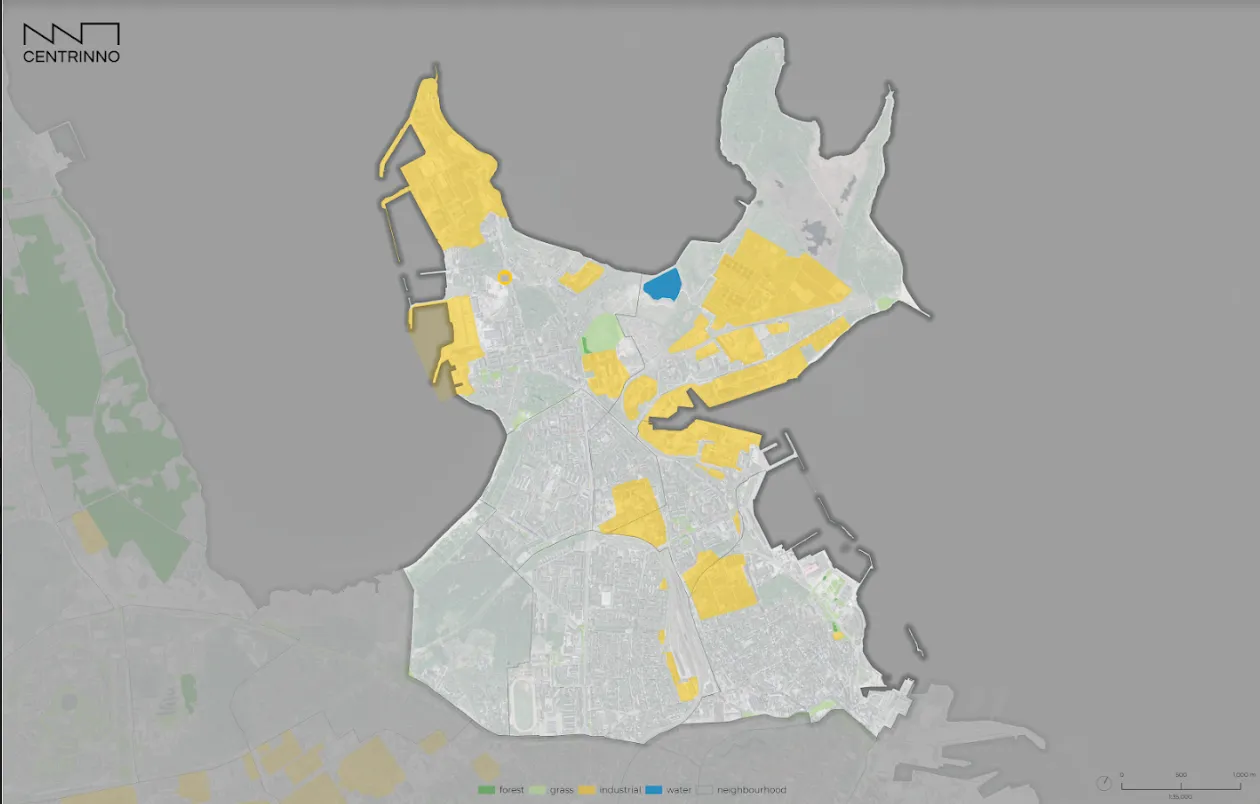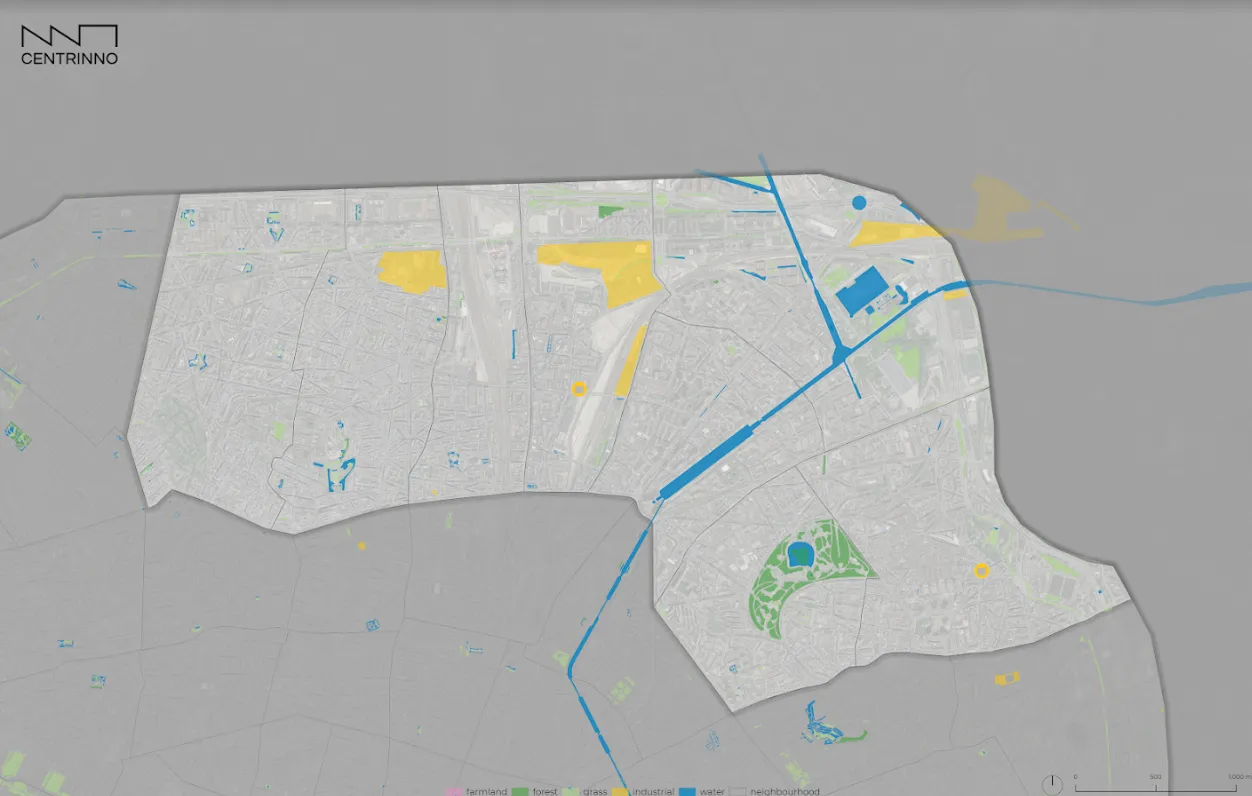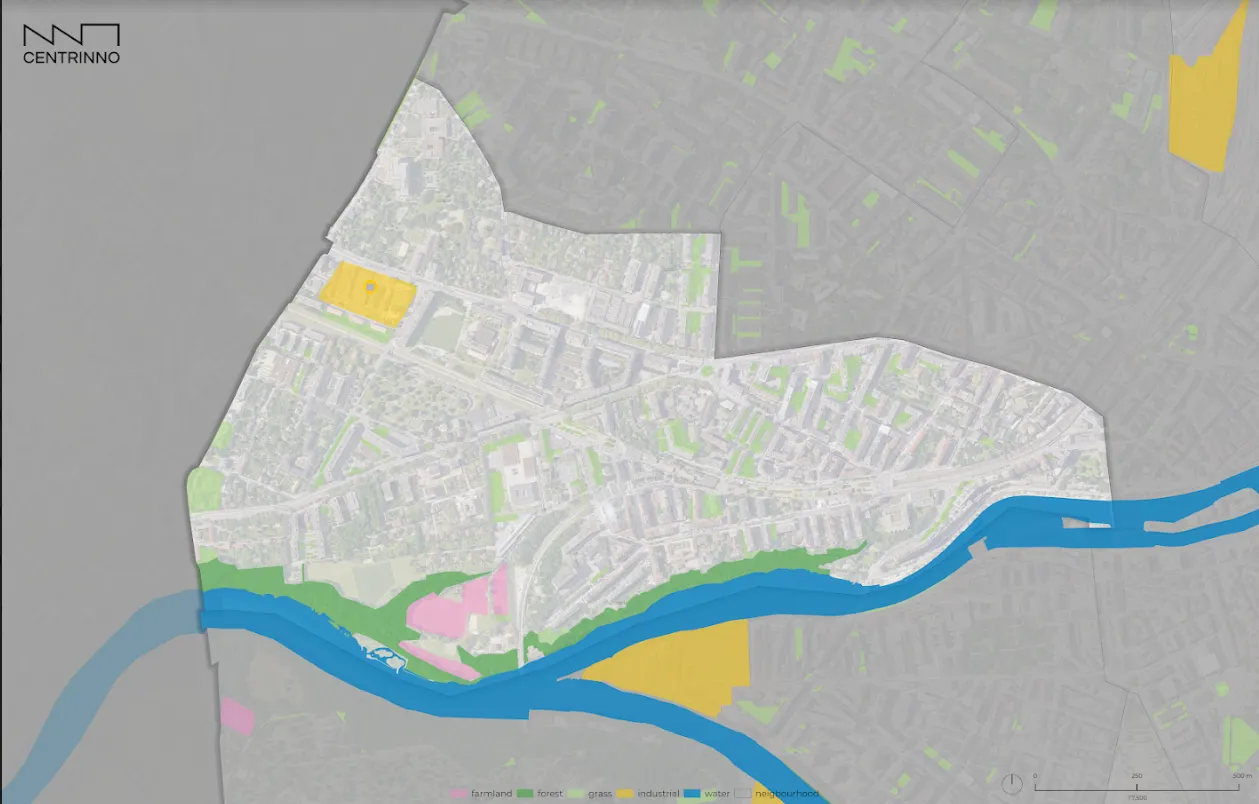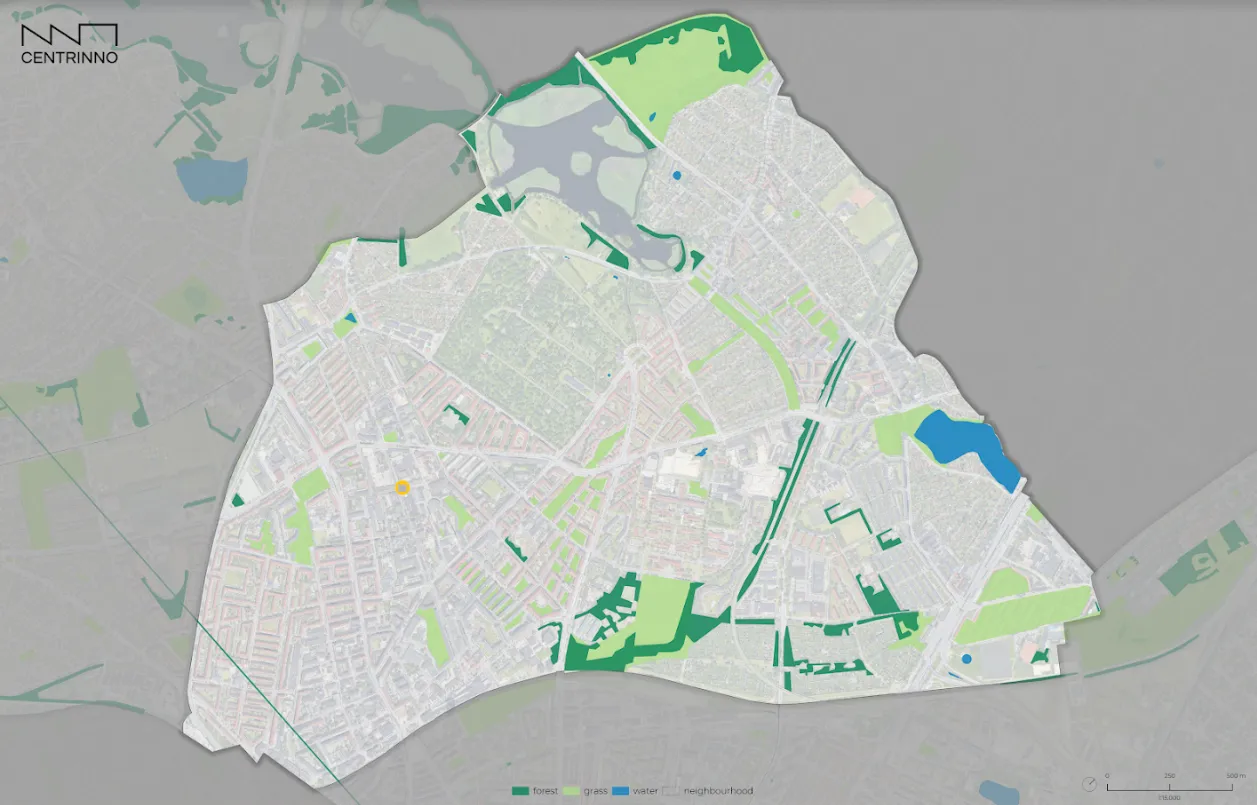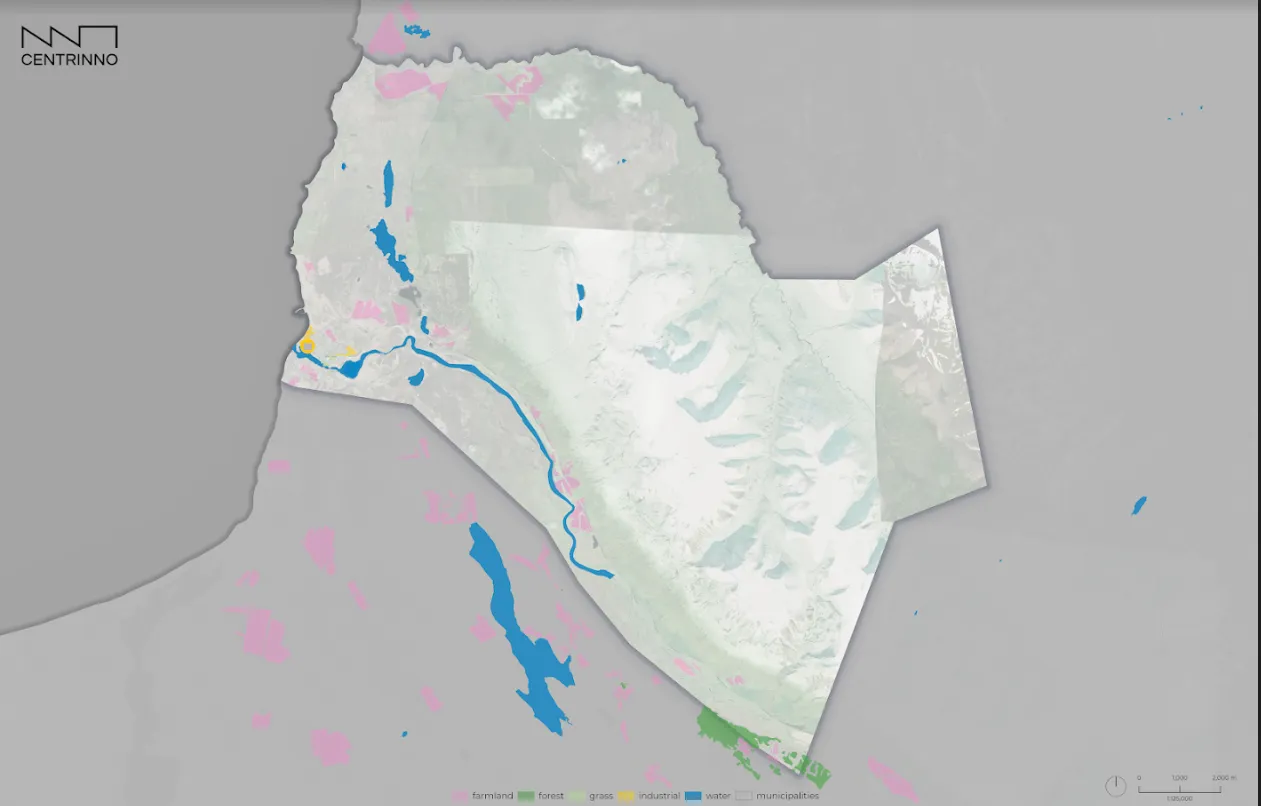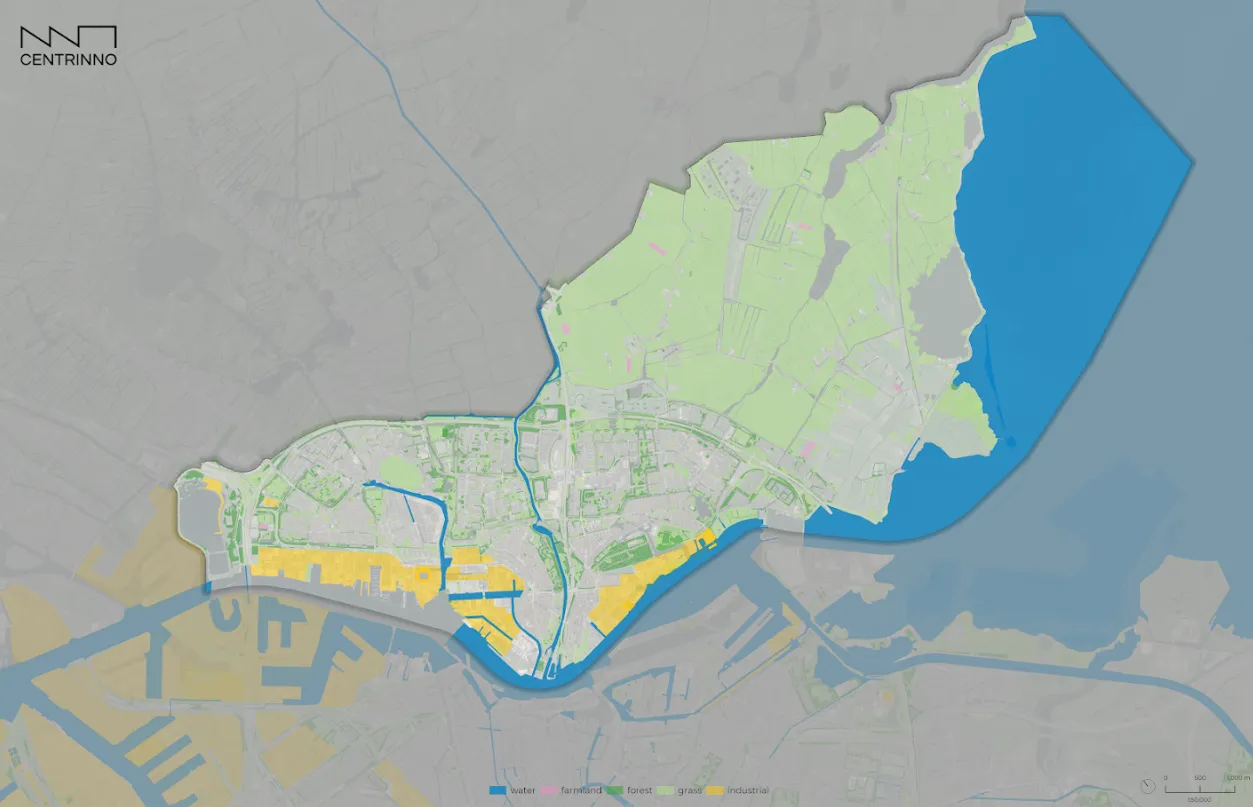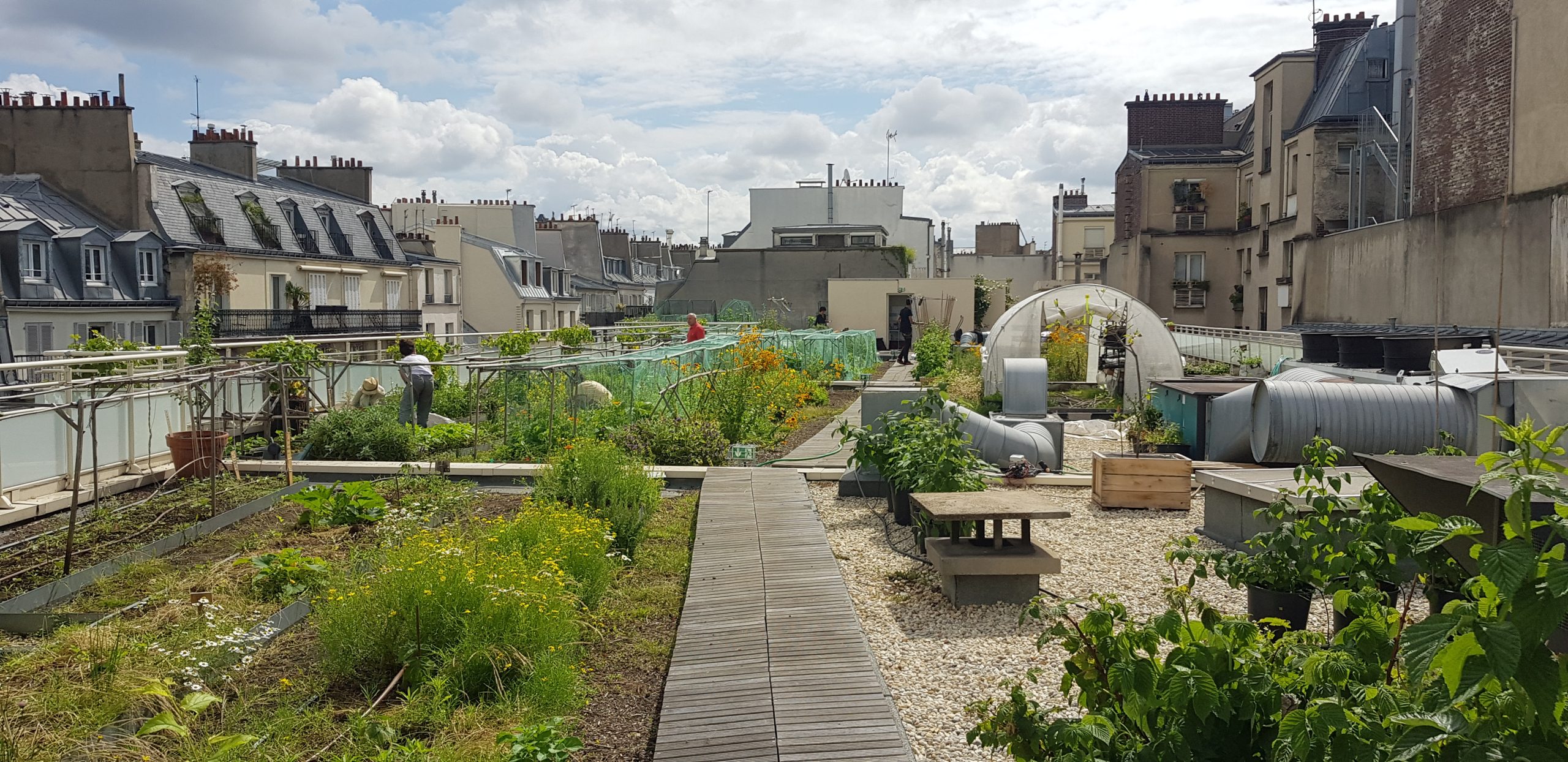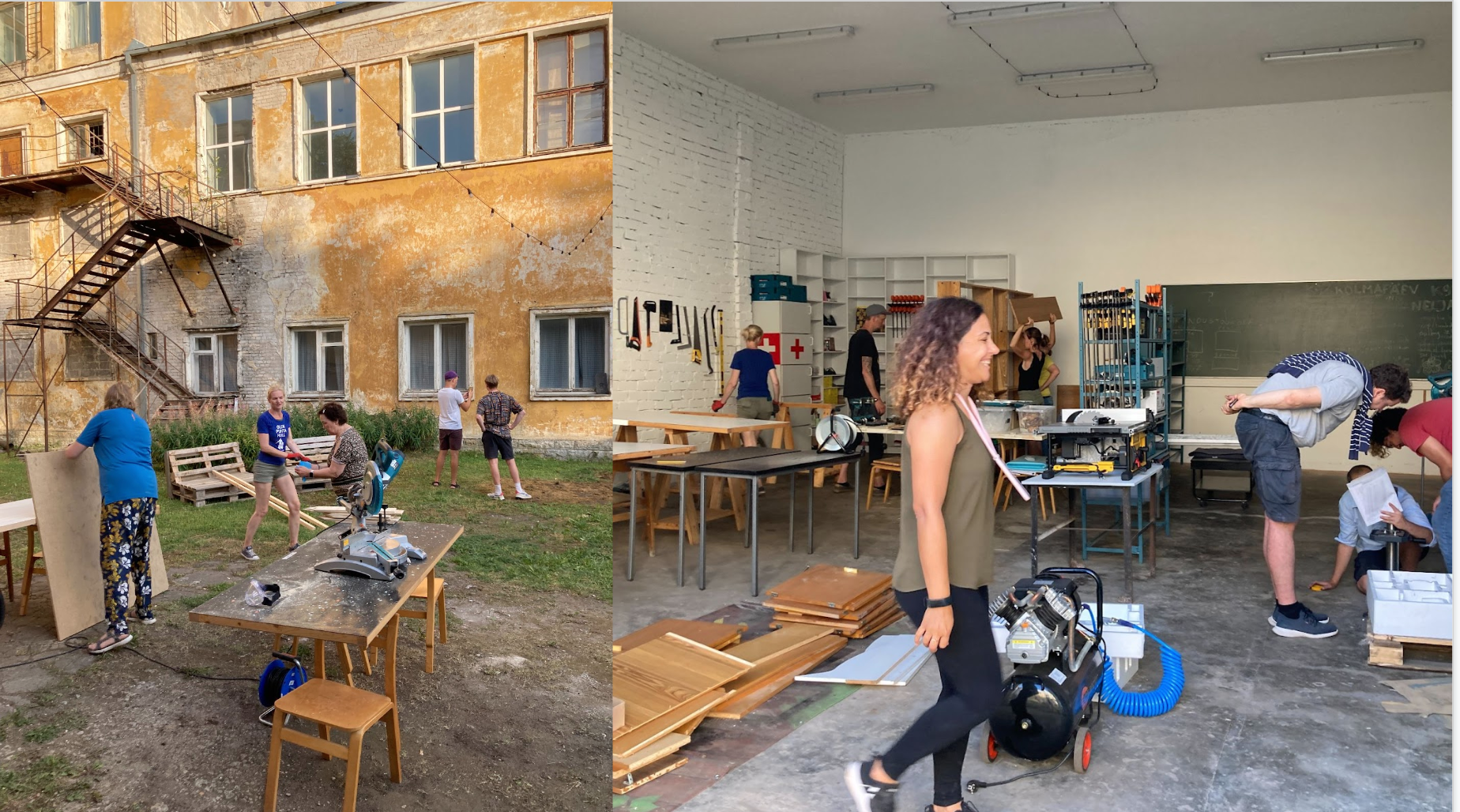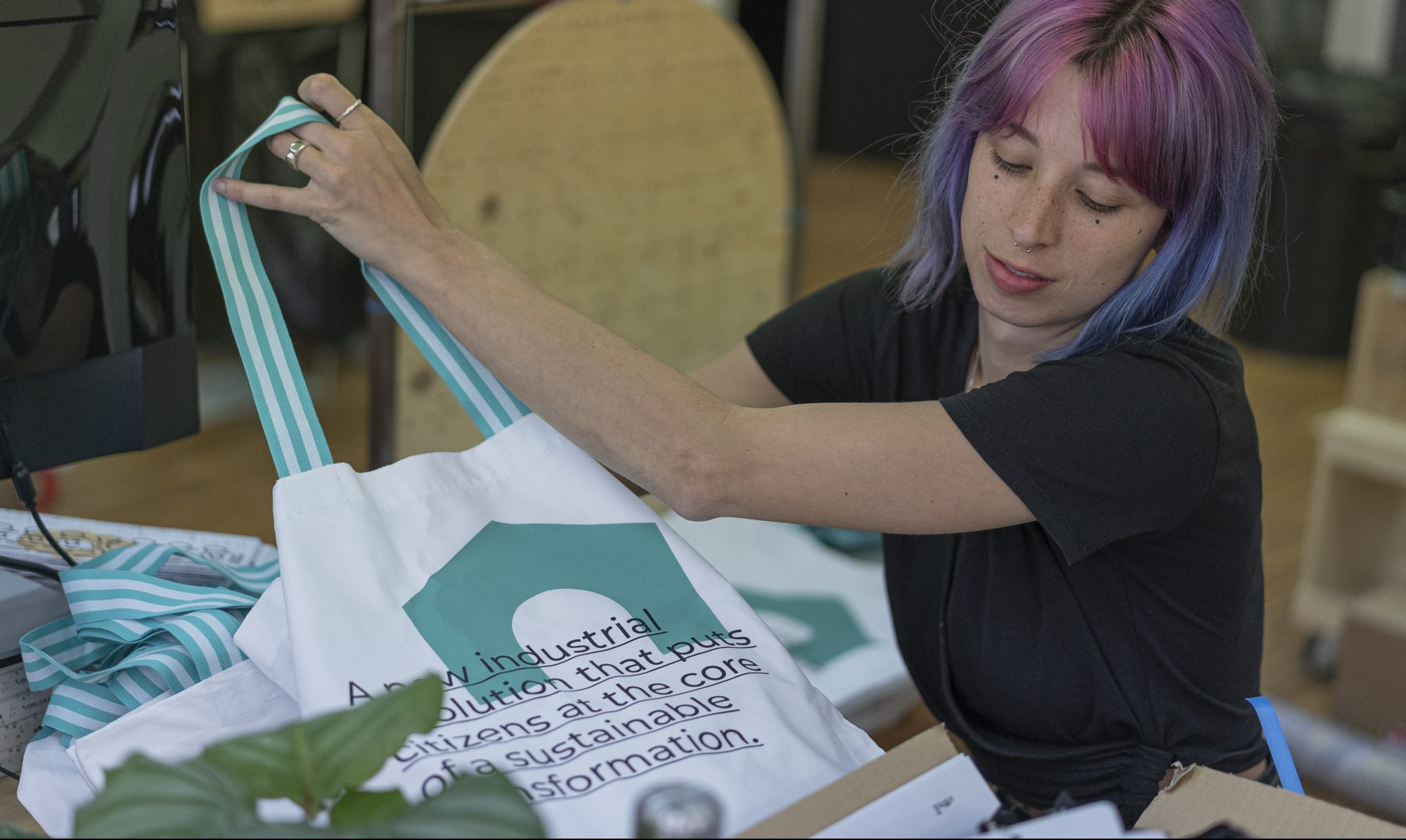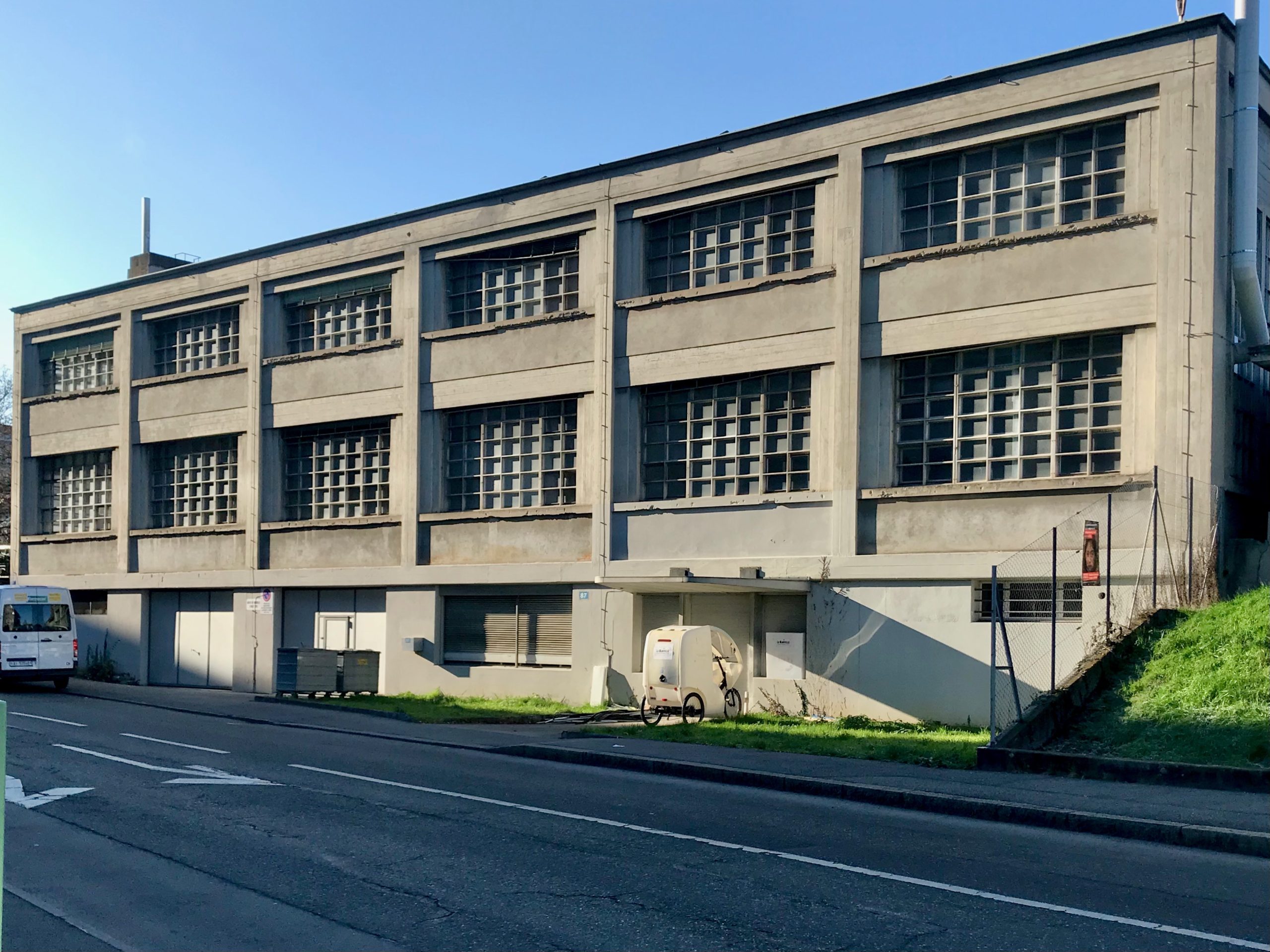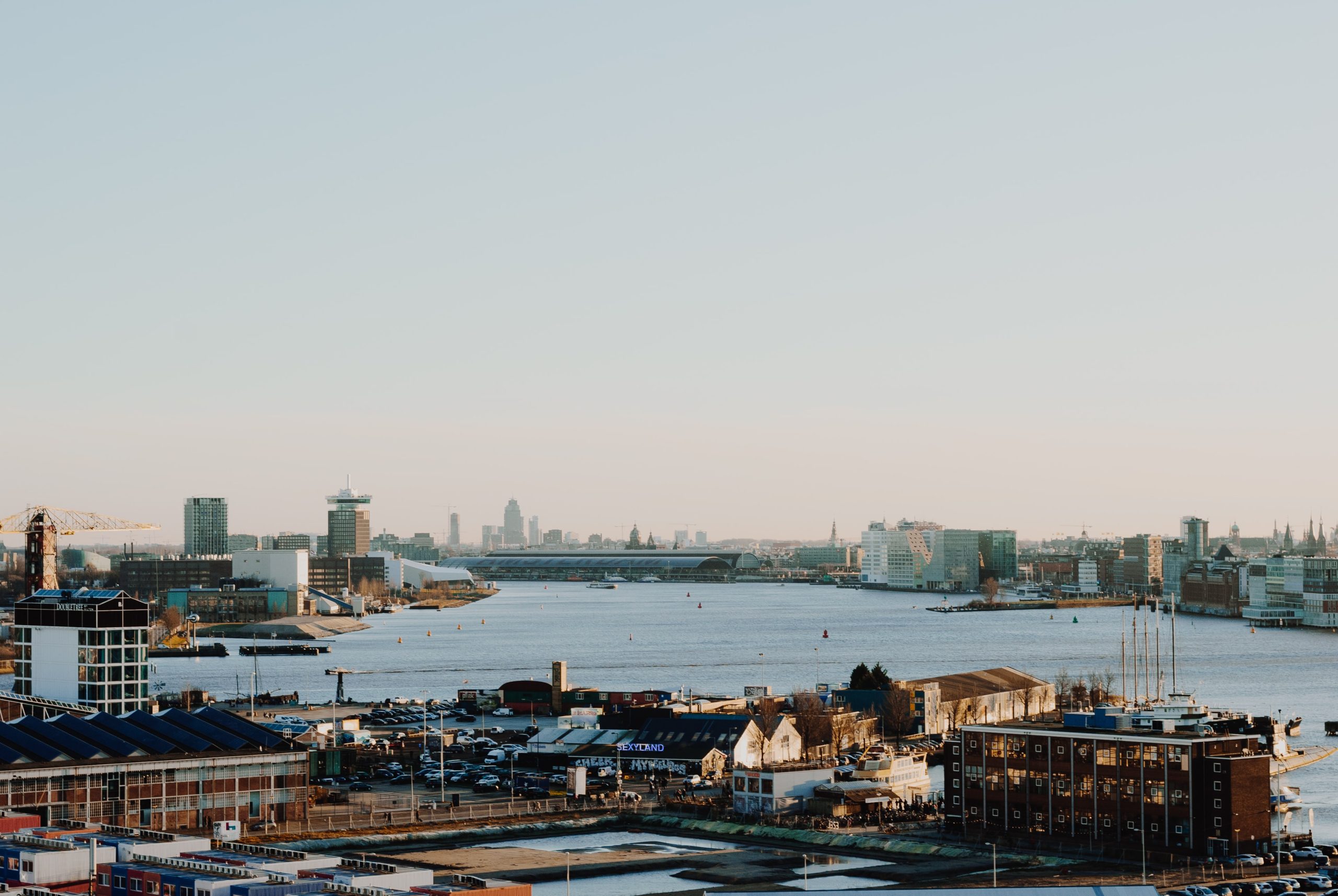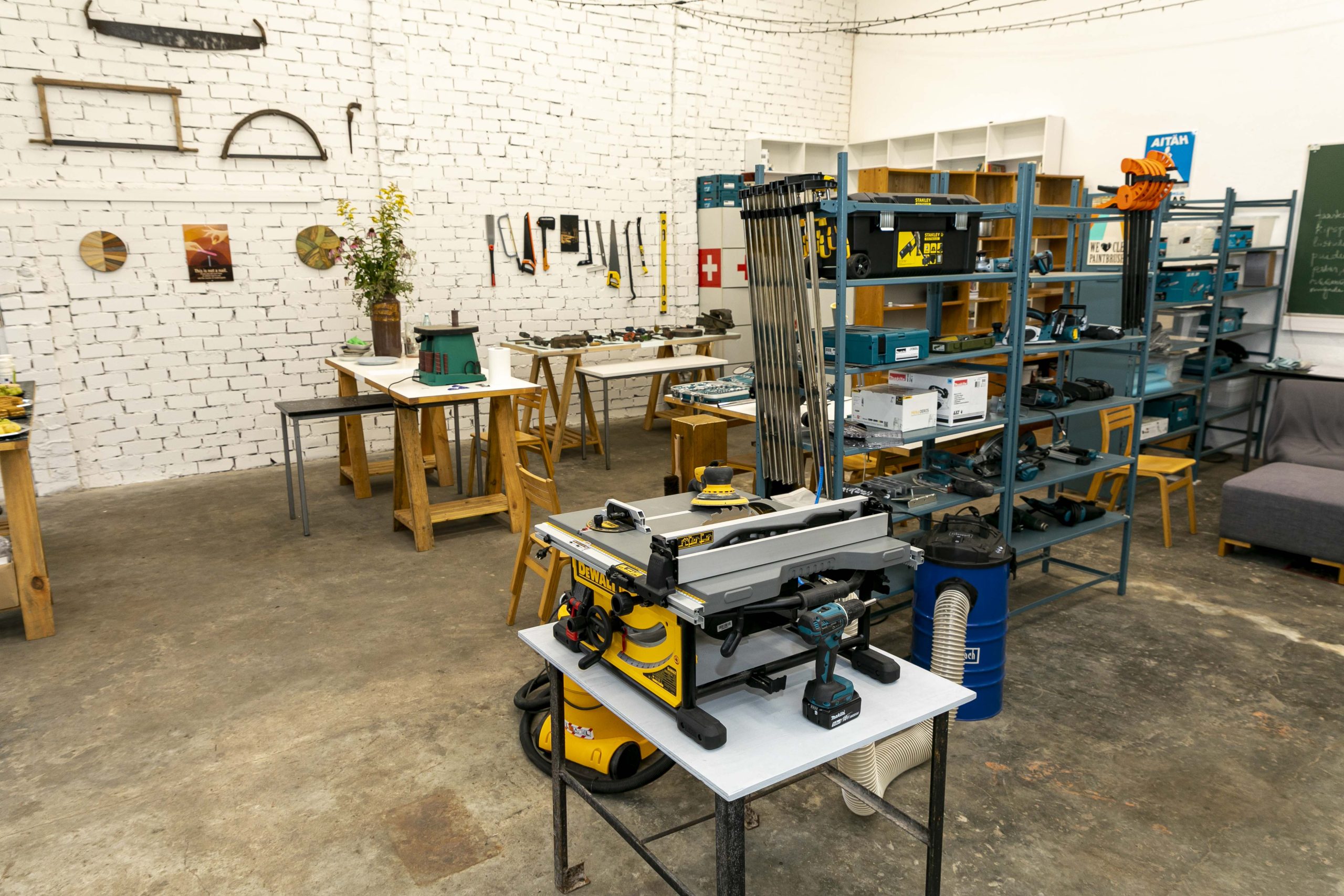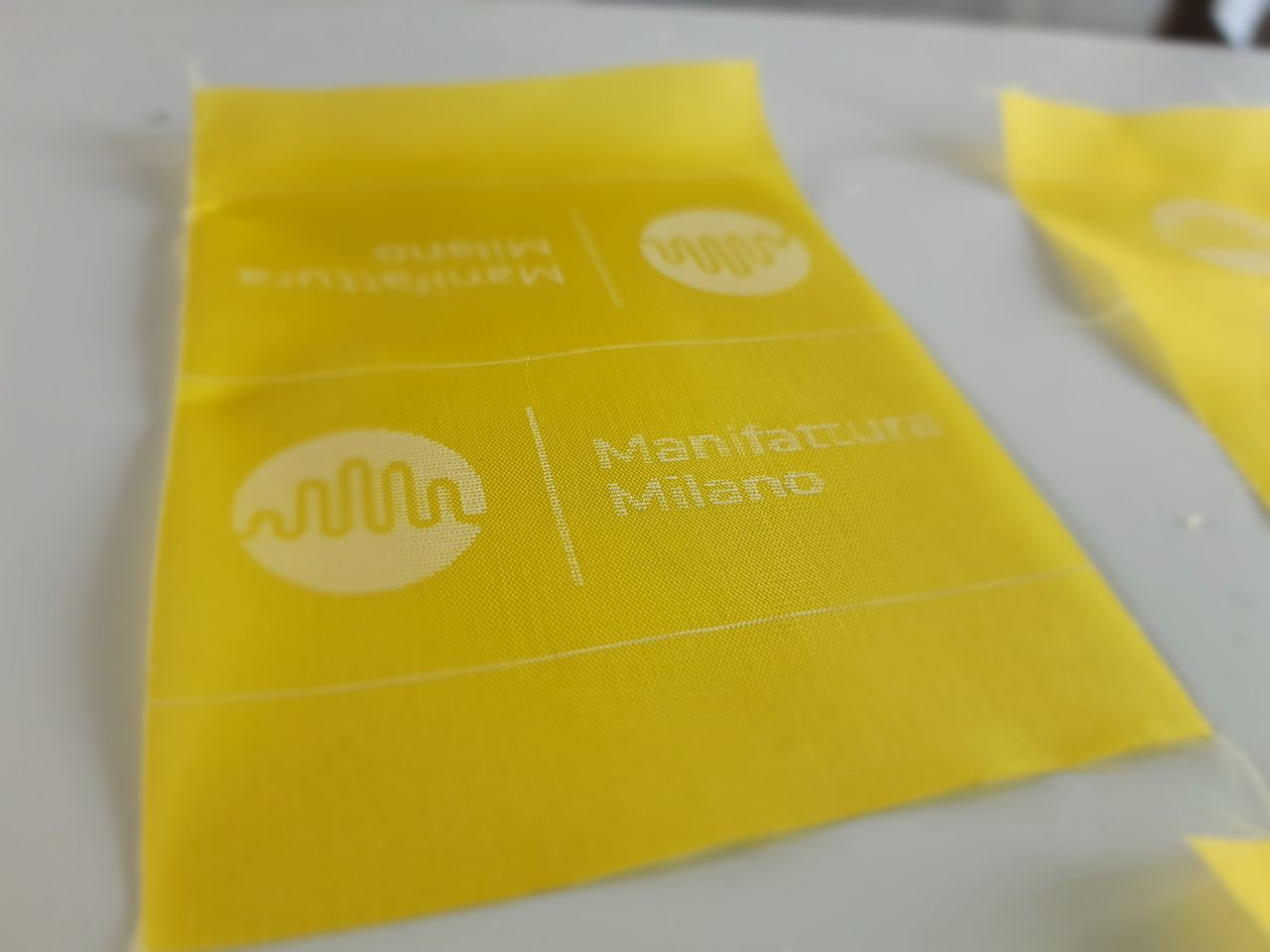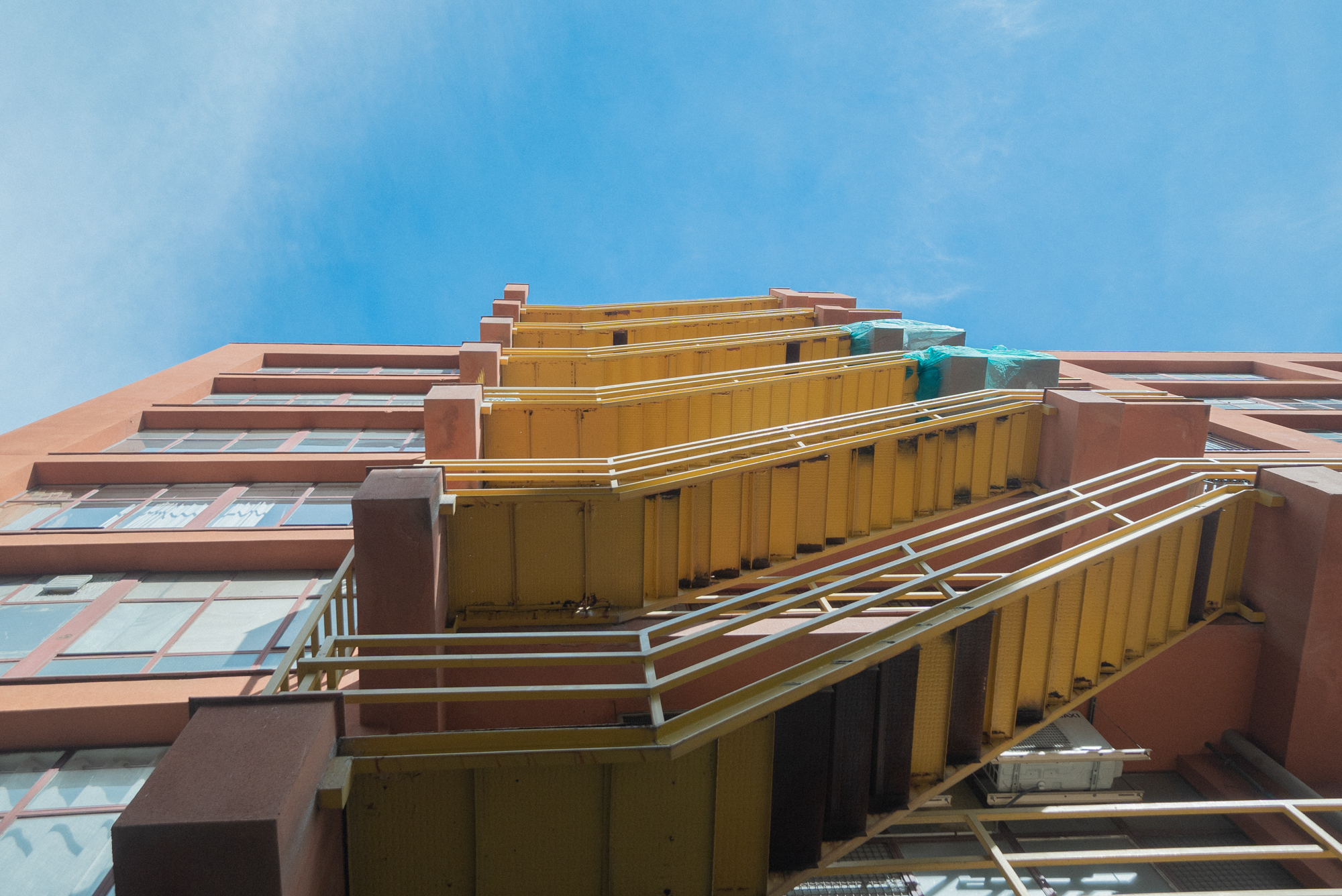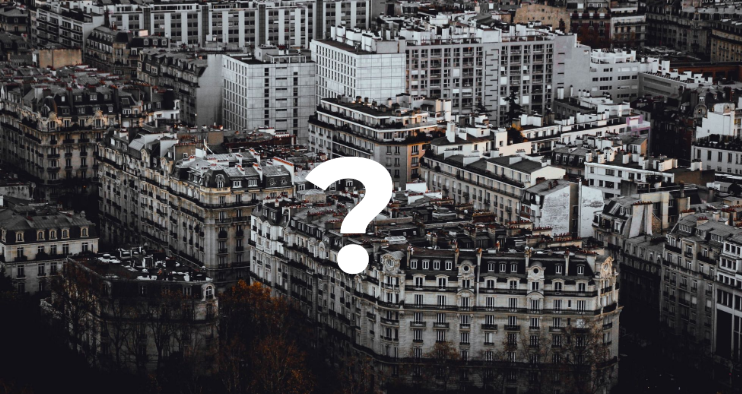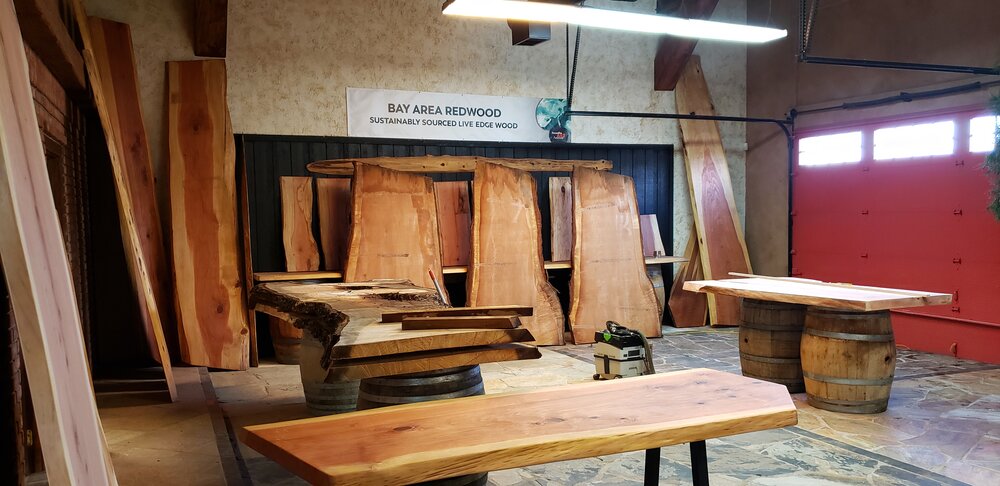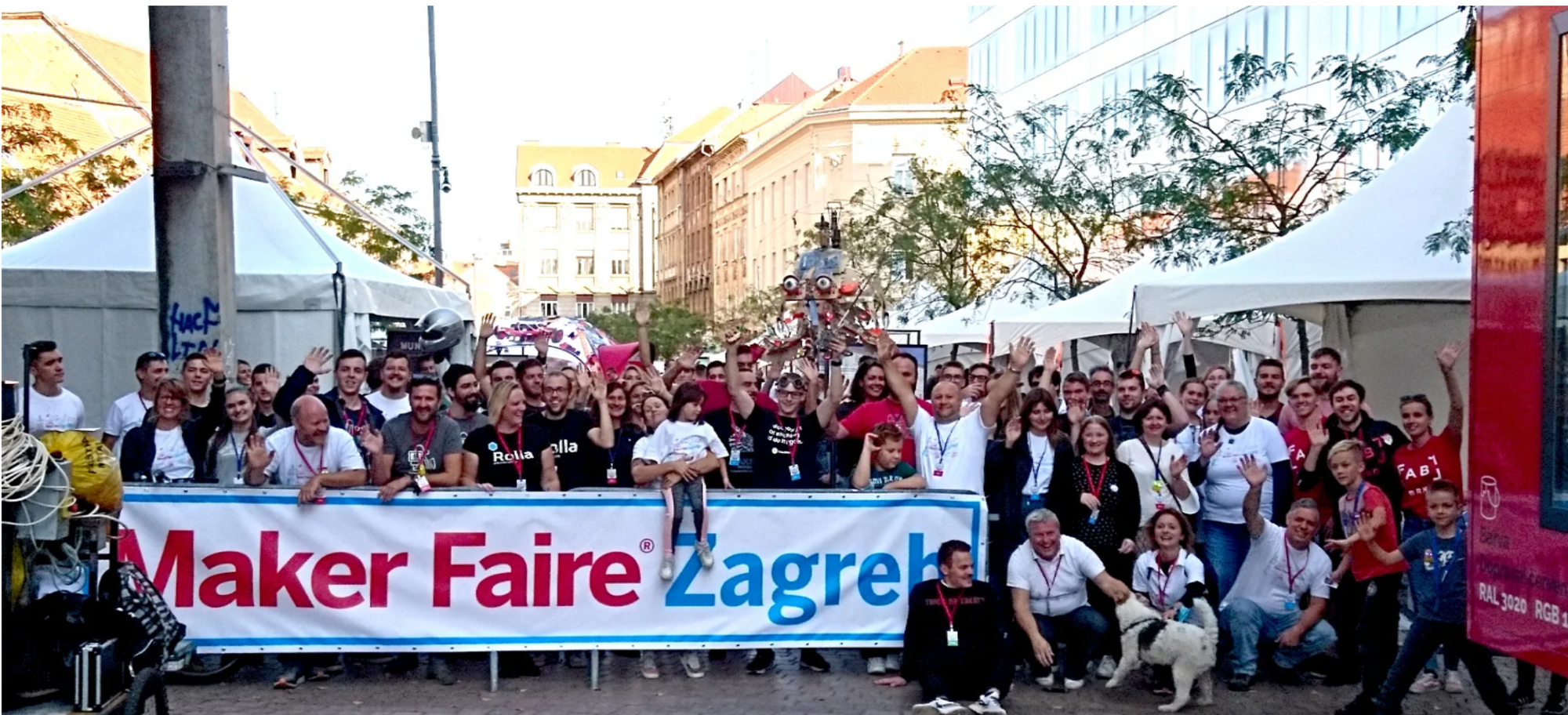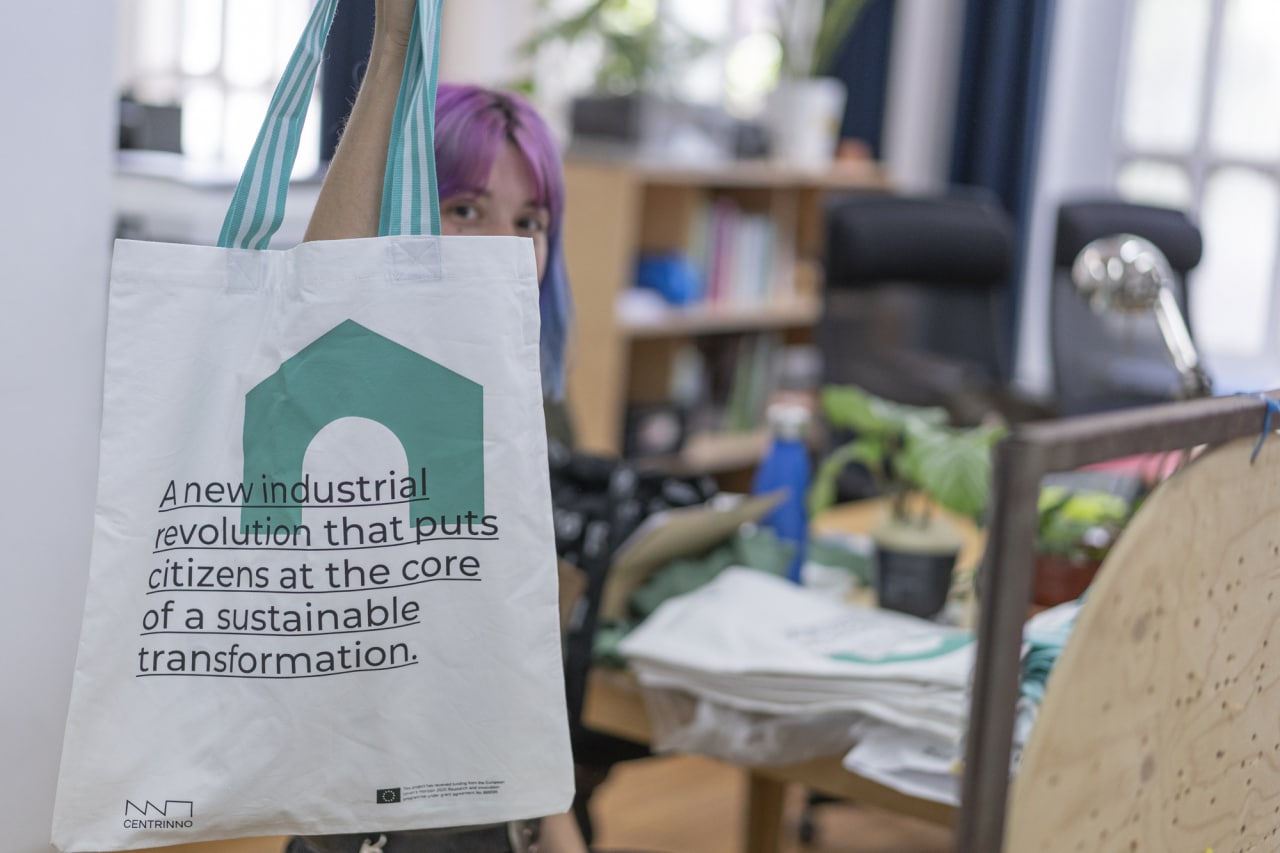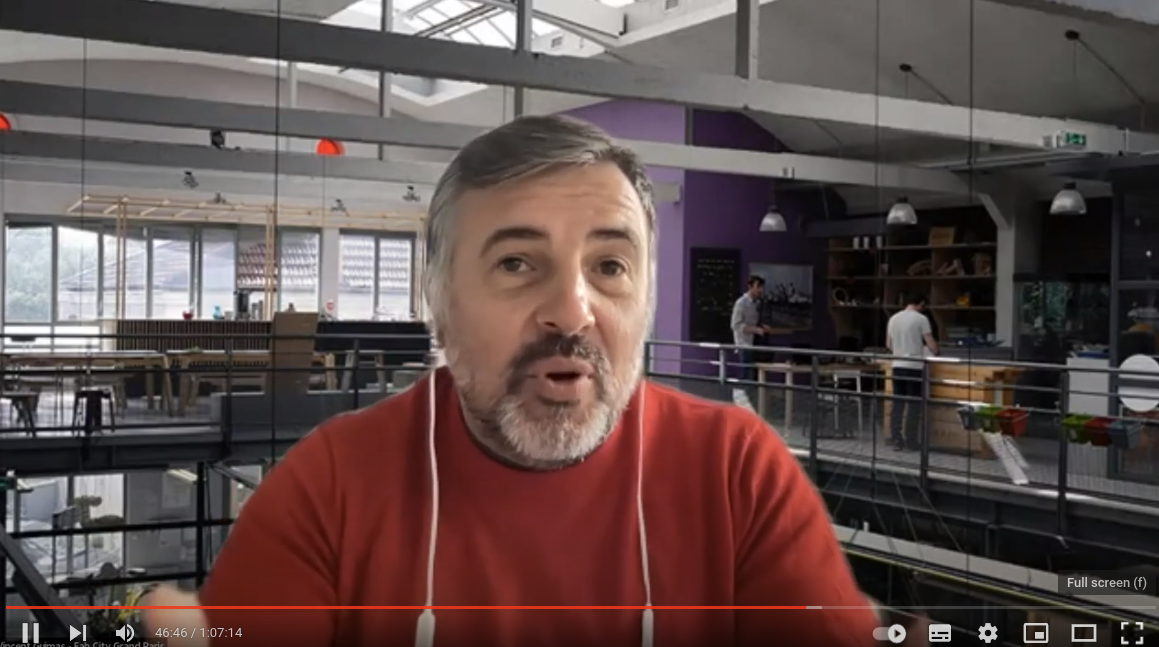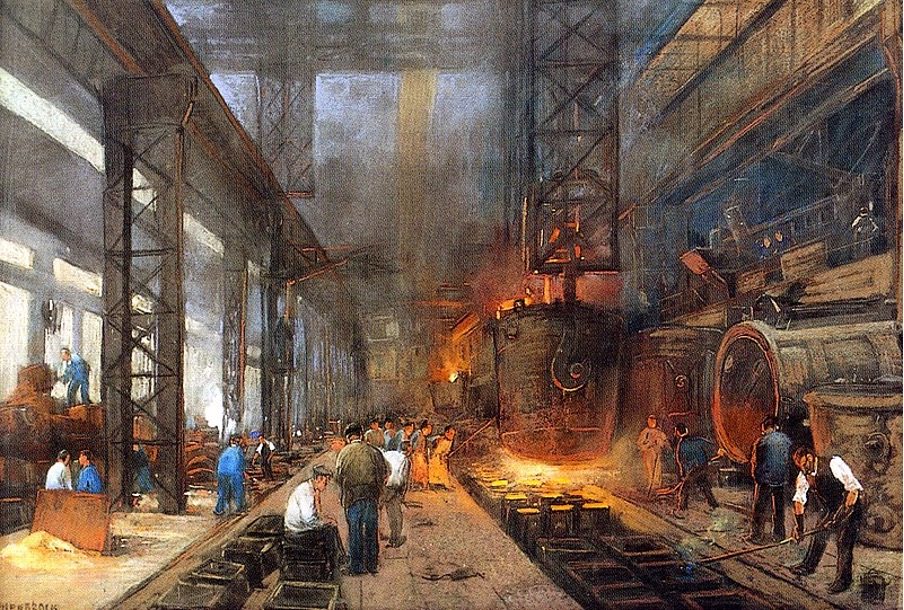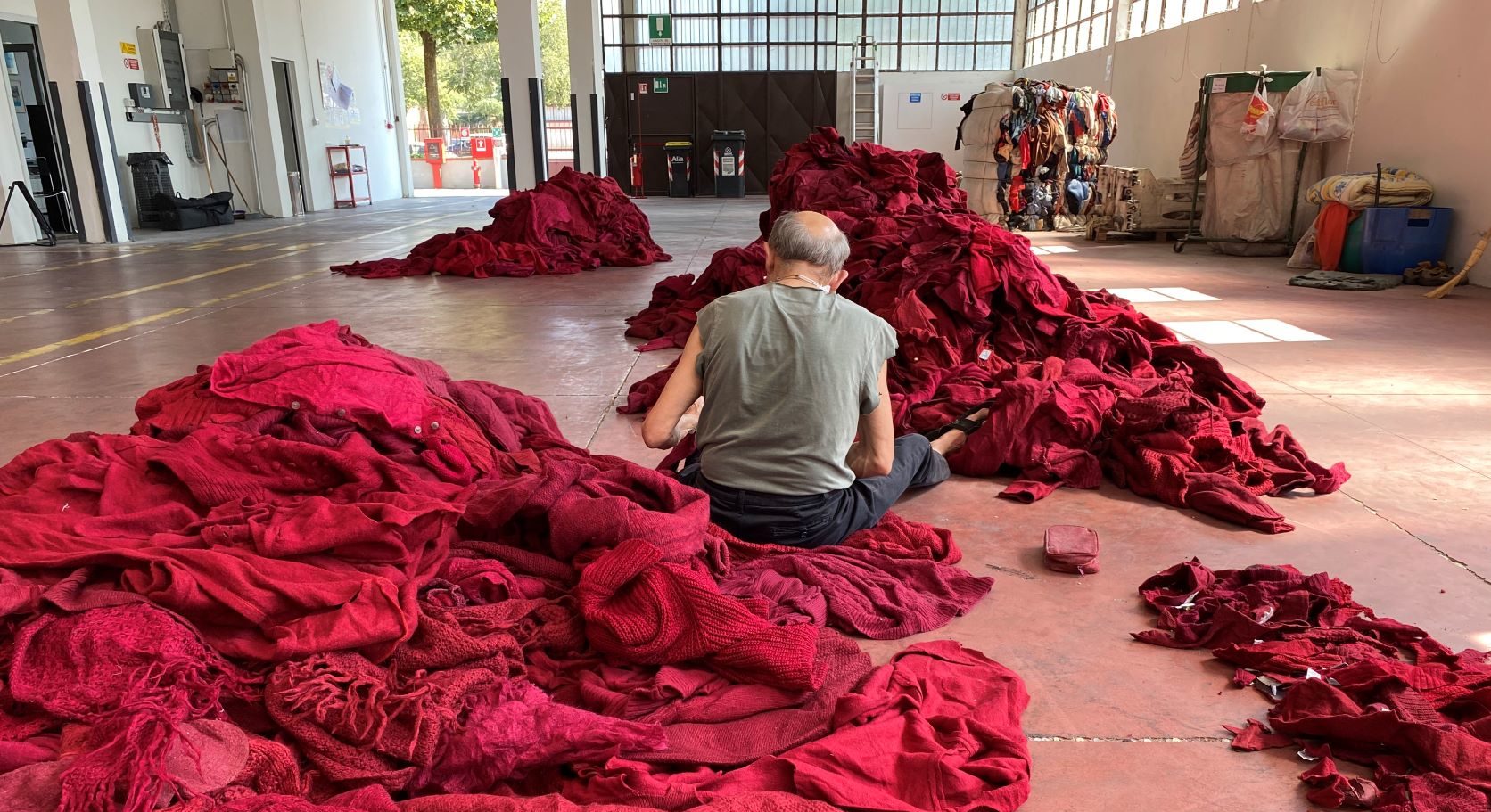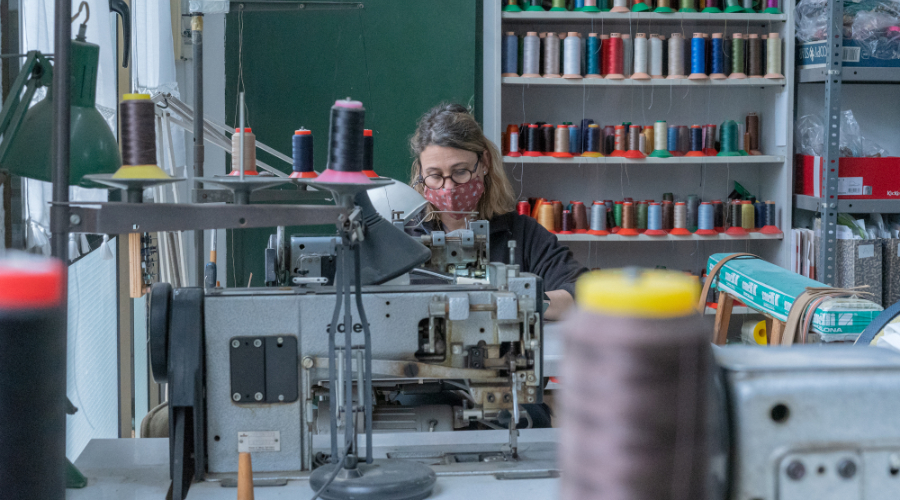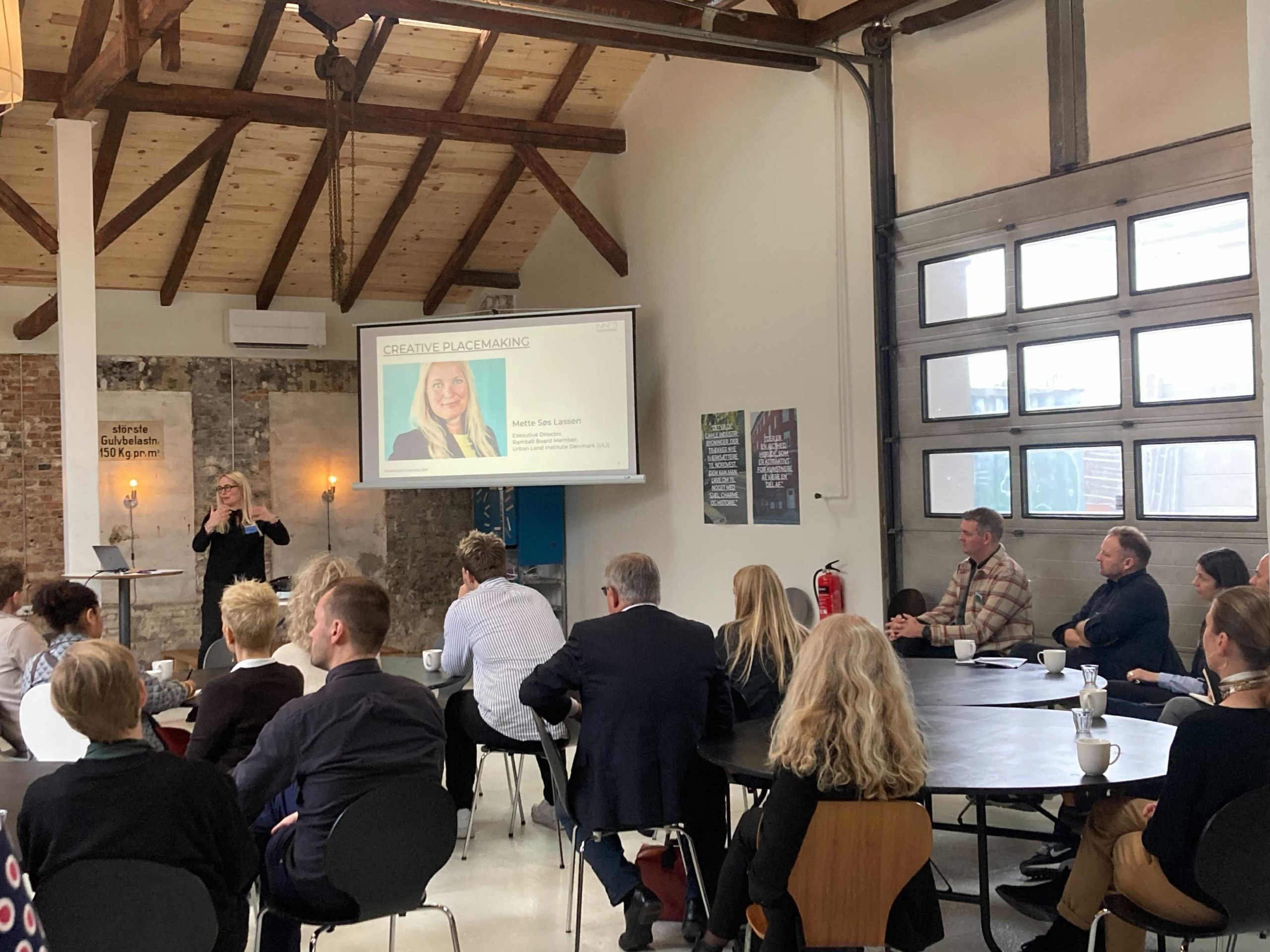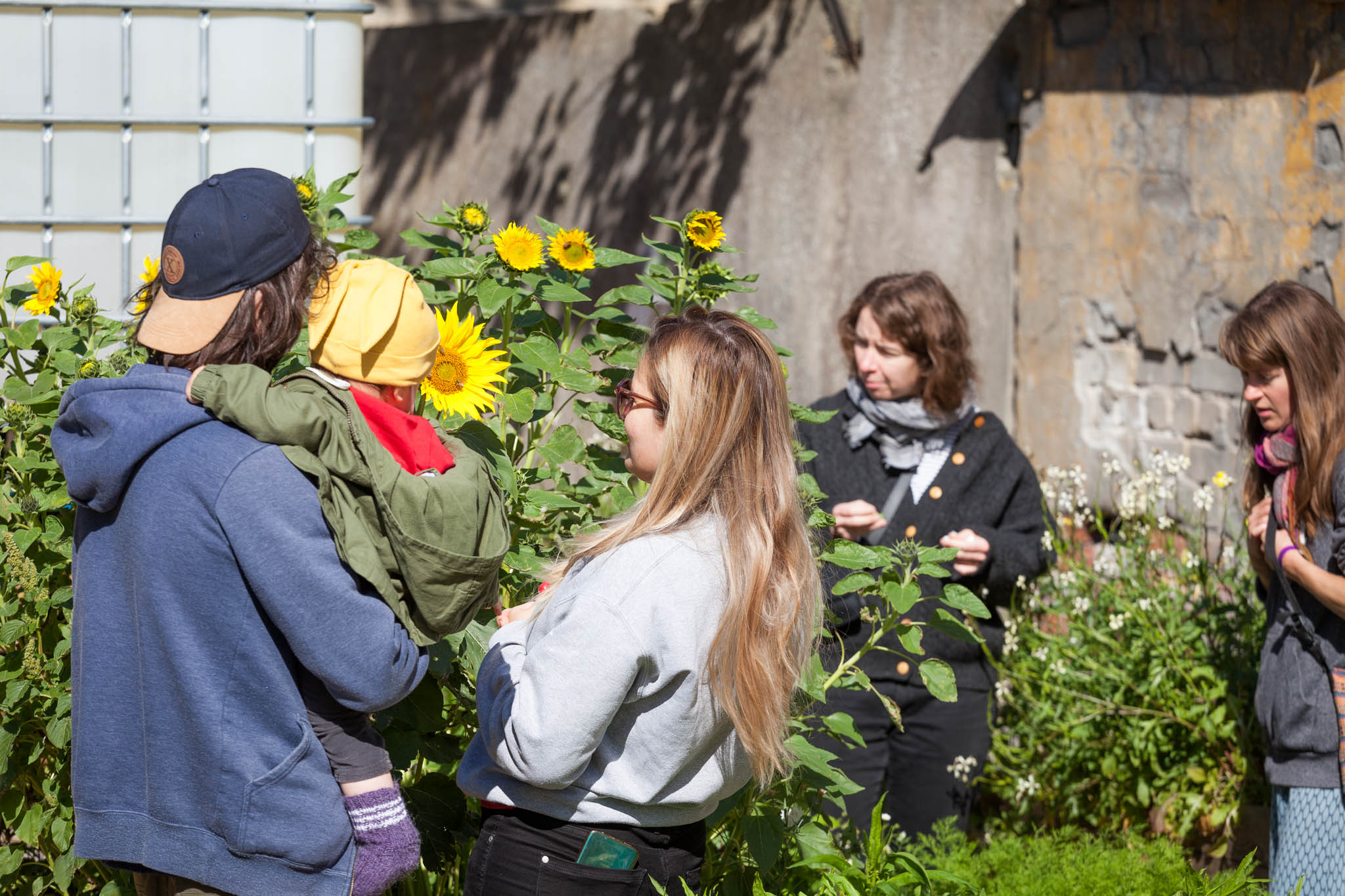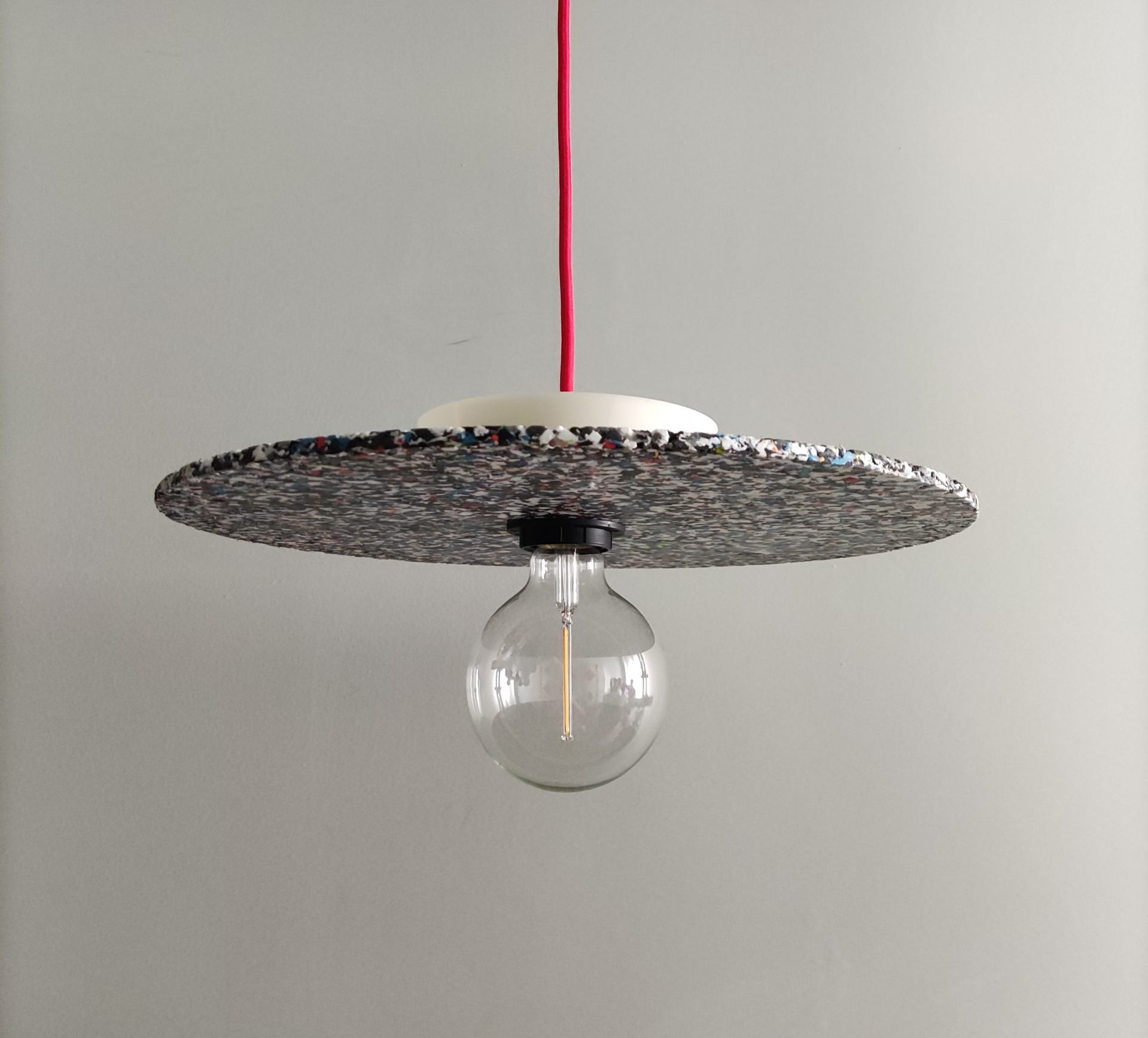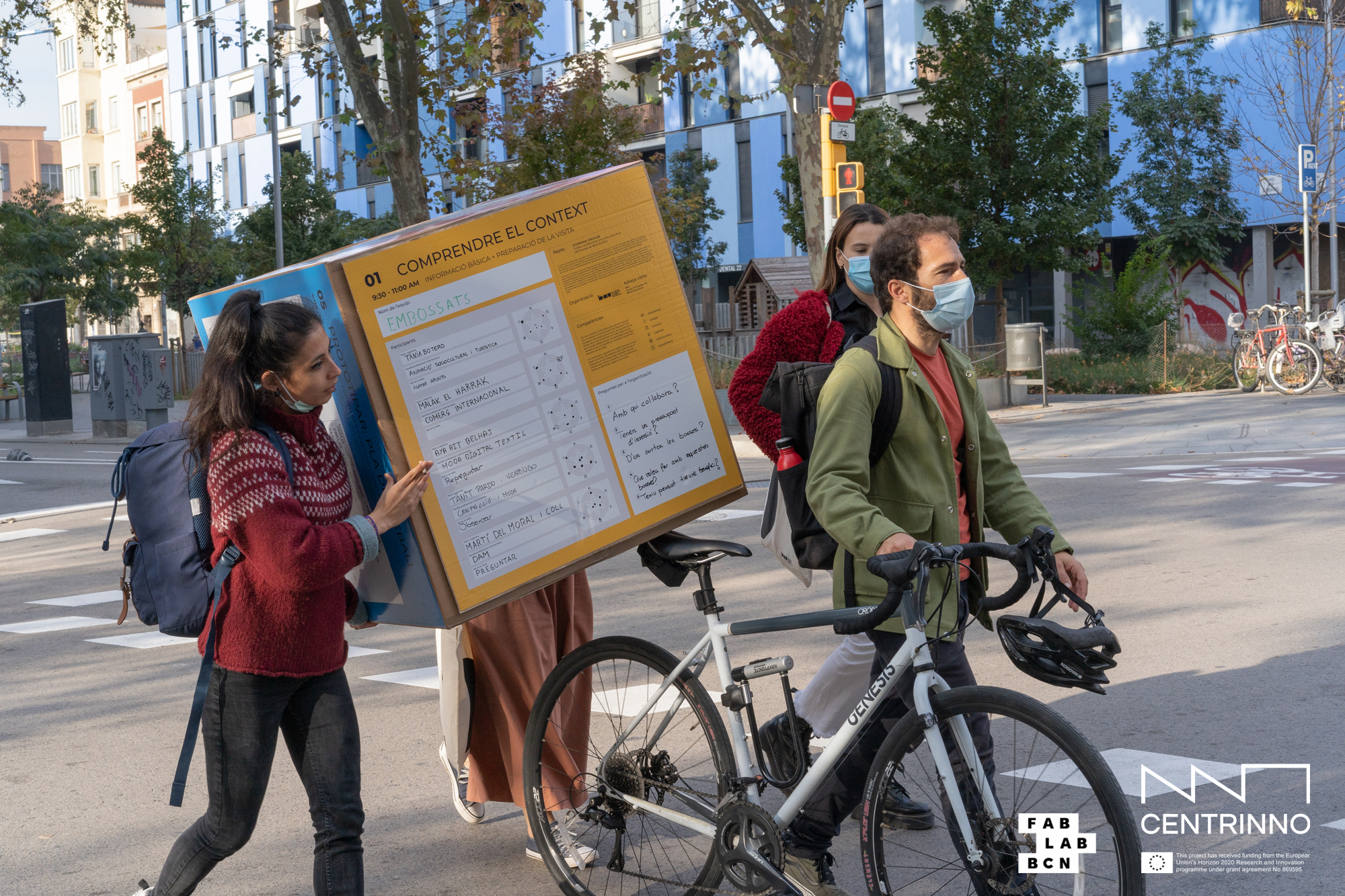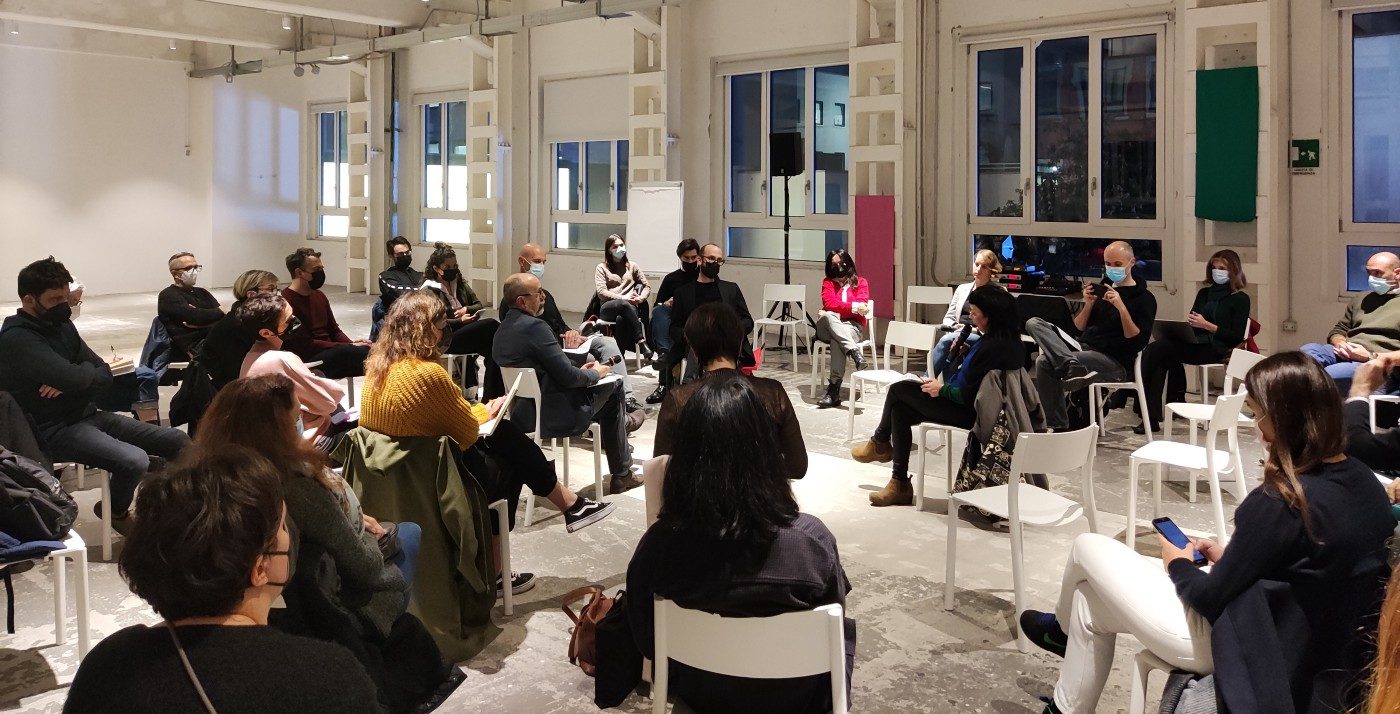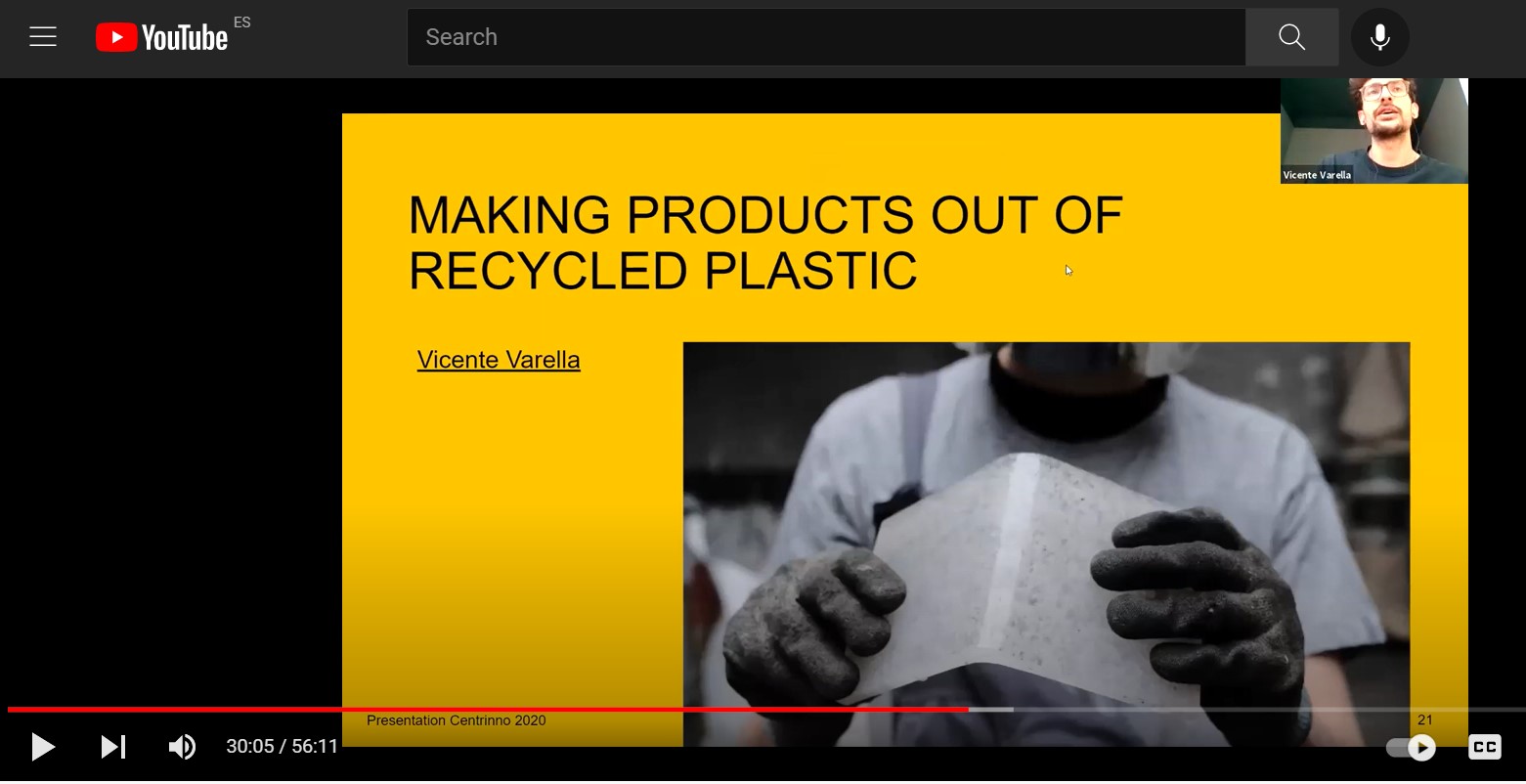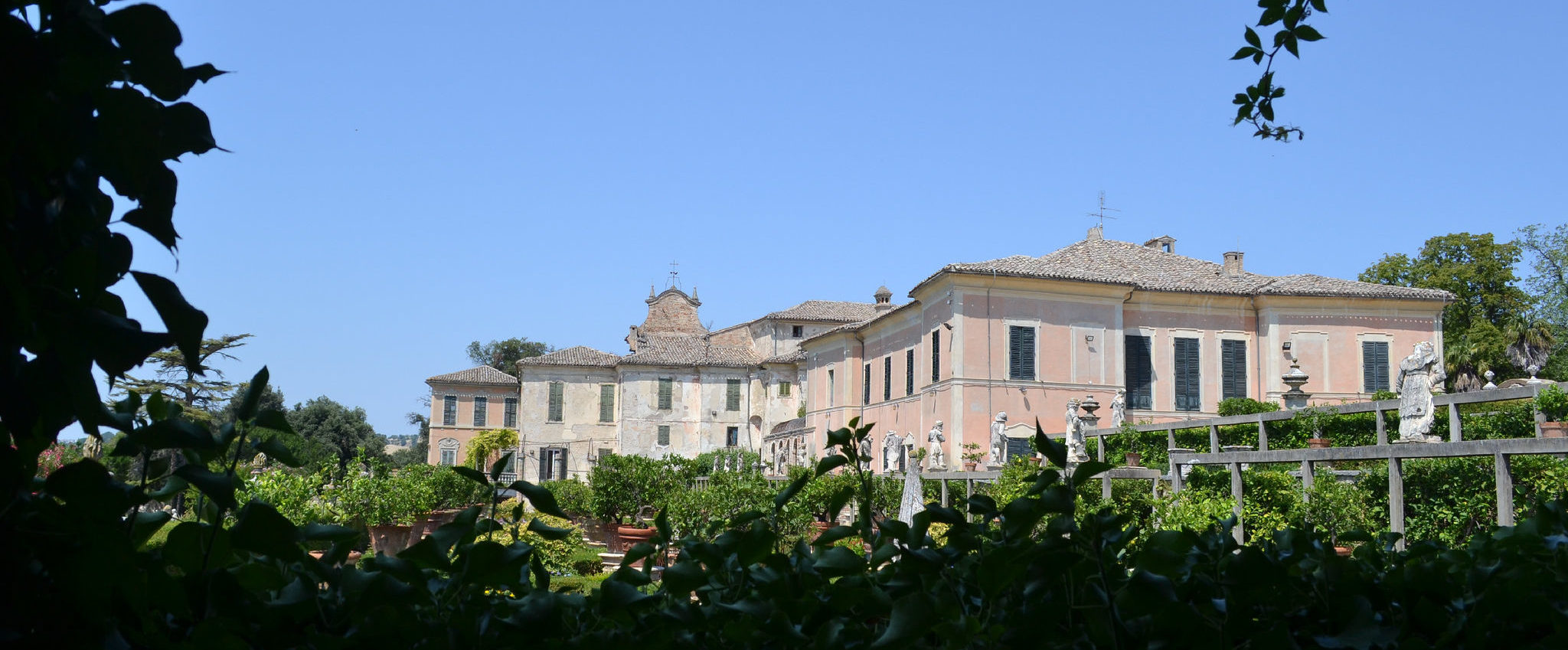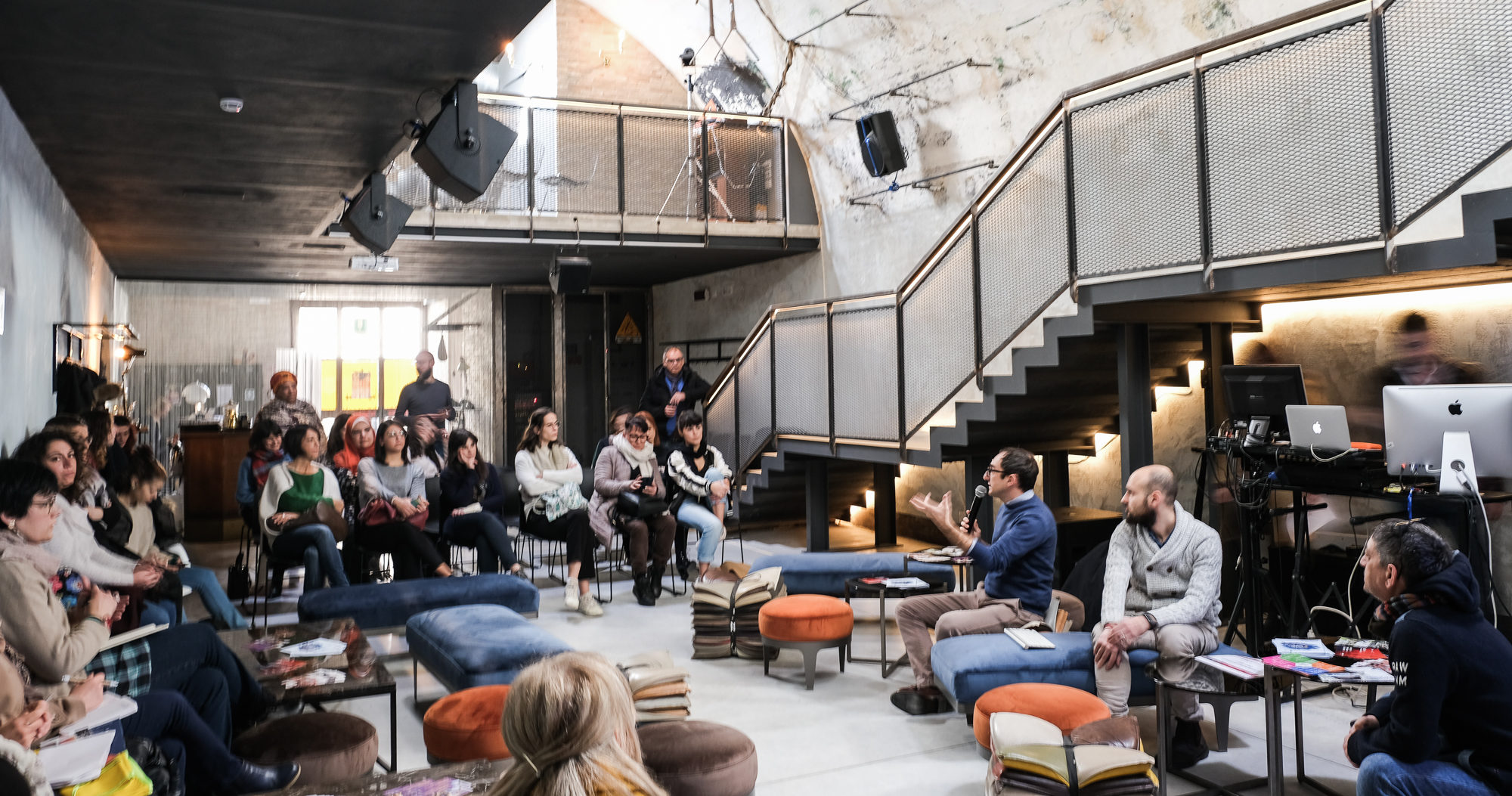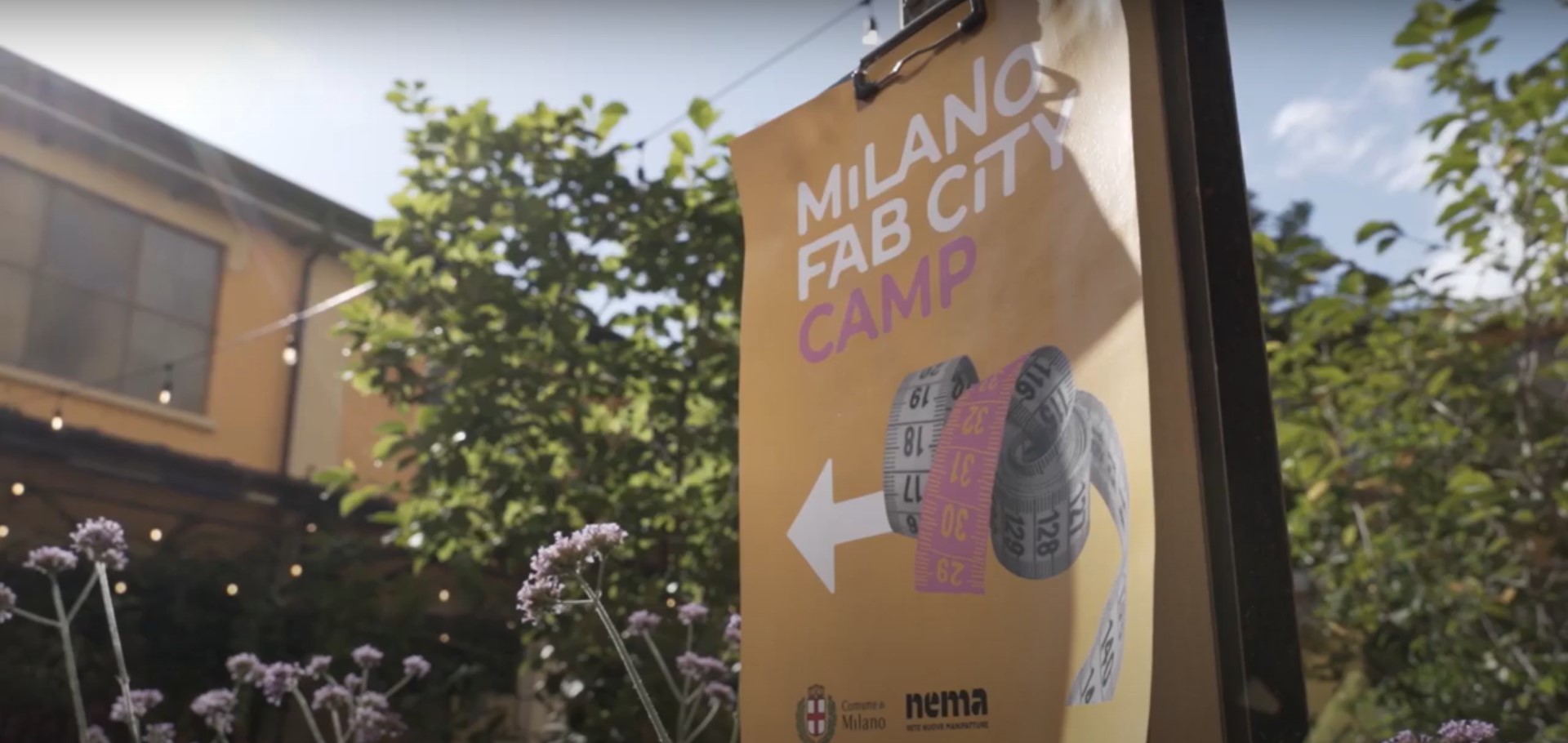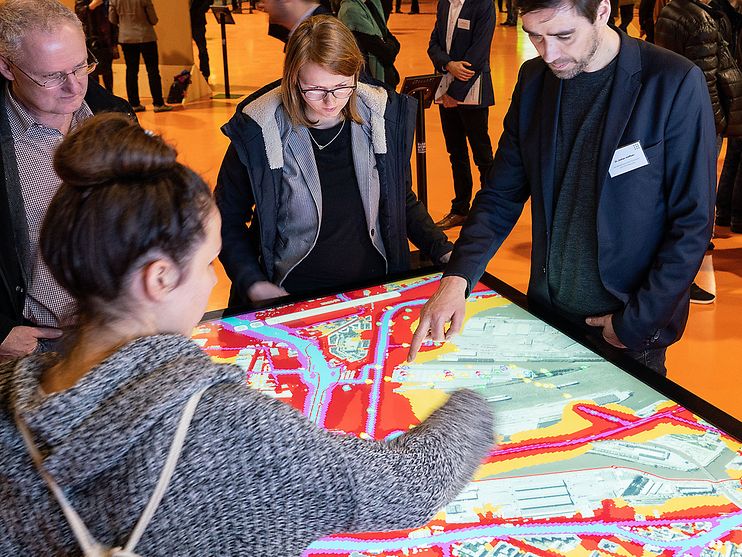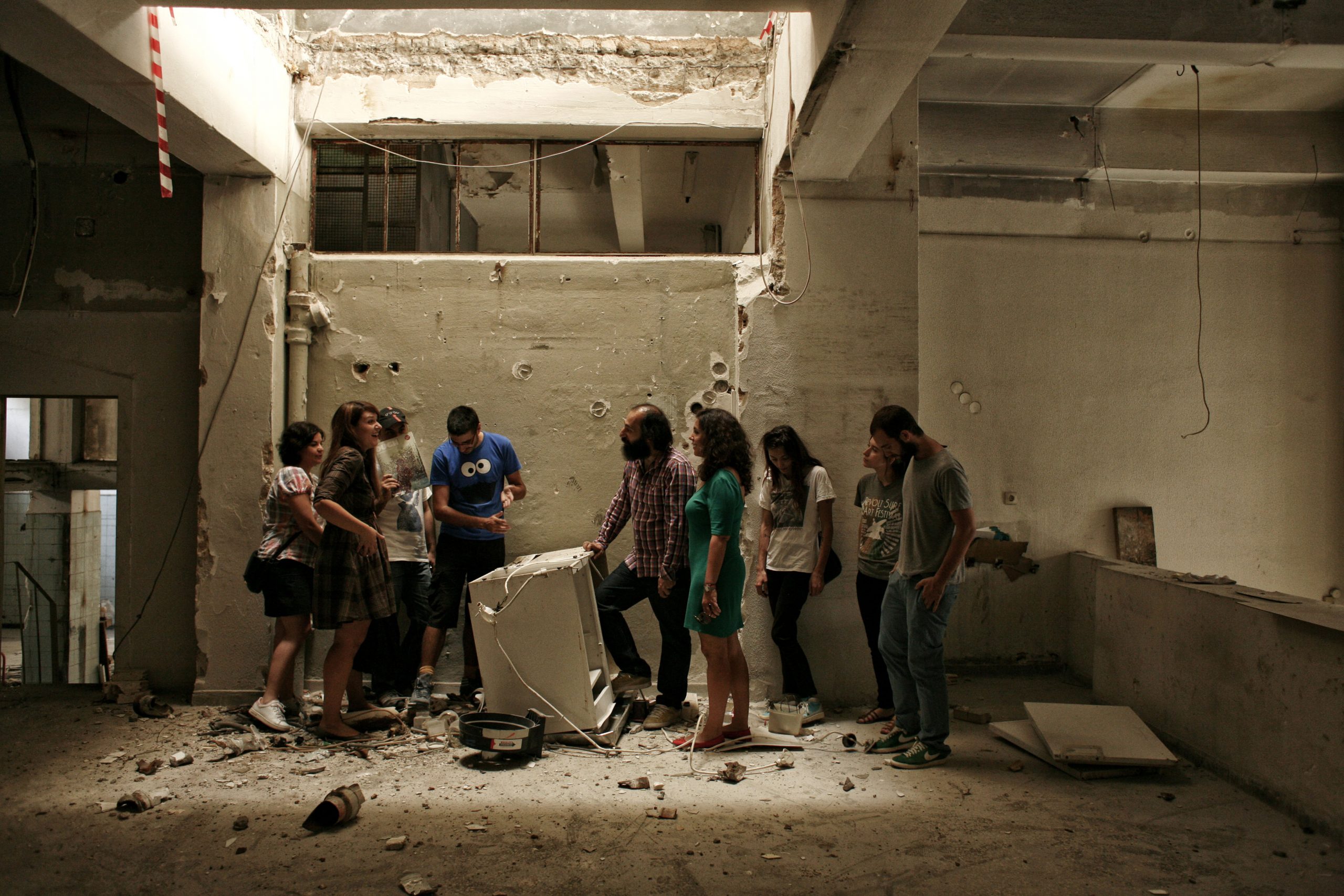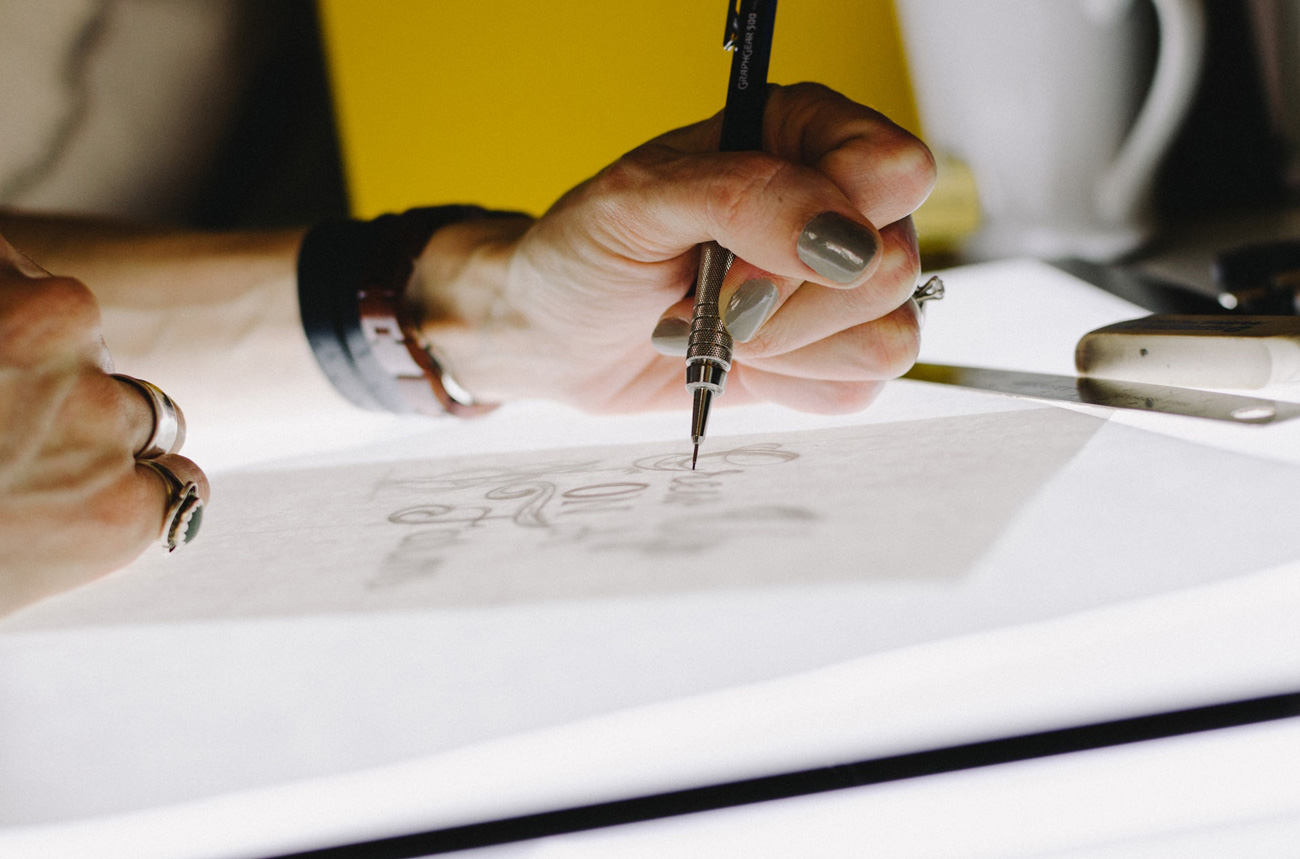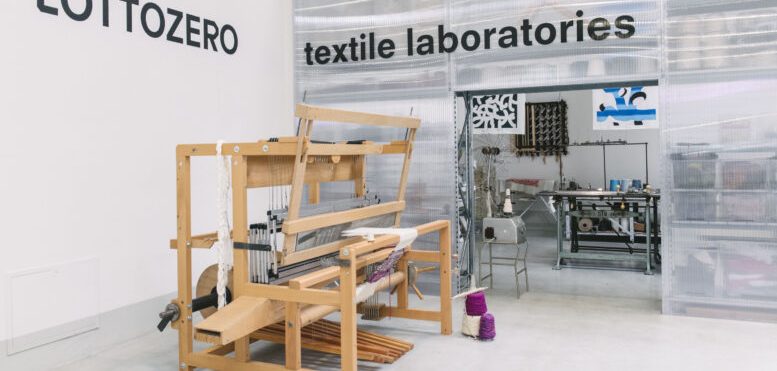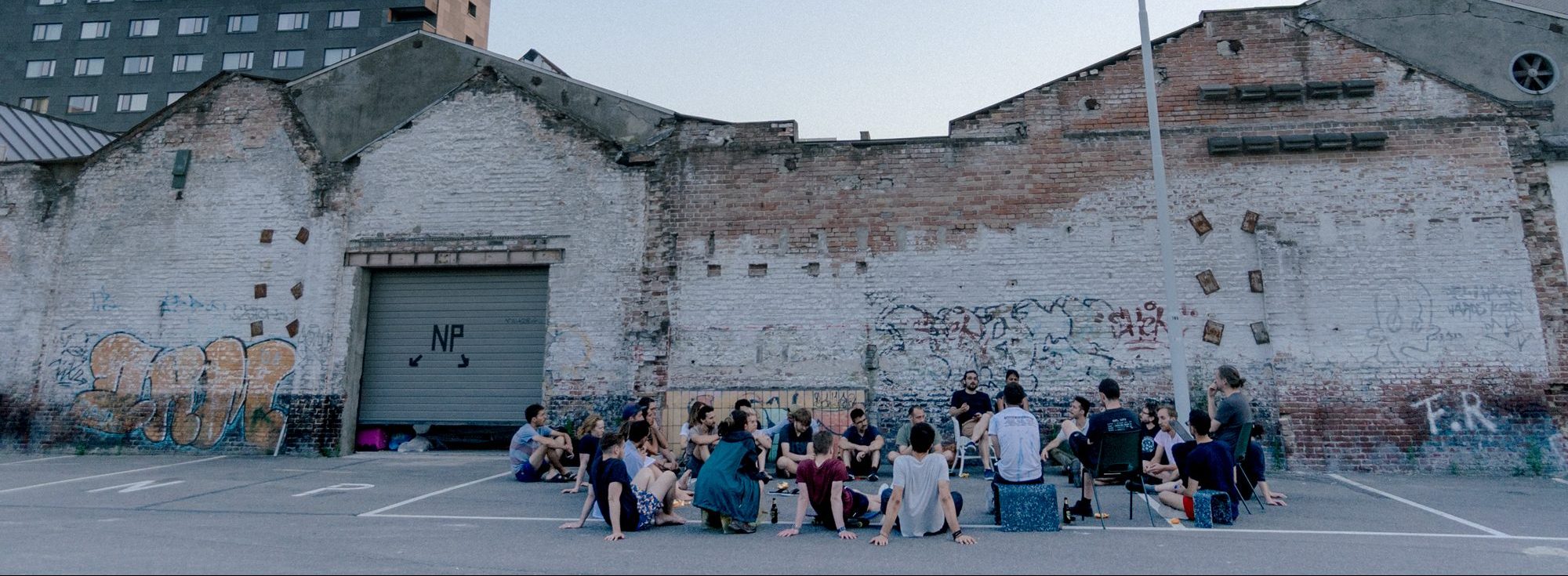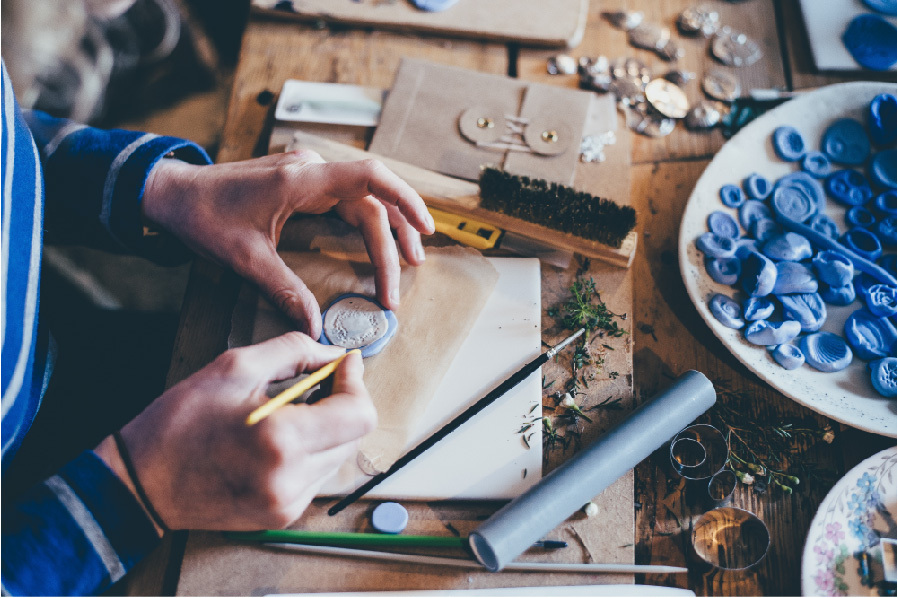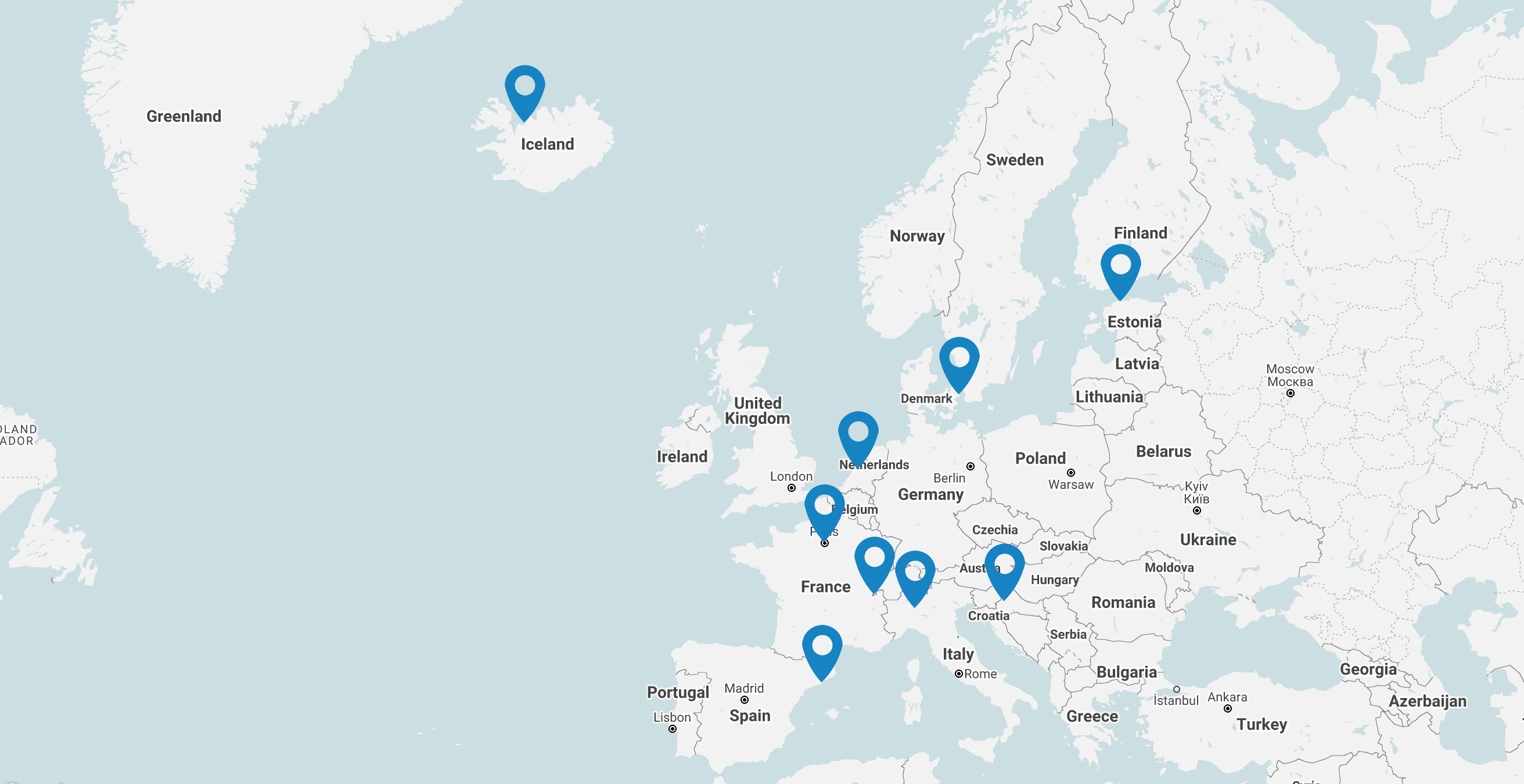BLOG
PRESS RELEASE
PRESS RELEASE
New Cartography resources
Expanding the CENTRINNO platform
- The research project CENTRINNO (New CENTRalities in INdustrial areas as engines for inNOvation and urban transformation) is entering its 4th and final year of the project
- The Cartography follows the 9 pilot cities across Europe on their mapping and exploration journeys towards circularity as a living tool
- The project’s output is one of the central infrastructures of CENTRINNO as an open source resource for other cities to explore
March 1, 2023. During the past 3 years, the project’s pilots have worked intensively to map the resources, people, knowledge, skills and infrastructure around post-industrial sites and beyond. CENTRINNO has identified underused waste streams, mapped hundreds of makers, artists, small-scale businesses and initiatives, and discovered some of the most pressing environmental, social and economic challenges of post-industrial areas.
The project asks: with such rich knowledge, how can we weave together all of these resources into a circular, inclusive and locally productive ecosystem that regenerates communities and nature? And above all, can Fab City Hubs act as facilitators of this transition?
On the final year of CENTRINNO, the Cartography explores these ideas and shares its findings to these questions via new pilots’ mapping stories:
Amsterdam – Makers in Noord
Amsterdam’s North is home to hundreds of makers, repairers and open workshops for creatives. Yet, affected by rising rental prices and real estate developments, makers are silently disappearing from the area. The pilot team has mapped this gradual change in the neighborhood to raise awareness around the loss of makers and its possible implications for the city’s circularity agenda. Read more about Amsterdam’s mapping story and the ways local makers help to achieve circularity goals of cities here.
www.centrinno-cartography.org/amsterdam
Barcelona
Wood – a material so often used by craftspeople, builders and manufacturers – is and will stay an integral part of a circular bioeconomy. But do we always need to import wood from forests far away? Iaac and Fab Lab Barcelona have mapped the wood stock present within our urban mine and waste streams. As old buildings give way to newer ones in the regeneration process of cities, a large amount of wood waste becomes available: a resource that can be used by fab labs, makers and other initiatives for experimenting with and developing new products. Find out about the different synergies between local wood-using actors that we could build.
www.centrinno-cartography.org/barcelona
Blönduós
Wool production and sheep farming is deeply interwoven into the DNA of Iceland’s tradition. Under the right conditions, wool plays an important role as a renewable fiber in the circular economy. However, compared with the masses of imported (cheap) clothes, its contribution to local textile consumption is small. Which other renewable resources could help diversify Iceland’s textile industry? How can we make better use of locally produced resources as well as imported textiles that quickly become waste? Our team in Iceland has mapped the flows of wool, wool waste and imported textiles to identify opportunities for a more regenerative fibre production in Iceland.
www.centrinno-cartography.org/blonduos
Copenhagen
Rentemestervej is a place in Nordvest Copenhagen where makers and small businesses still thrive. Yet, threatened by an increase in rental prices, the City of Copenhagen is looking for better models to safeguard spaces for the creative industry in the city. Our pilot team and Metabolic have mapped and analysed the distribution, size and price levels of available office, workshop and production spaces throughout the last years, as well as the local creative industries around our pilot site. Building partnerships with local stakeholders, the CENTRINNO team is exploring how a sharing economy and shared spaces can benefit local businesses. Read more here!
www.centrinno-cartography.org/copenhagen
Geneva
The ZIC, one of the last artisanal zones in Geneva, is special. Here, traditional craftspeople, artists and businesses share a roof with circular and social initiatives. With so many makers and producers in one place, the Geneva pilot and Metabolic have explored how local waste streams from the site could be repurposed. Focusing on wood and organic waste, we came up with a few circular opportunities that can help create high-value input for local ecological activities, such as forests and soil remediation.
www.centrinno-cartography.org/geneva
Milan
Milan is known as a hub for international fashion industries and larger brands. But there is also a myriad of smaller manufacturers that could play a key role in forwarding the sustainability and circularity of the fashion industry. Our pilot team in Milan has created a platform and map of local craftsmanship called Manifattura Milano that brings together a community of designers, labs and initiatives. The goal is to build circular bridges between local manufacturers and establish a brand of locally produced circular products. Explore Milan’s manufacturing map and first strides towards a circular ecosystem here.
www.centrinno-cartography.org/milan
Paris
Back in the days, Paris was known for its traditional suburban sewage farms where urban wastes and sludges helped fertilise soils and grow food for the city. Today, the city is still known for its culinary culture but the city’s food system largely relies on imports and generates a lot of waste. As part of CENTRINNO, the Paris team is working on building a learning ecosystem around food skills, such as gardening, food conservation and food transformation to revive lost techniques. We have mapped the alternative system and its actors around Paris to highlight a few food system opportunities for the city. Learn more here!
www.centrinno-cartography.org/paris
Tallinn
Kopli 93, located in Tallinn’s industrial North, aims to build a more resilient and sustainable community. A community that is savvy in circular lifestyles, DIY skills and ecological topics. As this community is growing stronger, our pilot has mapped resources and circular opportunities around two topics of interest. One, how can we build soil-food webs, using local skills and resources and two, how can we raise awareness around sustainable building techniques. So far, we have identified a few practical first opportunities and started to create a Circular Skills Map that makes businesses and their circularity knowledge accessible. Here you can read more about Tallinn’s cartography.
www.centrinno-cartography.org/tallinn
Zagreb
Urban mines are an incredible resource for cities. The steel, bricks, wood and concrete can, if recovered at the end of a building’s life, feed into new construction or other products. The CENTRINNO team in Zagreb has mapped the potential of the resources hidden within one of the hundreds of former factory buildings that will soon become subject to renovation and partial demolition. Showcasing the opportunities for materials recovery in one building could provide inspiration for the myriad of other sites that will become regenerated in the future. Learn more about Zagreb’s mapping of its urban mine here.
www.centrinno-cartography.org/zagreb
Facilitate the circular economy transition
In the last year of the project, CENTRINNO will continue its action-research with local pilots towards the consolidation of CENTRINNO Hubs, as well as the development of blueprints for the replication of the Fab City Hubs model in other cities across Europe and beyond.
As the project’s pilots have already demonstrated, Fab City Hubs have a unique chance to leverage their position in local productive communities to facilitate circular economy transition on many fronts. They can stand in as matchmakers setting up industrial symbioses between businesses. These Hubs can act as policy lobbyists, channeling the voices and needs of local makers to become and remain circular. They can form shared learning and innovation networks, filling those knowledge gaps that emerge from their communities.
Lastly, Fab City Hubs have proven to be important centres for awareness raising and education around circular lifestyles and production techniques. CENTRINNO project will continue exploring what other roles Fab City Hubs can play in urban circular economies.
Read more articles on the CENTRINNO website:
- https://centrinno.eu/blog/local-craftsmanship-transforming-area/
- https://centrinno.eu/blog/mapping-wood-poblenou-buildings/
- https://centrinno.eu/blog/weaving-circular-wool-economy/
- https://centrinno.eu/blog/mapping-circular-businesses-copenhagen/
- https://centrinno.eu/blog/circular-hub-zic-site/
- https://centrinno.eu/blog/designing-circularity-fashion-industry/
- https://centrinno.eu/blog/building-local-circular-food-system/
- https://centrinno.eu/blog/building-bottom-up-community-circularity/
- https://centrinno.eu/blog/circular-economy-sesvete/
—-
About CENTRINNO
With the industrial revolution, technology was introduced to society, creating significant economic benefits to regional and national economies. However, globalisation resulted in European cities losing a large volume of their manufacturing capacity, transitioning into a knowledge economy. As a consequence, manufacturing jobs have decreased and neglected industrial areas have fallen into decay. The EU-funded CENTRINNO is a Horizon 2020 project aiming to develop and demonstrate strategies, approaches and solutions for the regeneration of industrial historic sites and areas as creative production and manufacturing hubs that stay true to the ecological challenges of our time. The areas will also boost a diverse, inclusive and innovative urban economy and use heritage as a catalyst for social inclusion.
Download the Press Release here.
Discover the previous Press Release for the 2 years anniversary.
For media inquiries please contact: [email protected]
Social media:
- Twitter: https://twitter.com/CentrinnoEU
- LinkedIn: https://www.linkedin.com/company/centrinnoeu
- Instagram: https://www.instagram.com/centrinnoeu/
- Facebook: https://www.facebook.com/centrinnoeu/
- YouTube: https://www.youtube.com/@centrinnoeu



